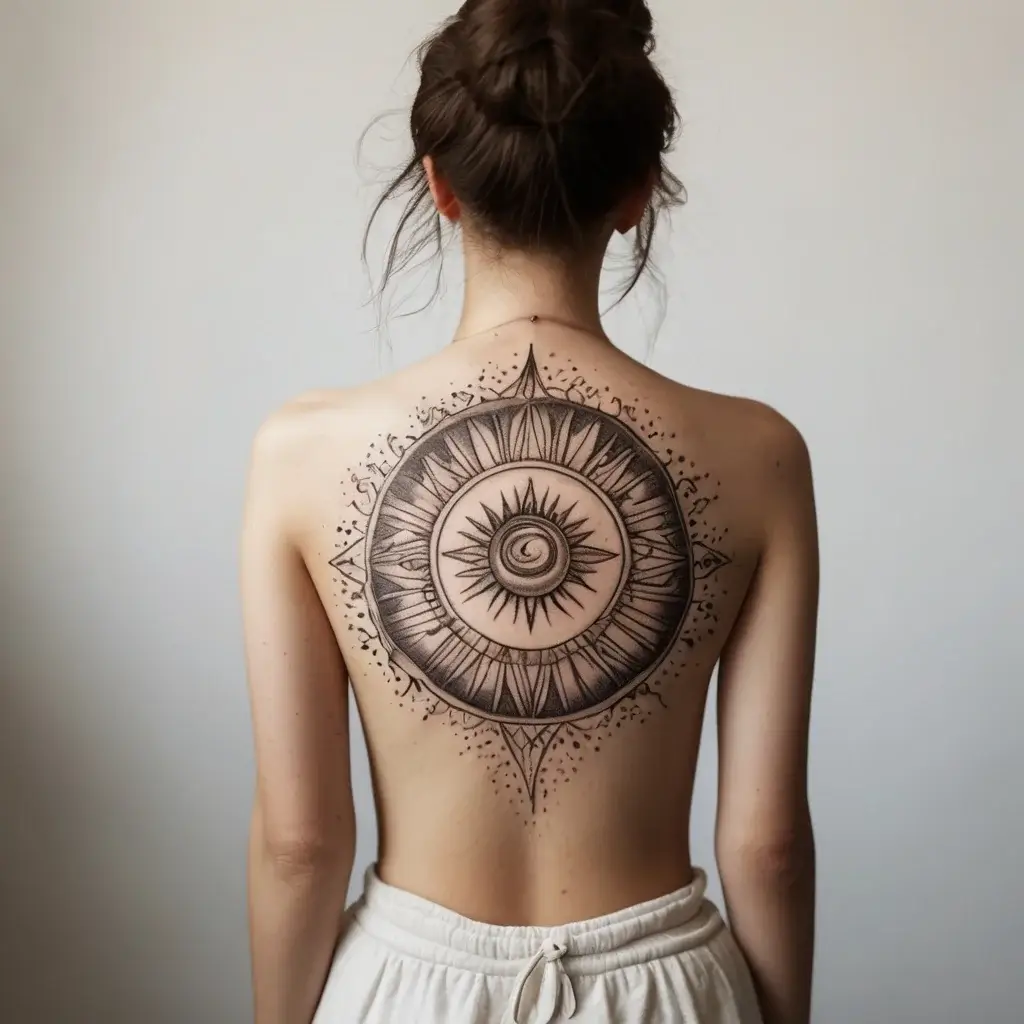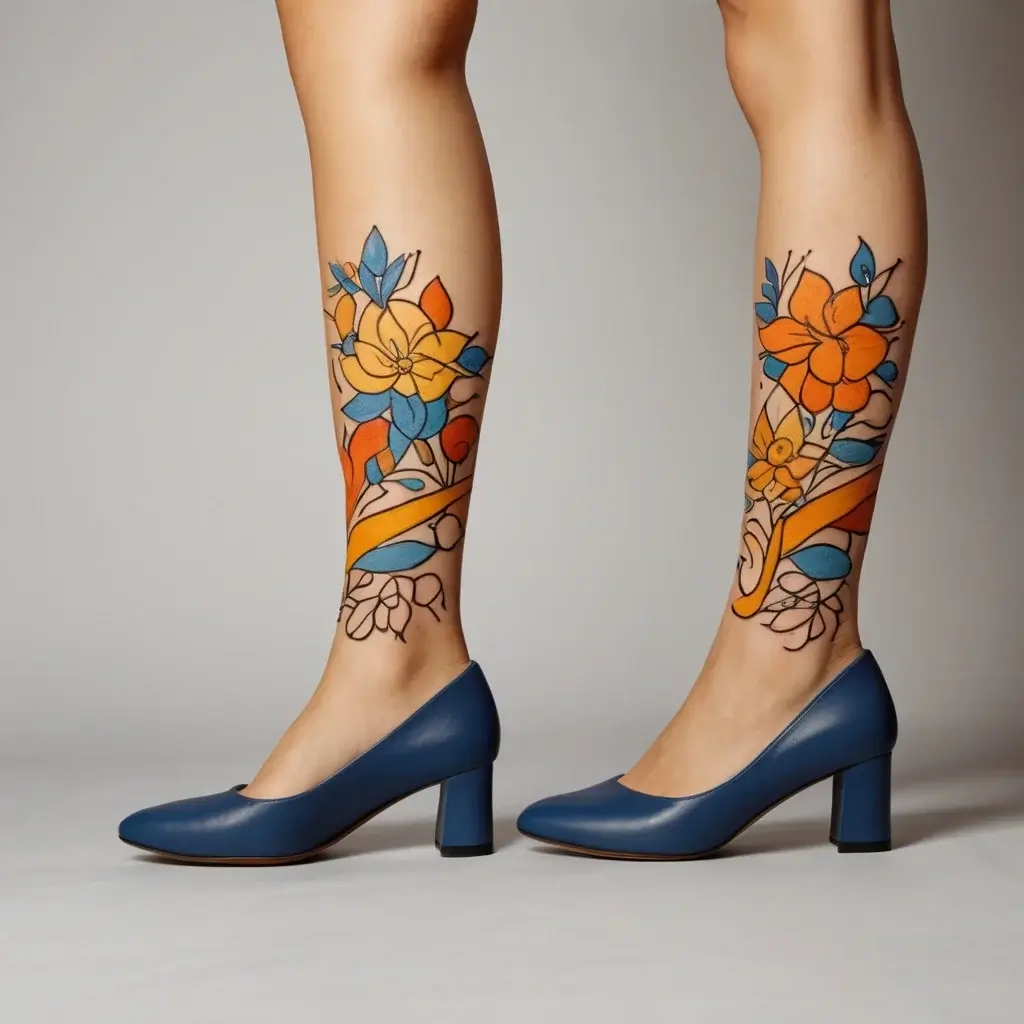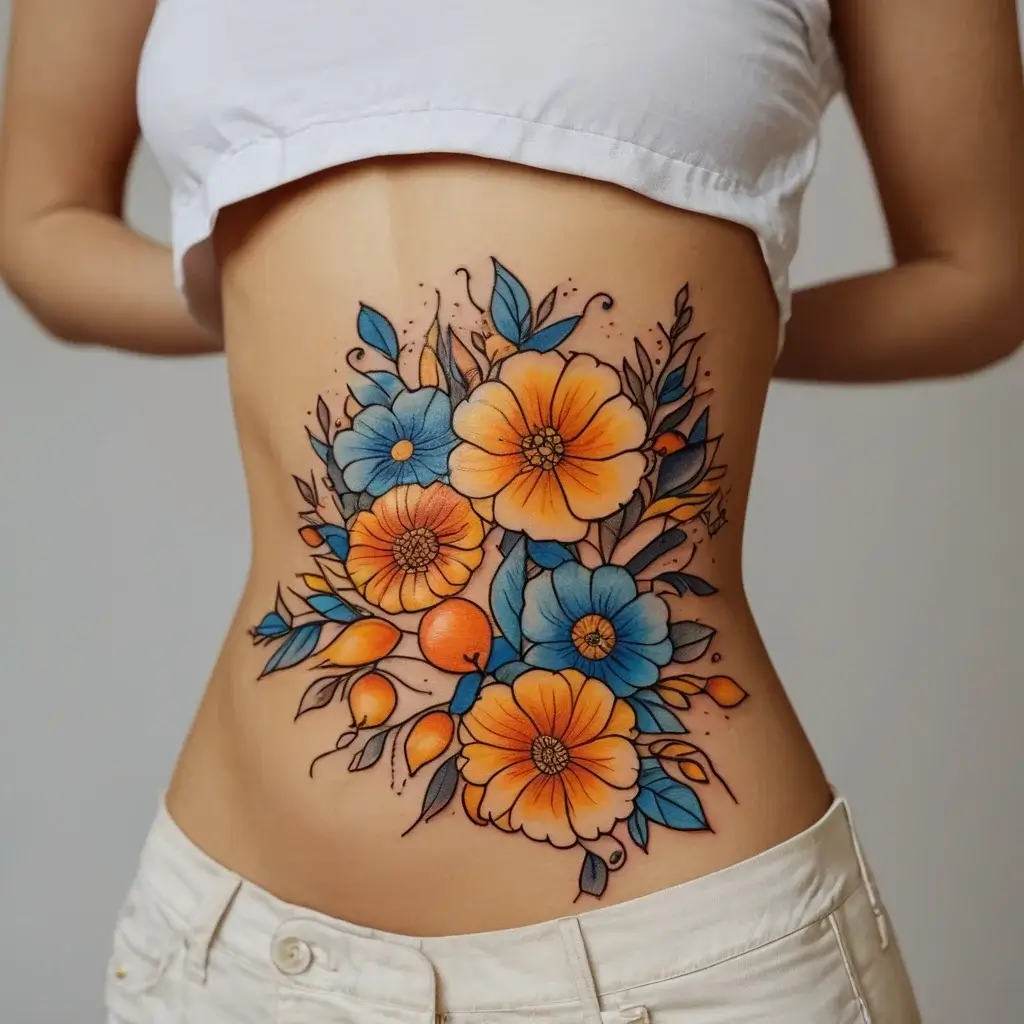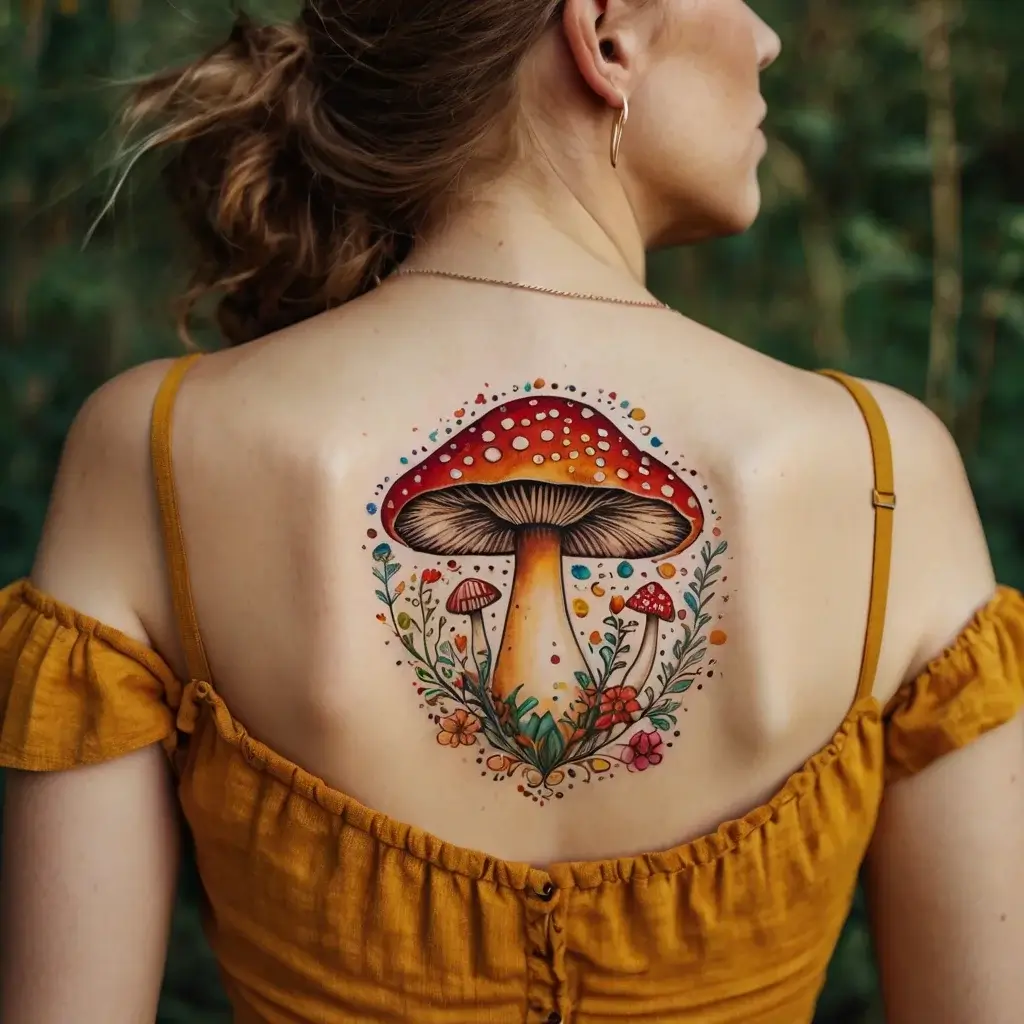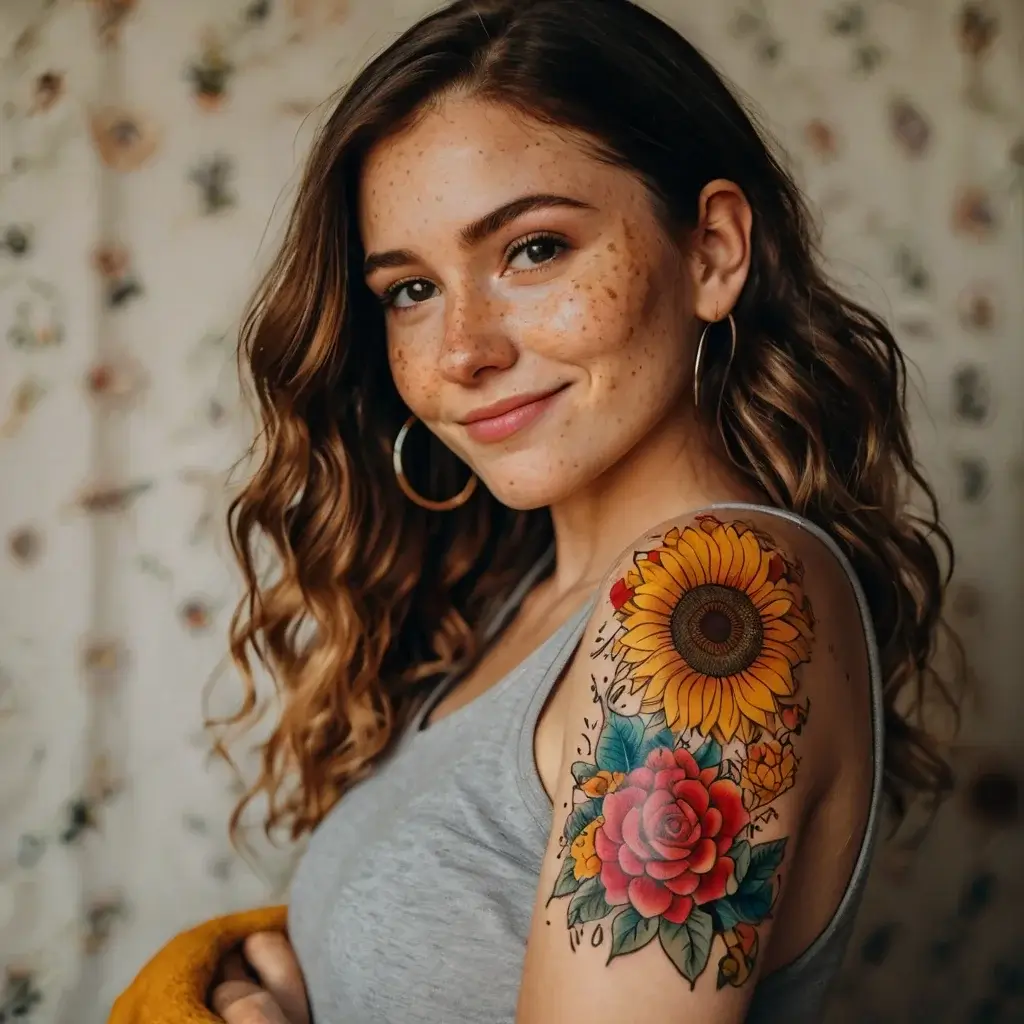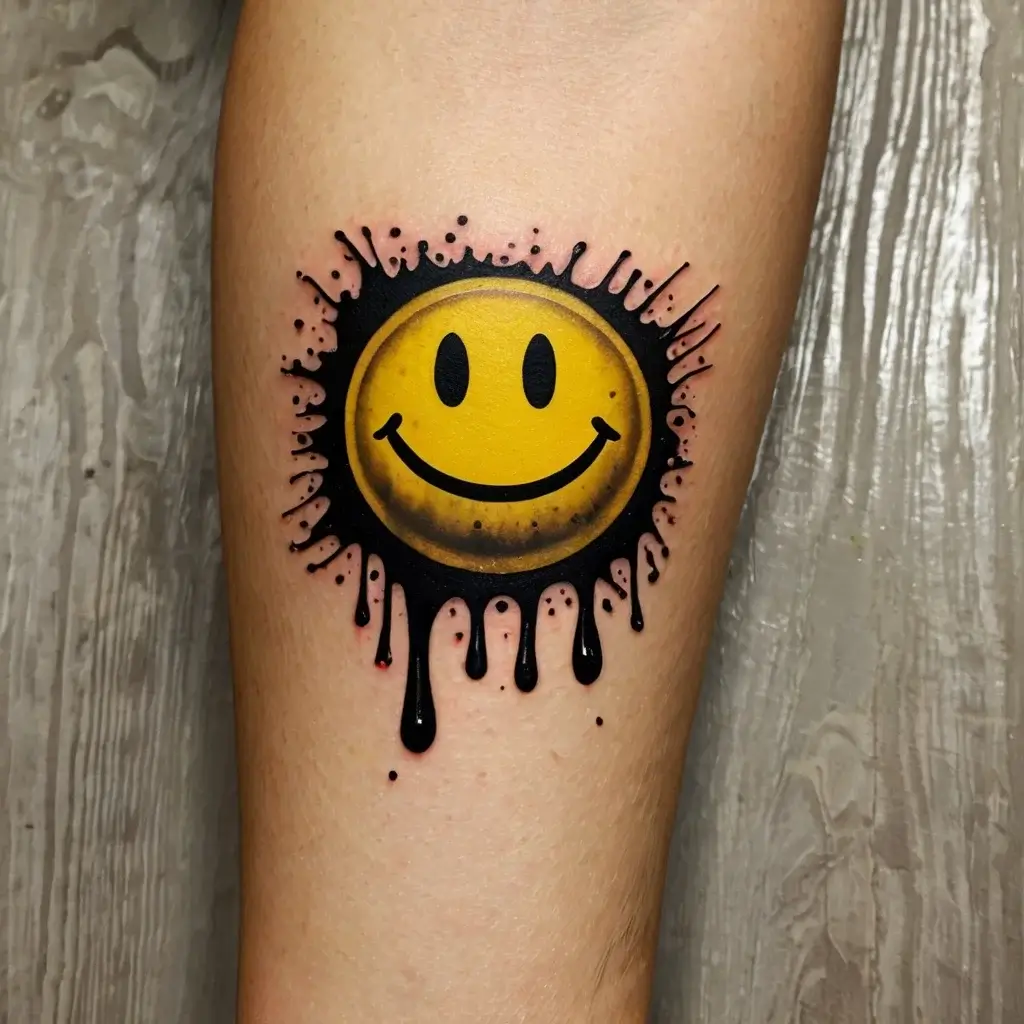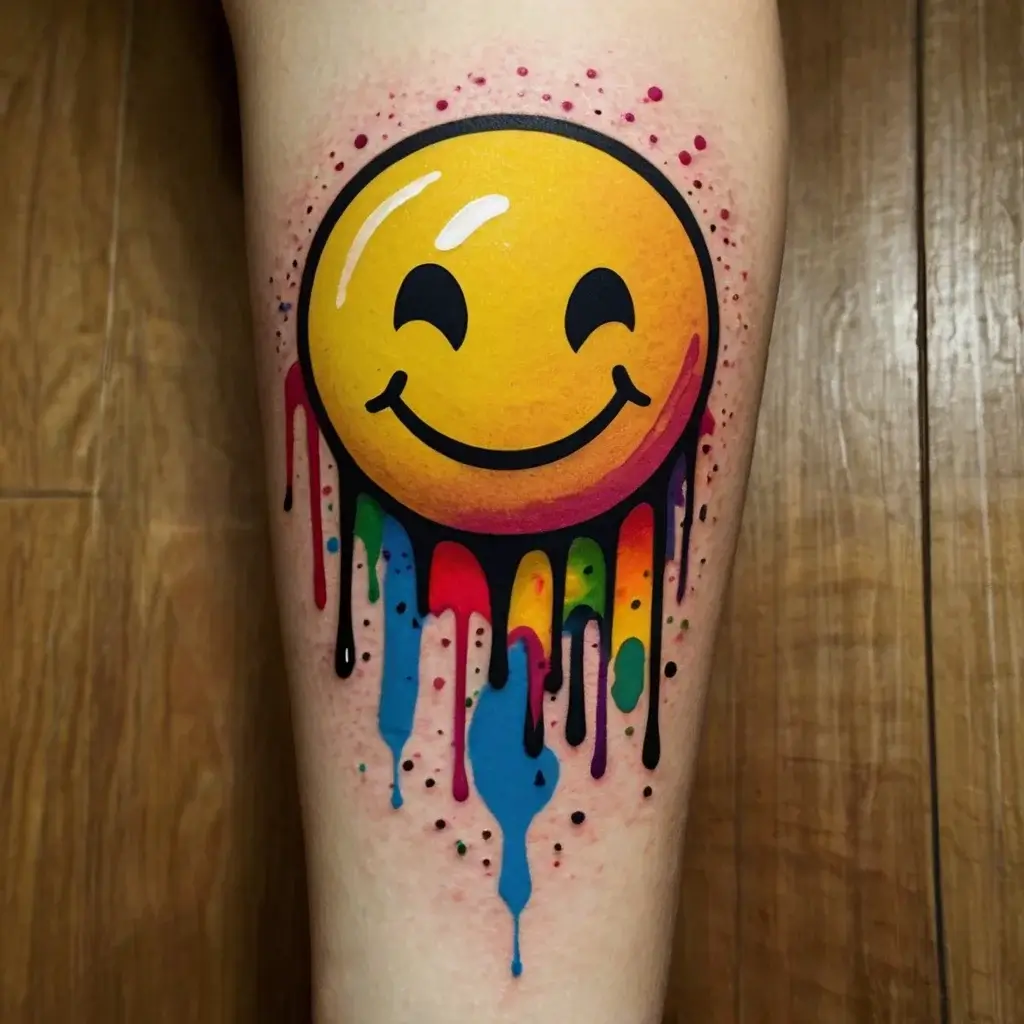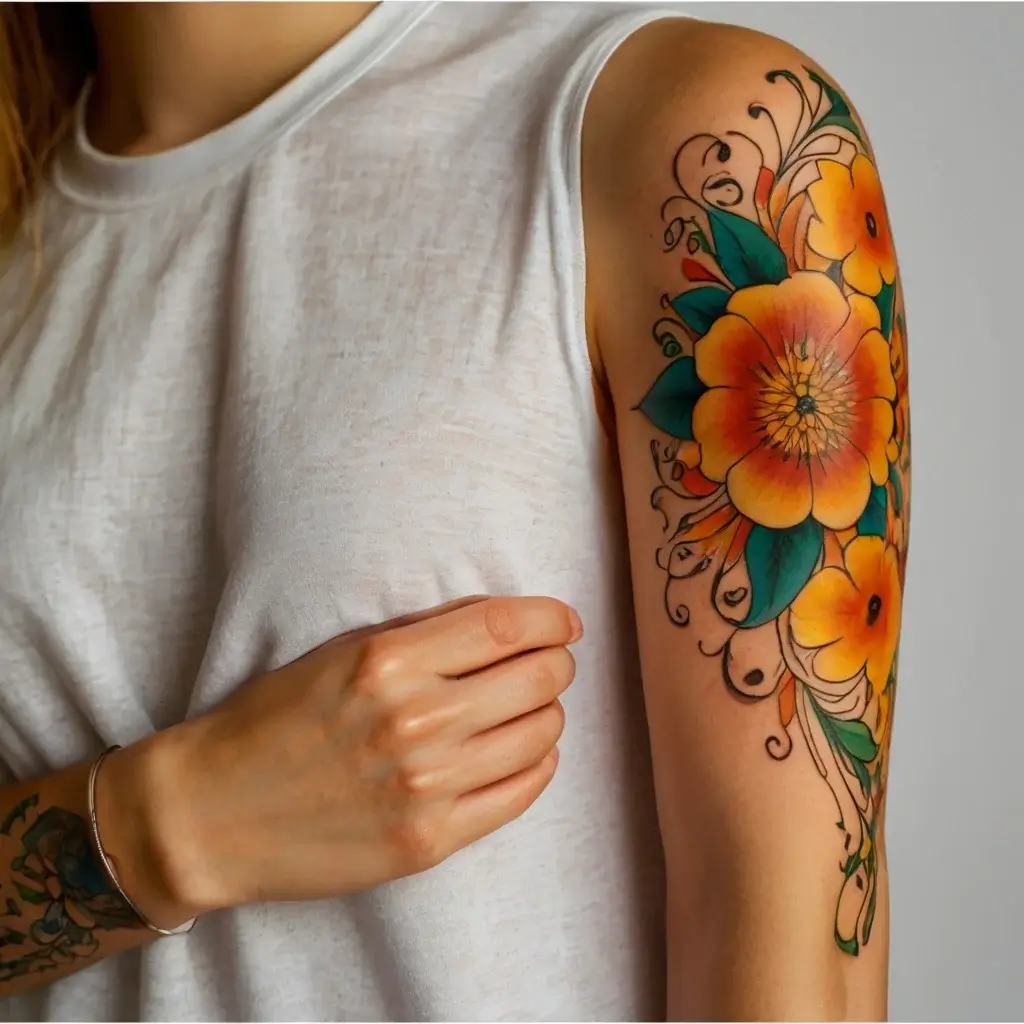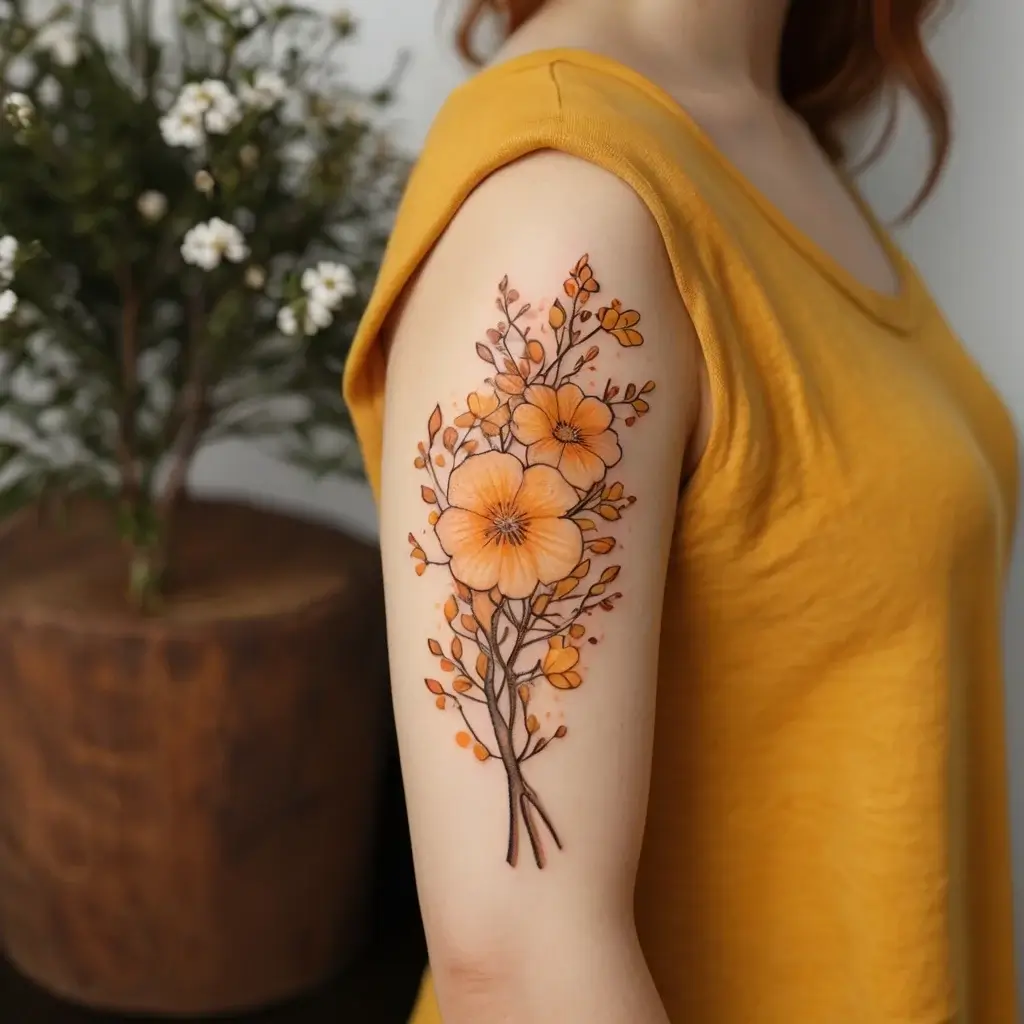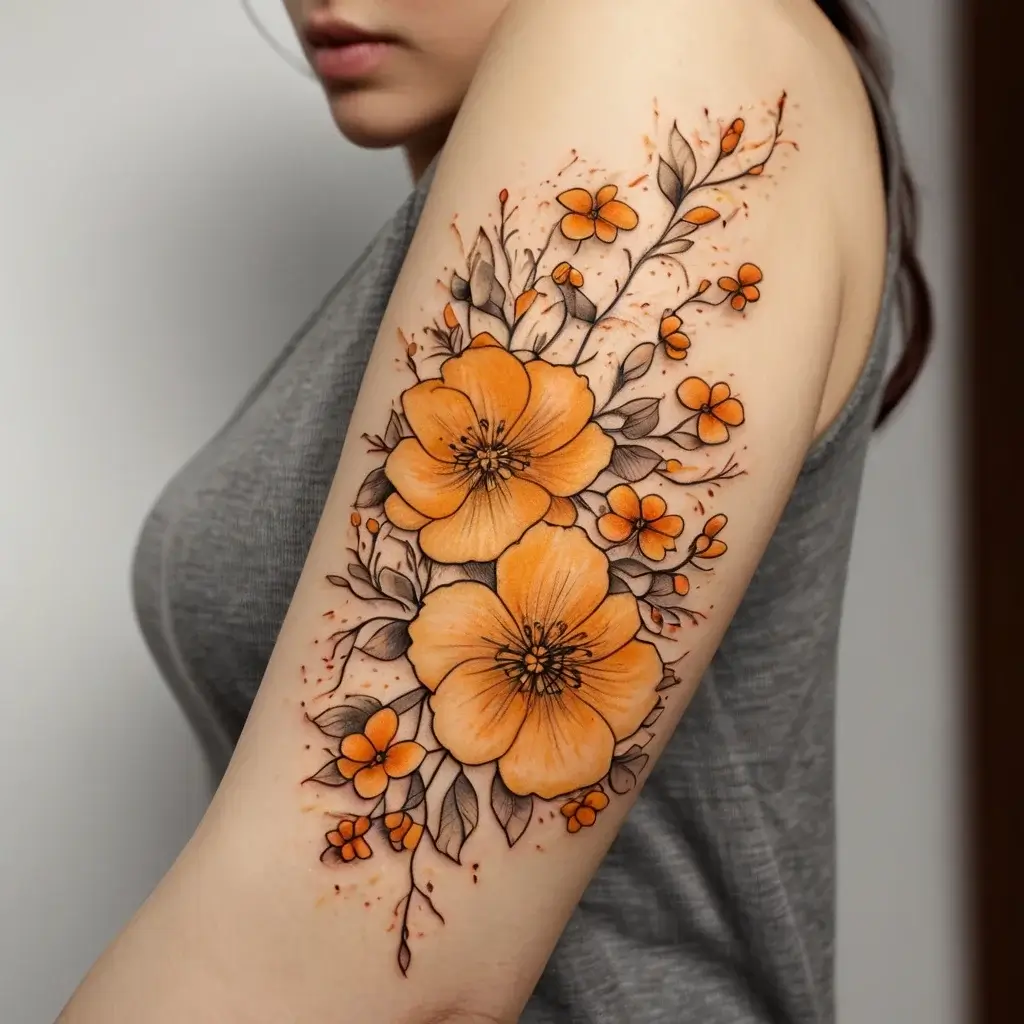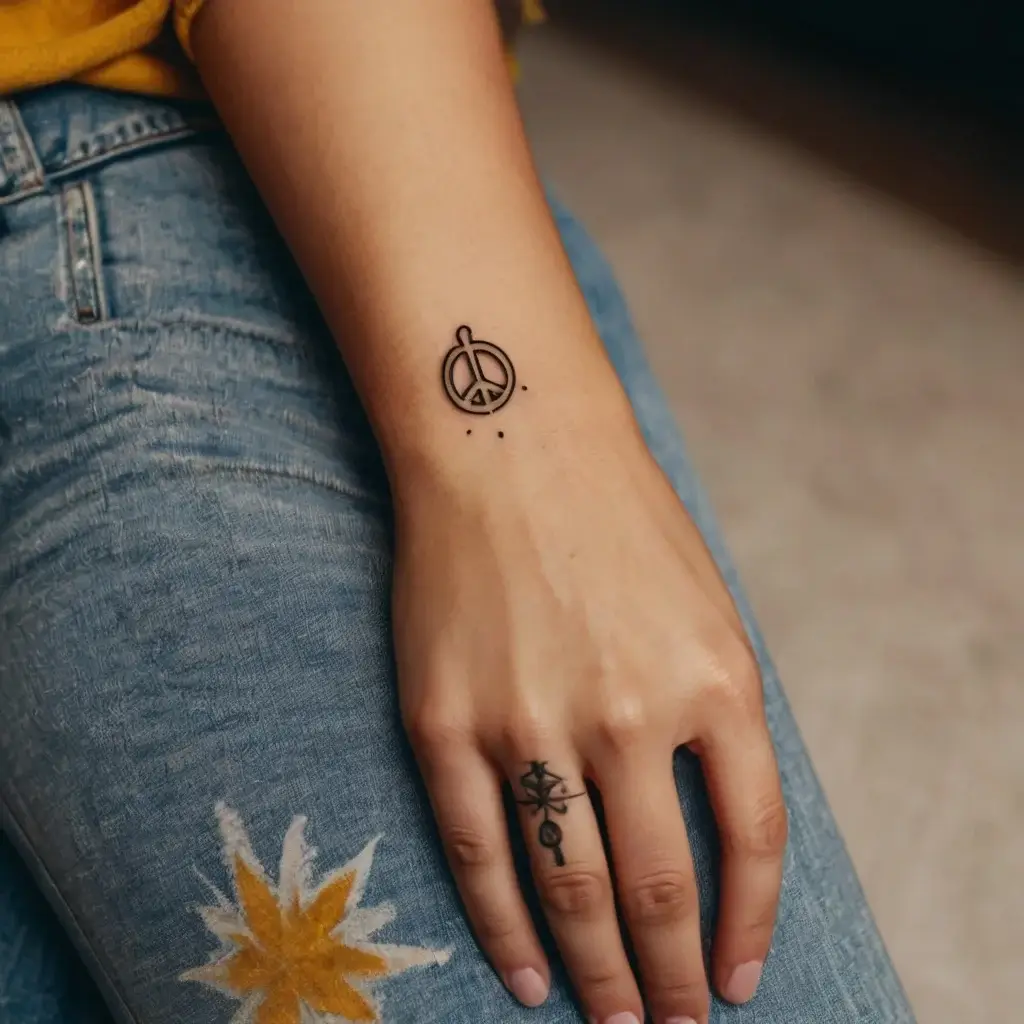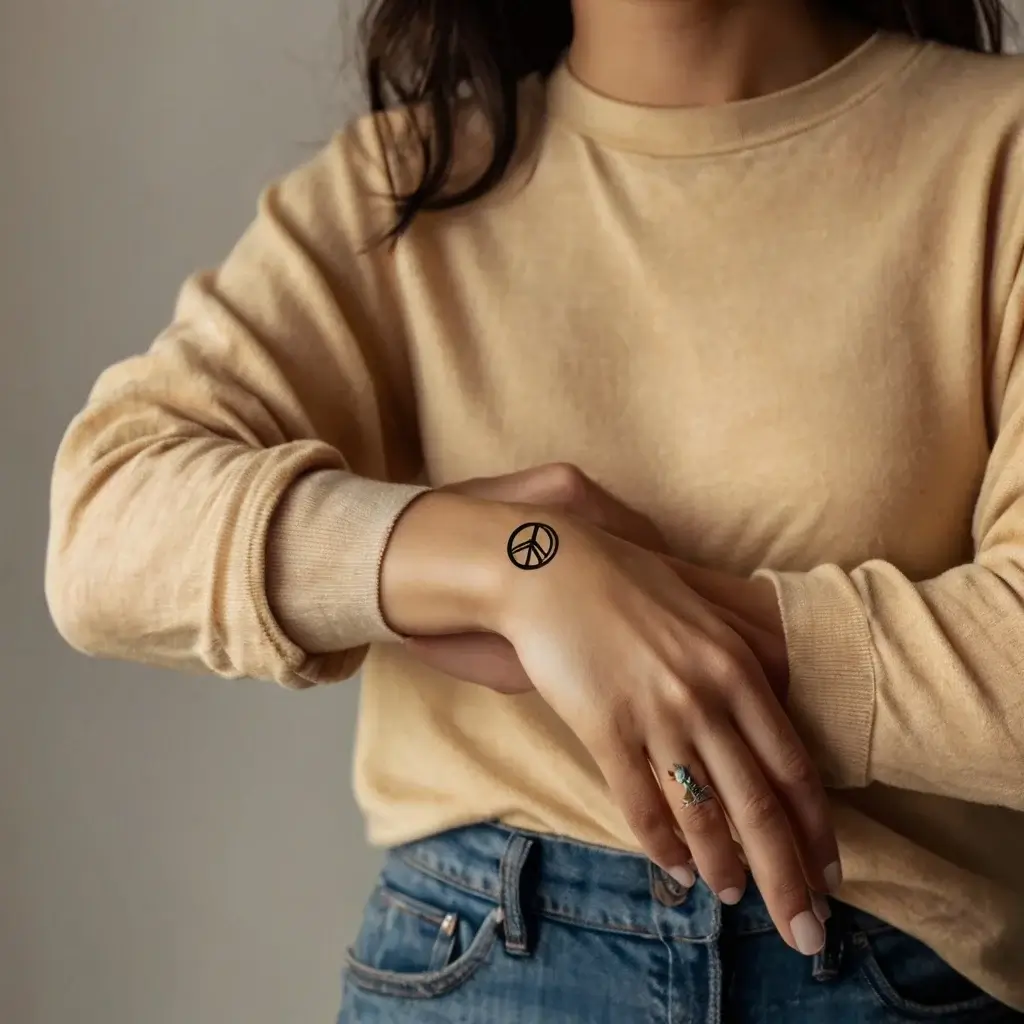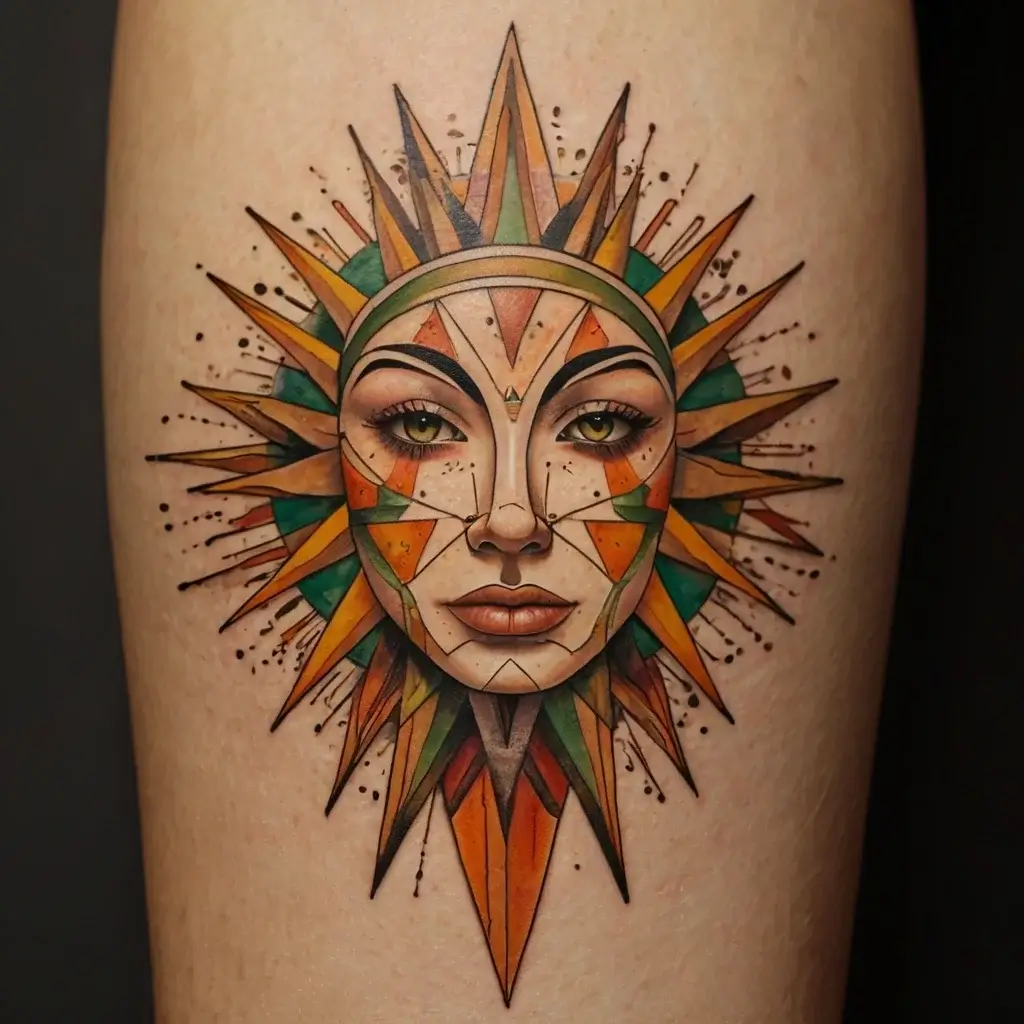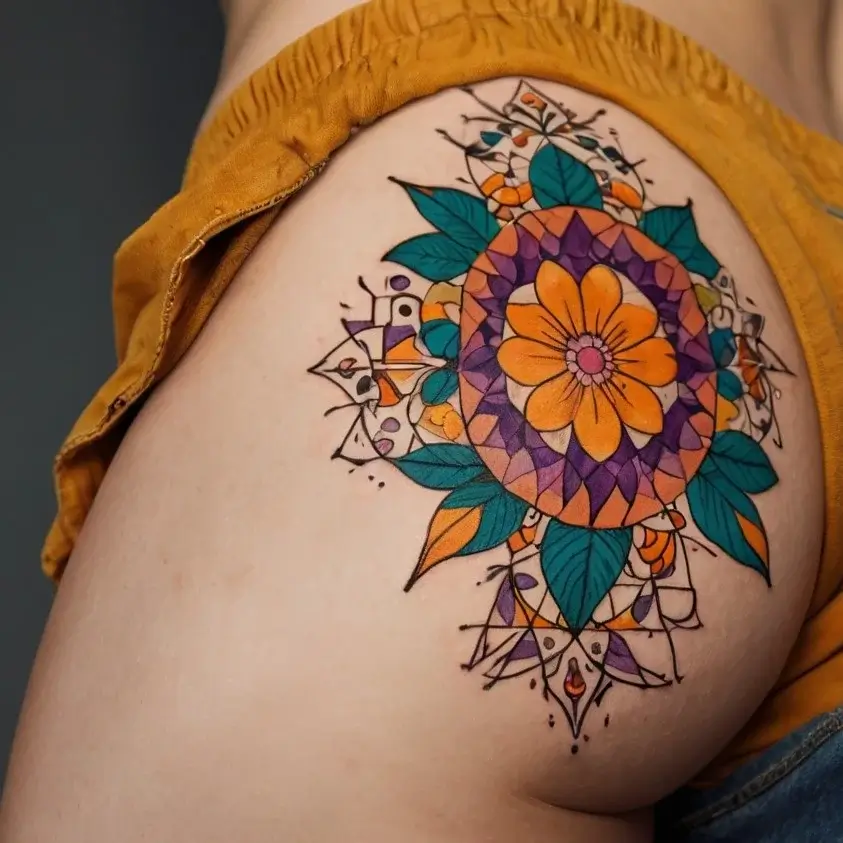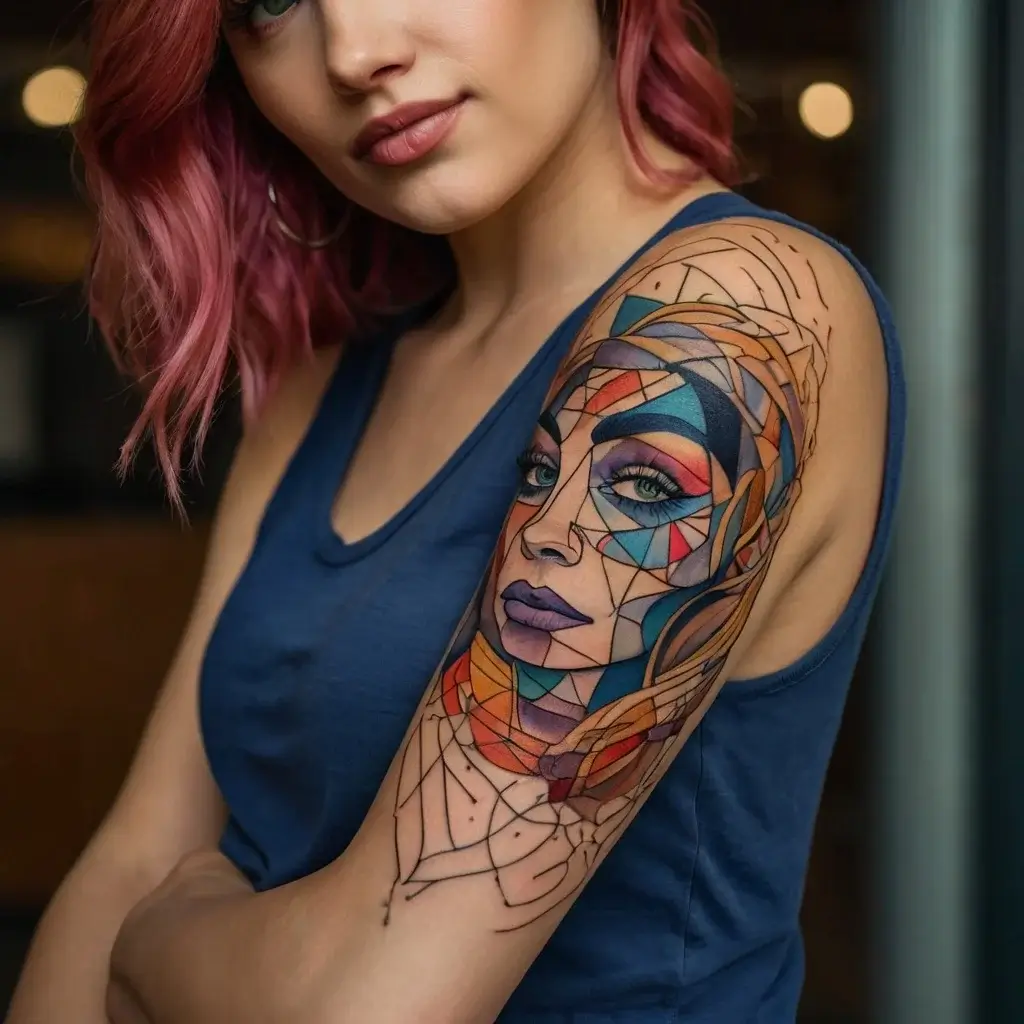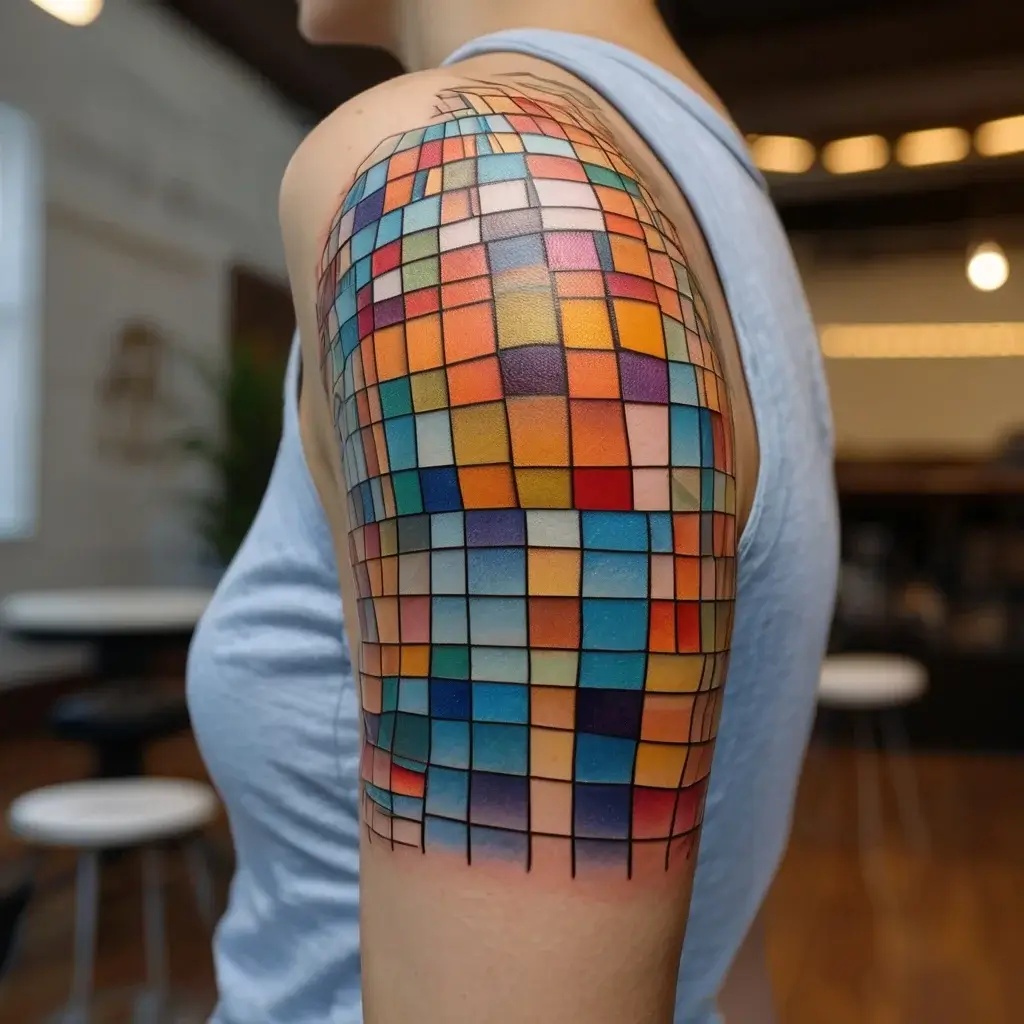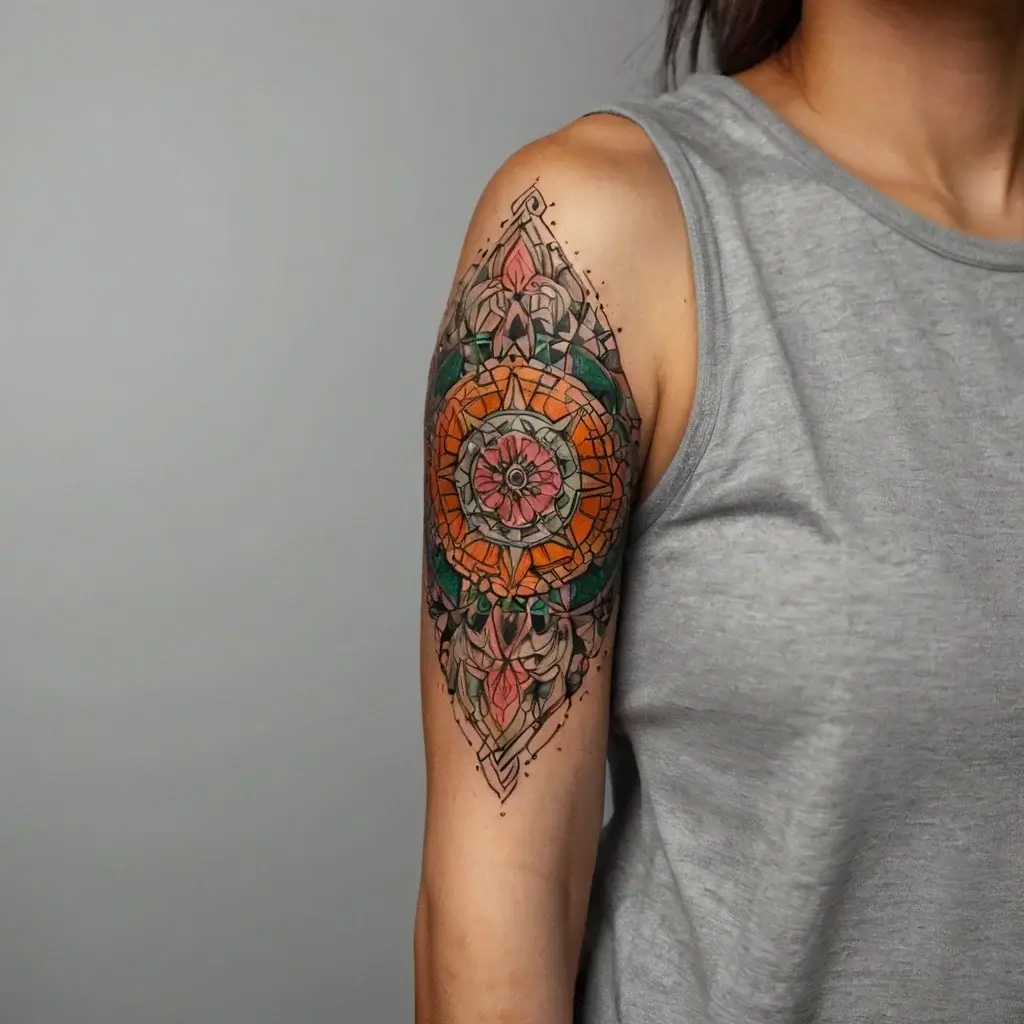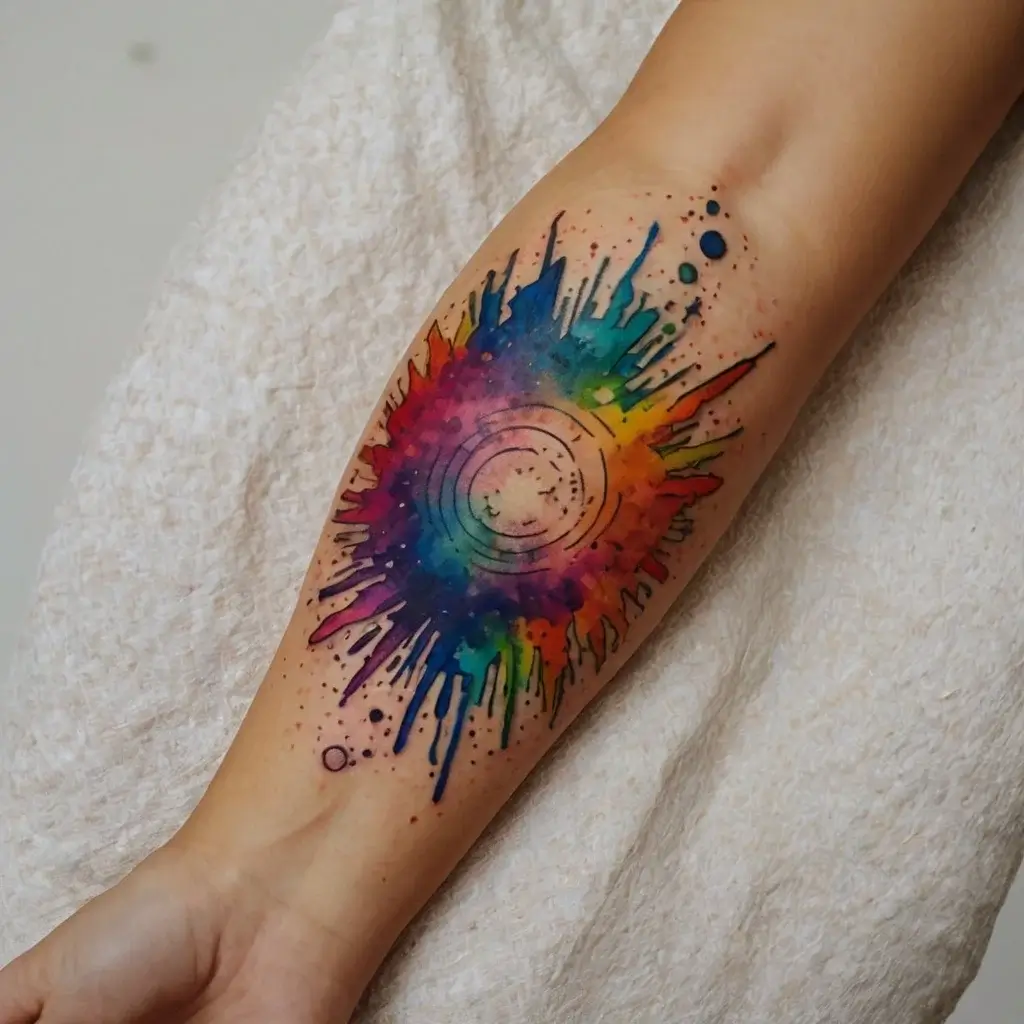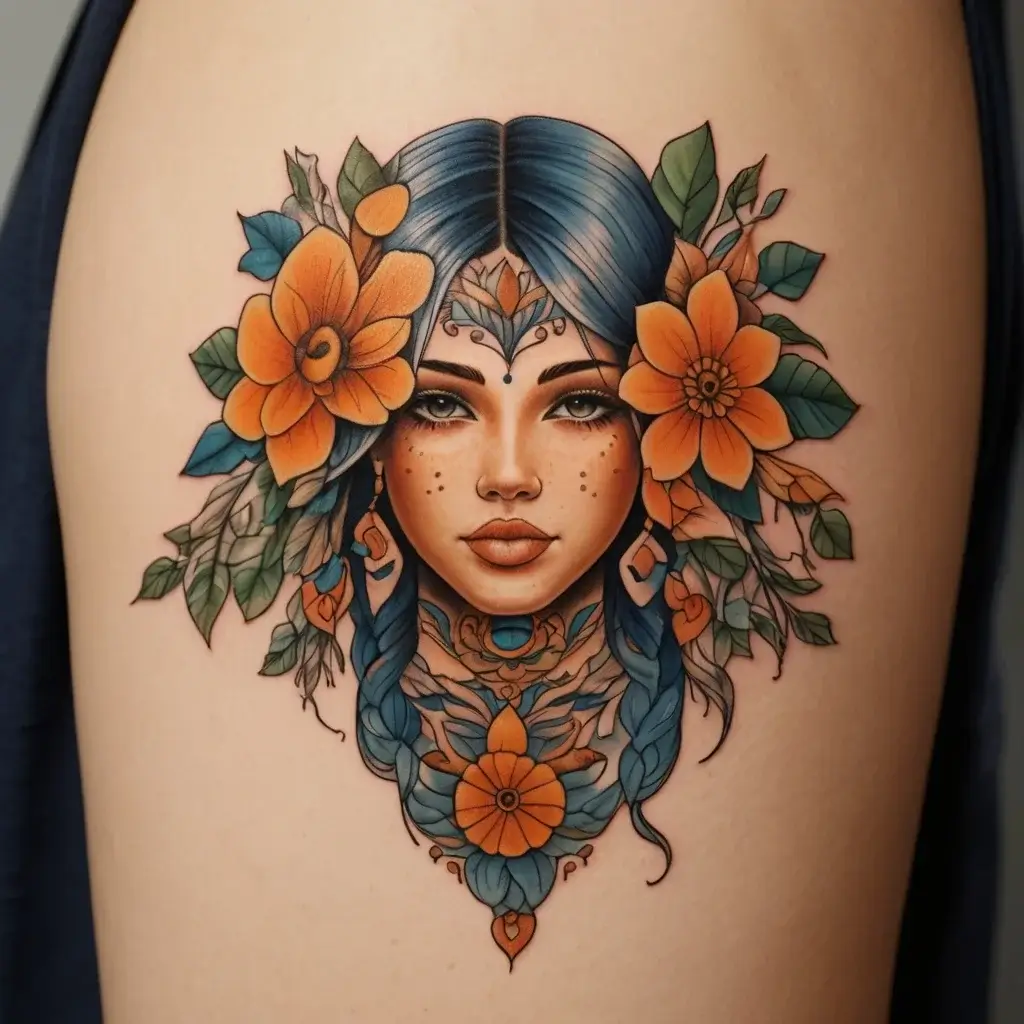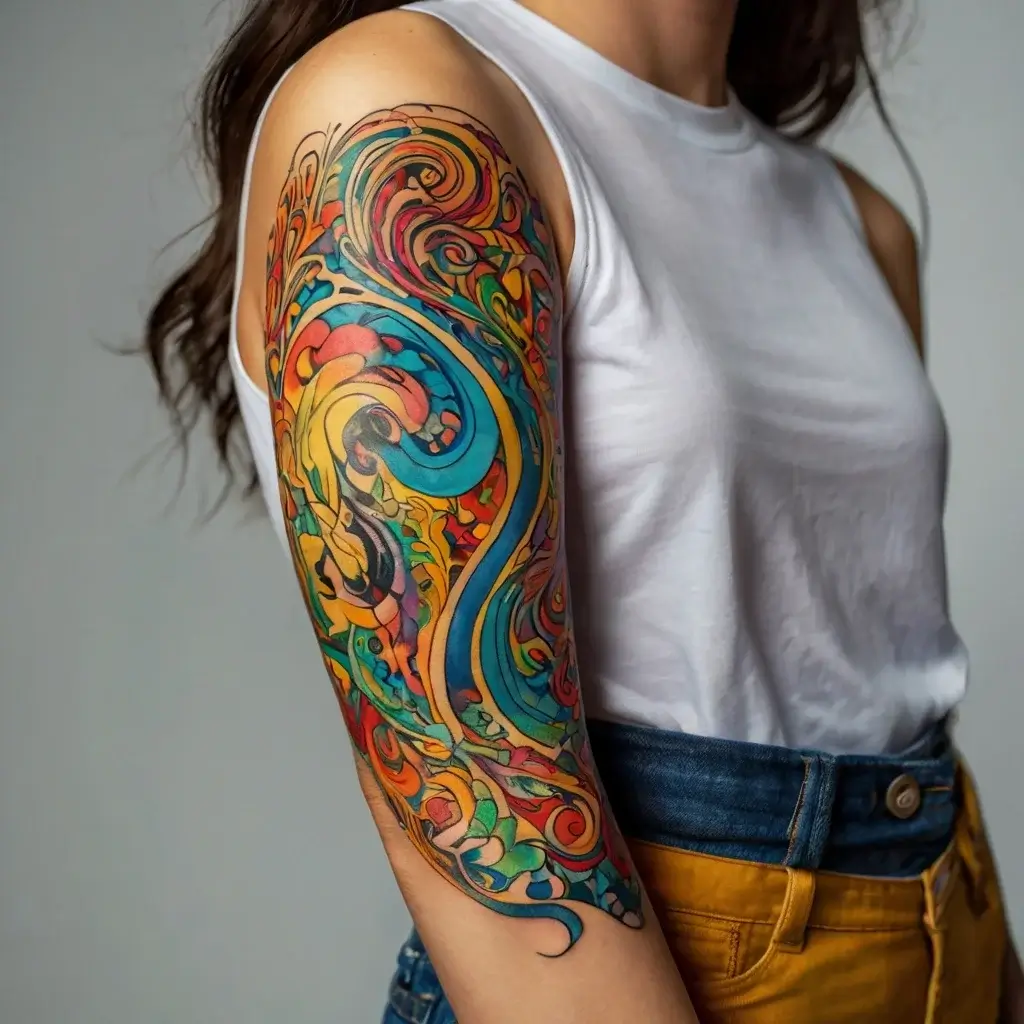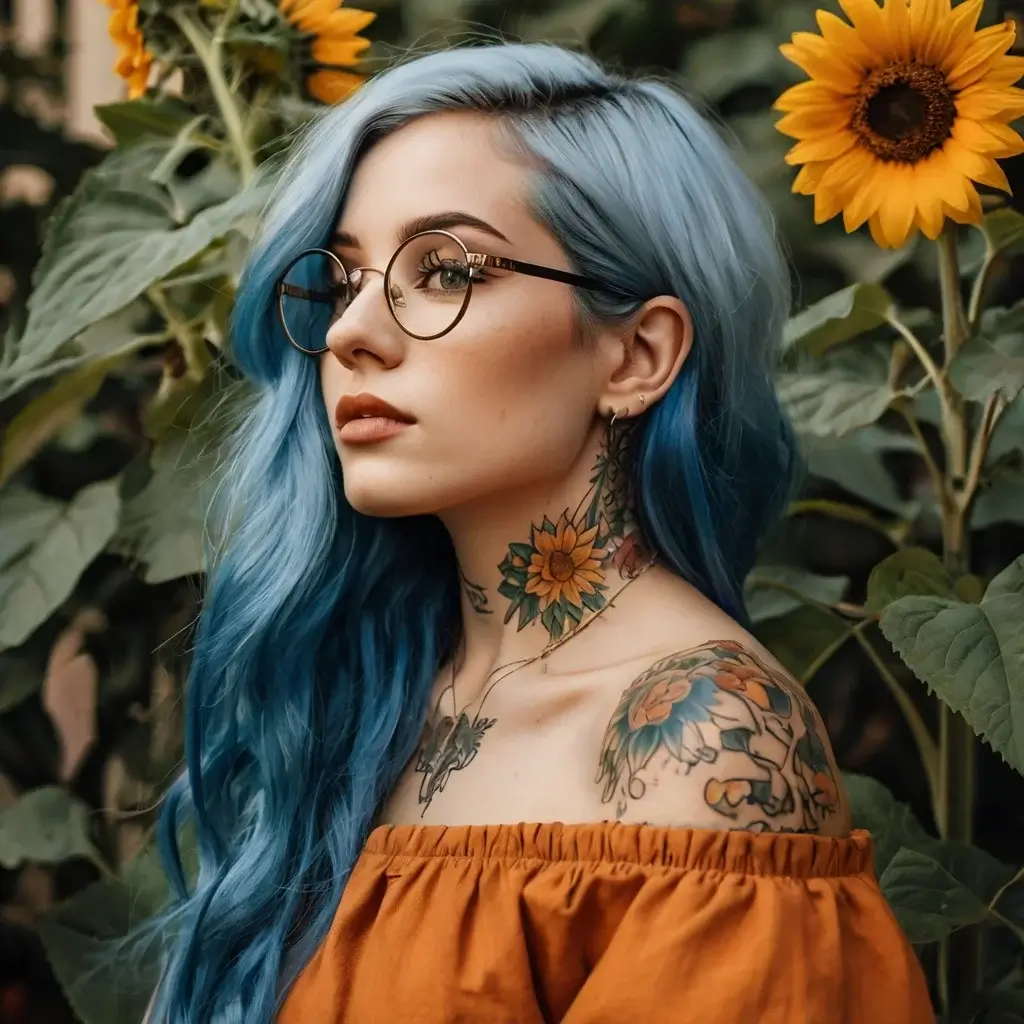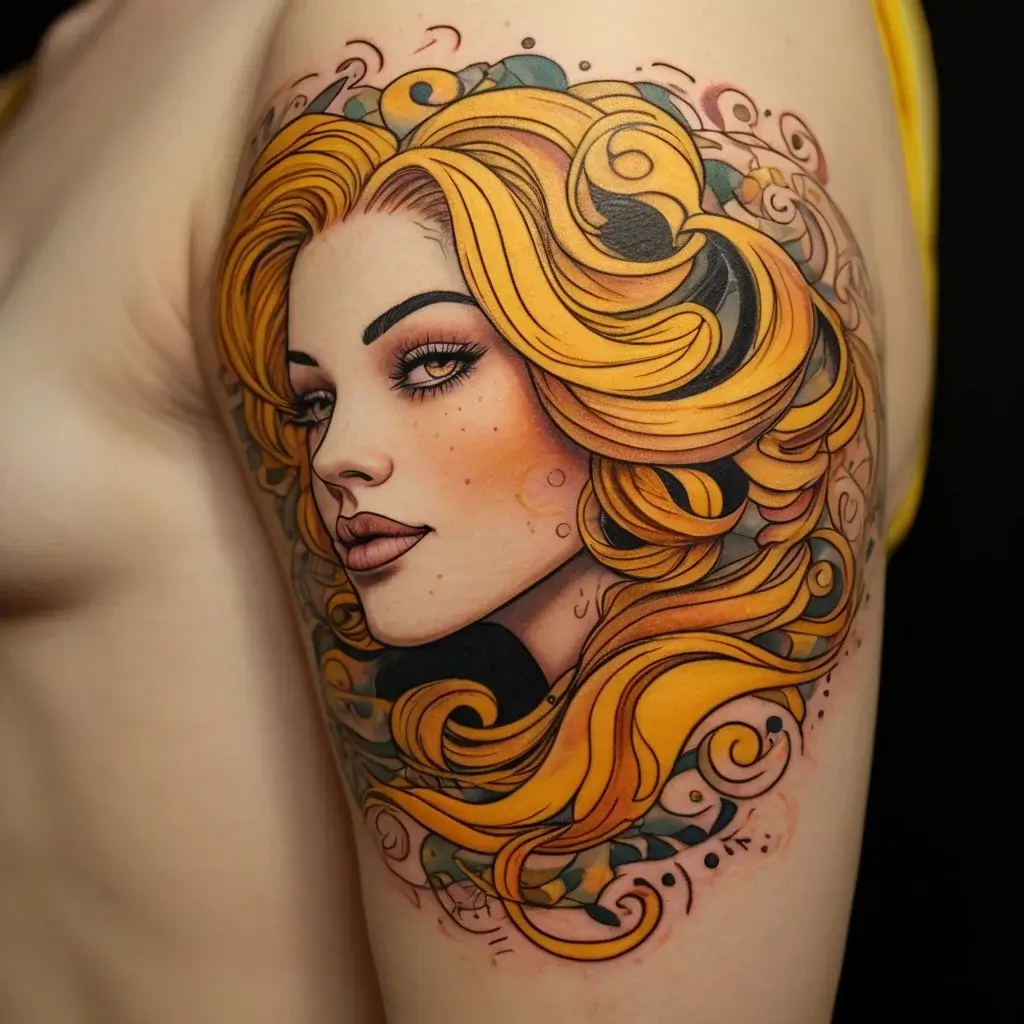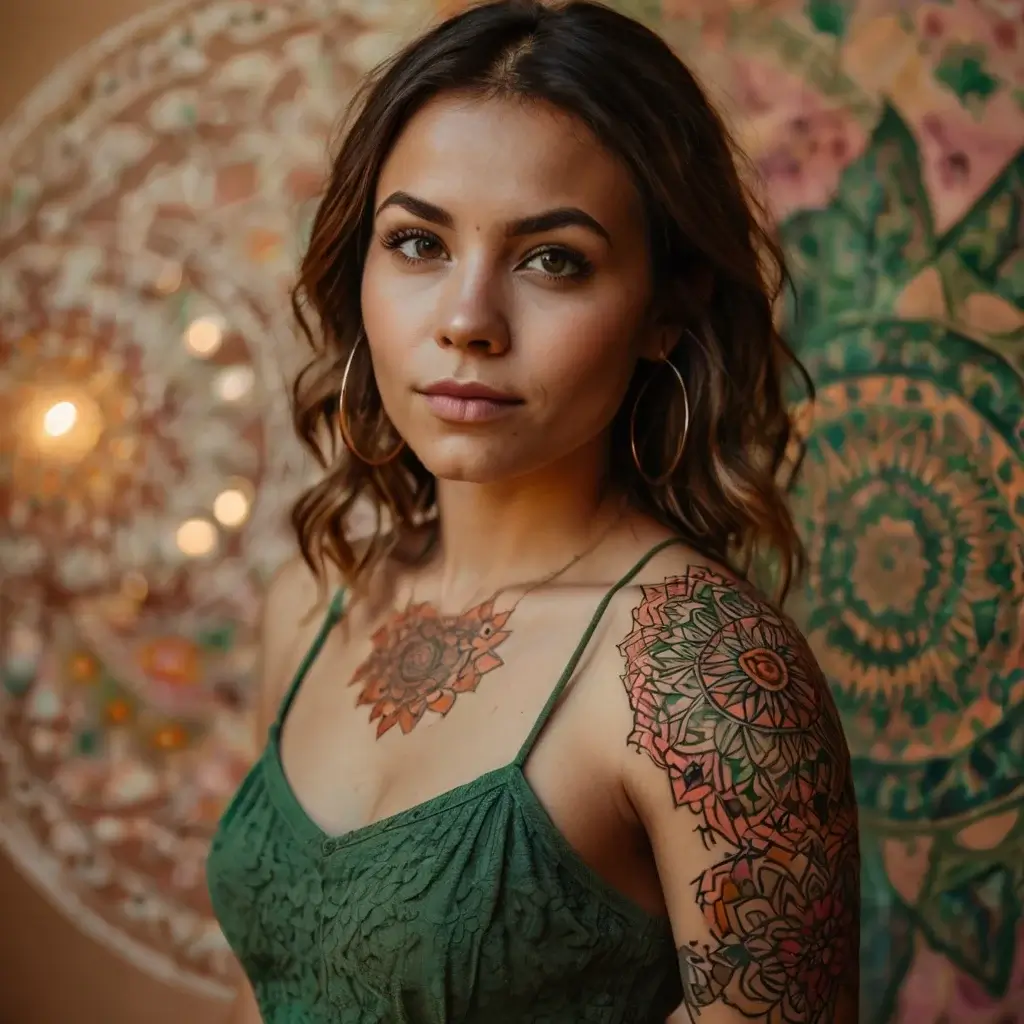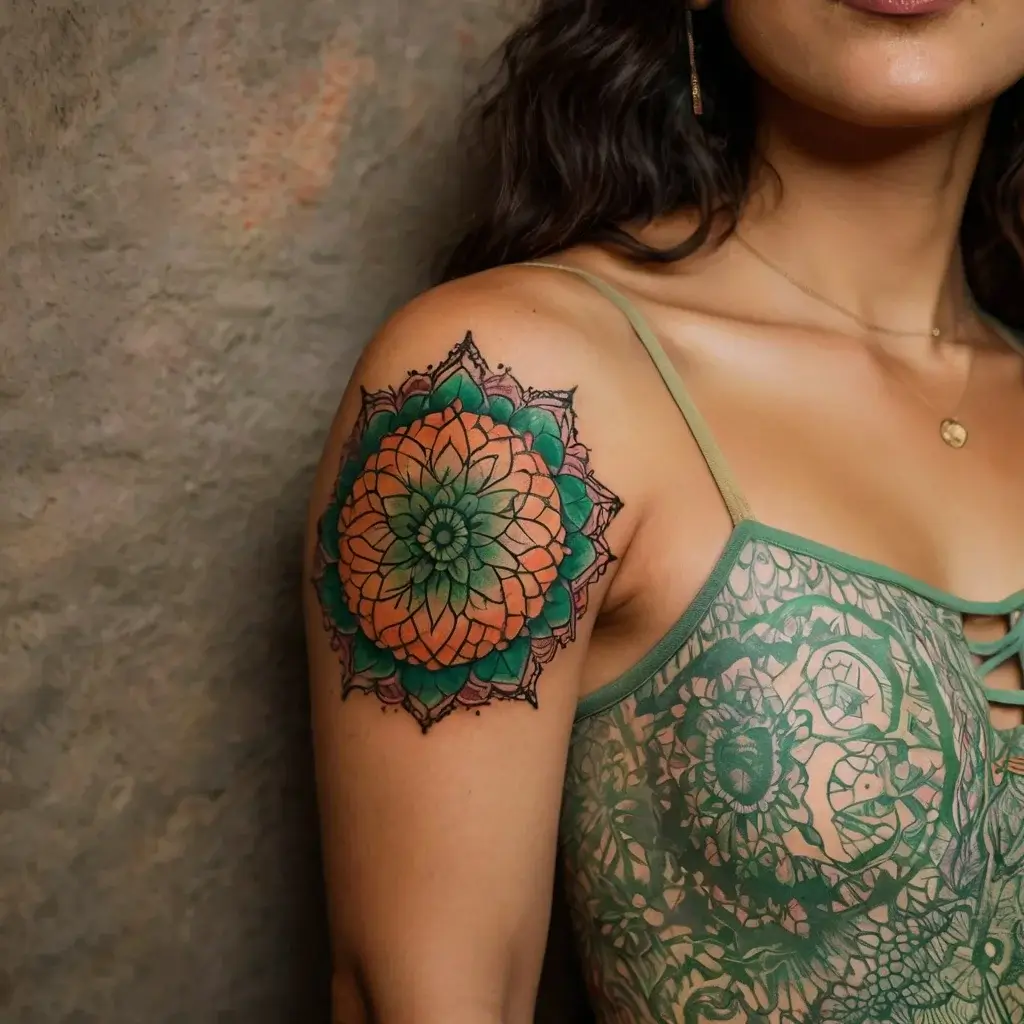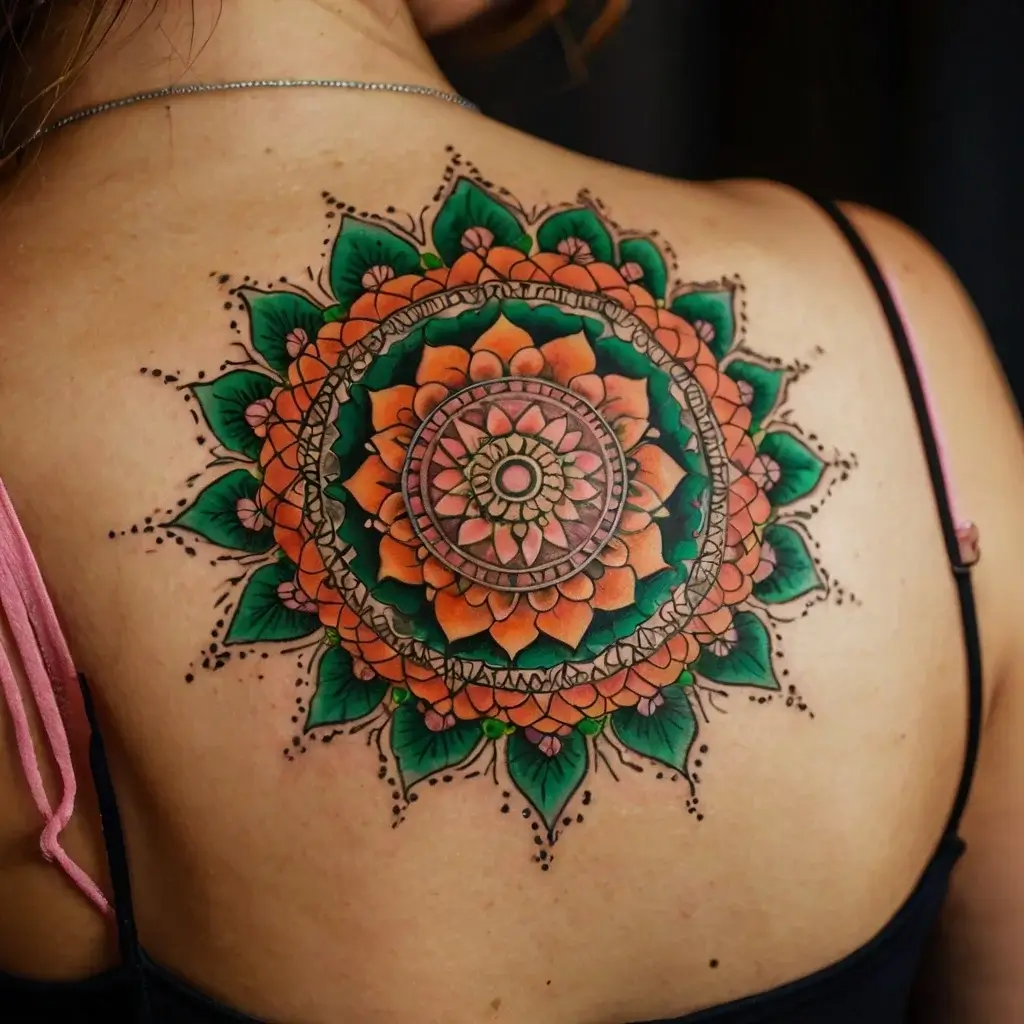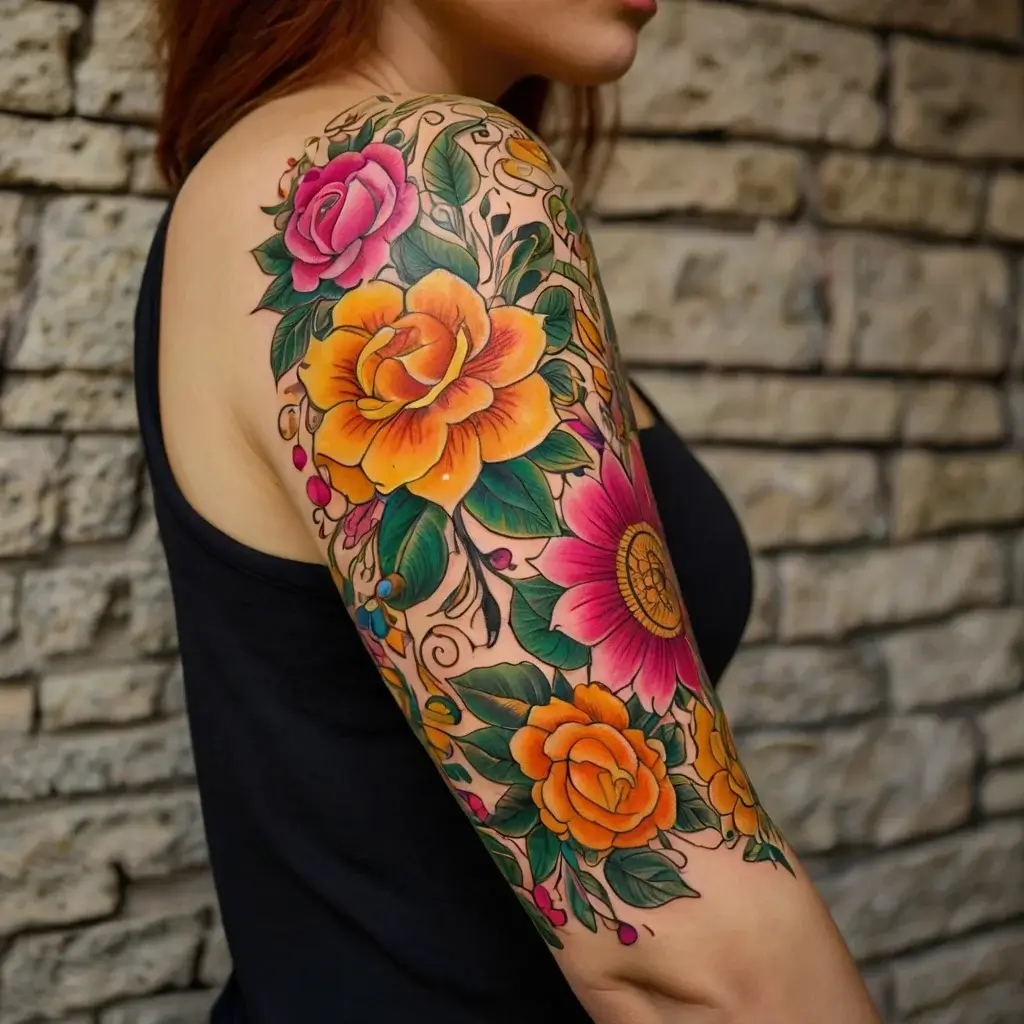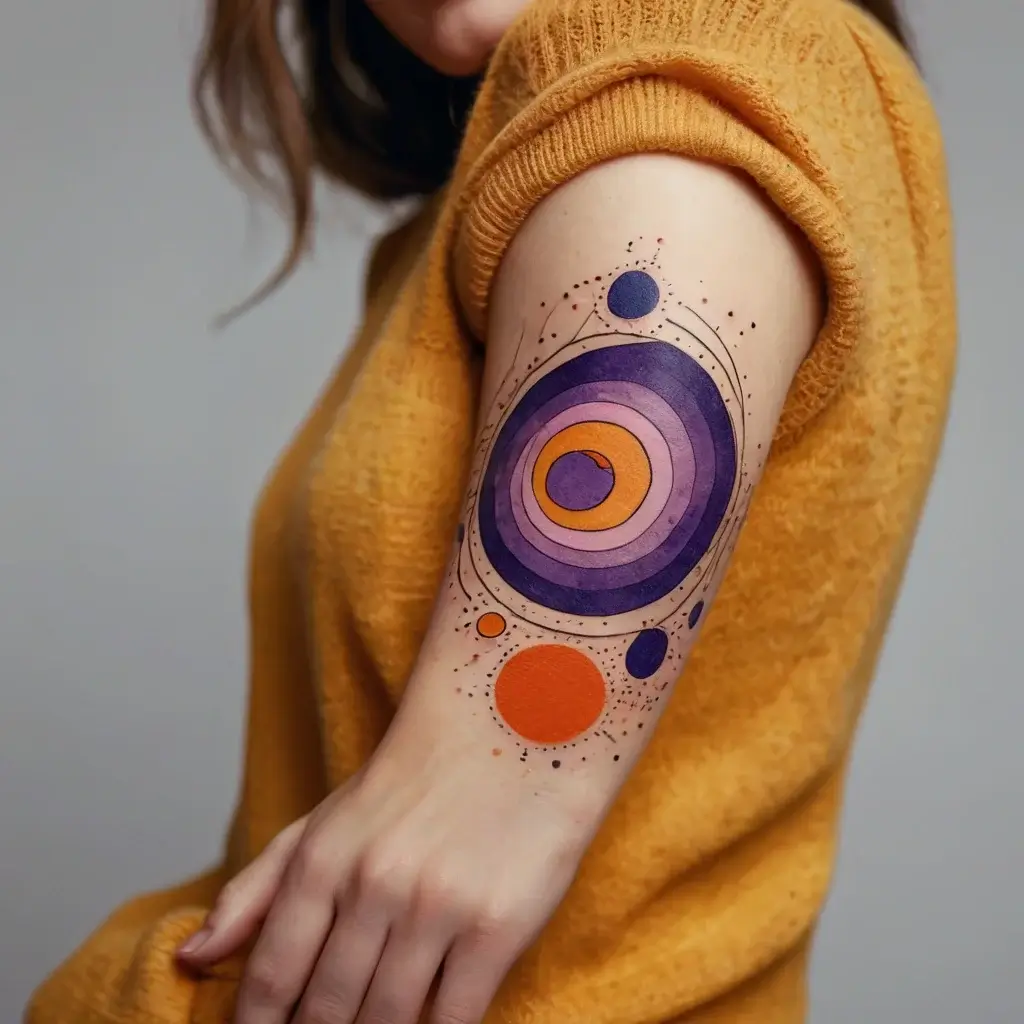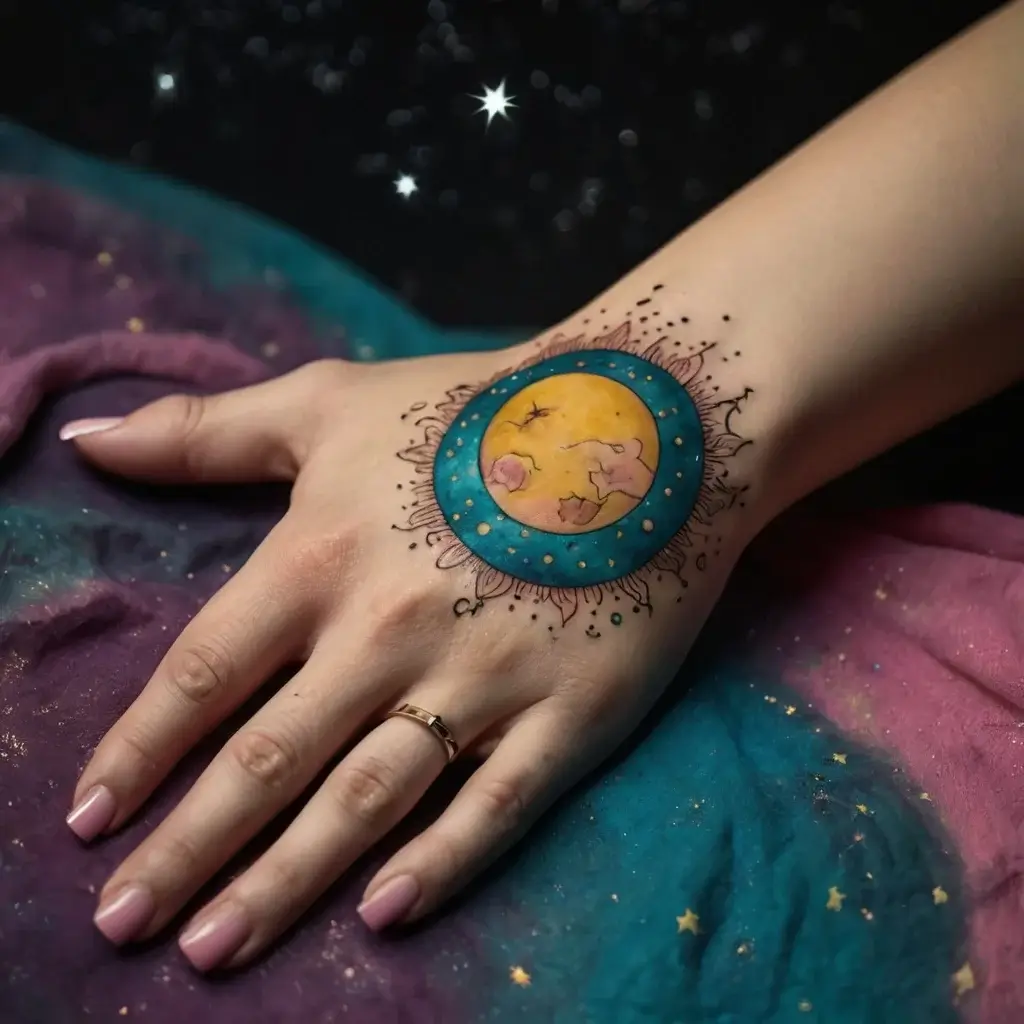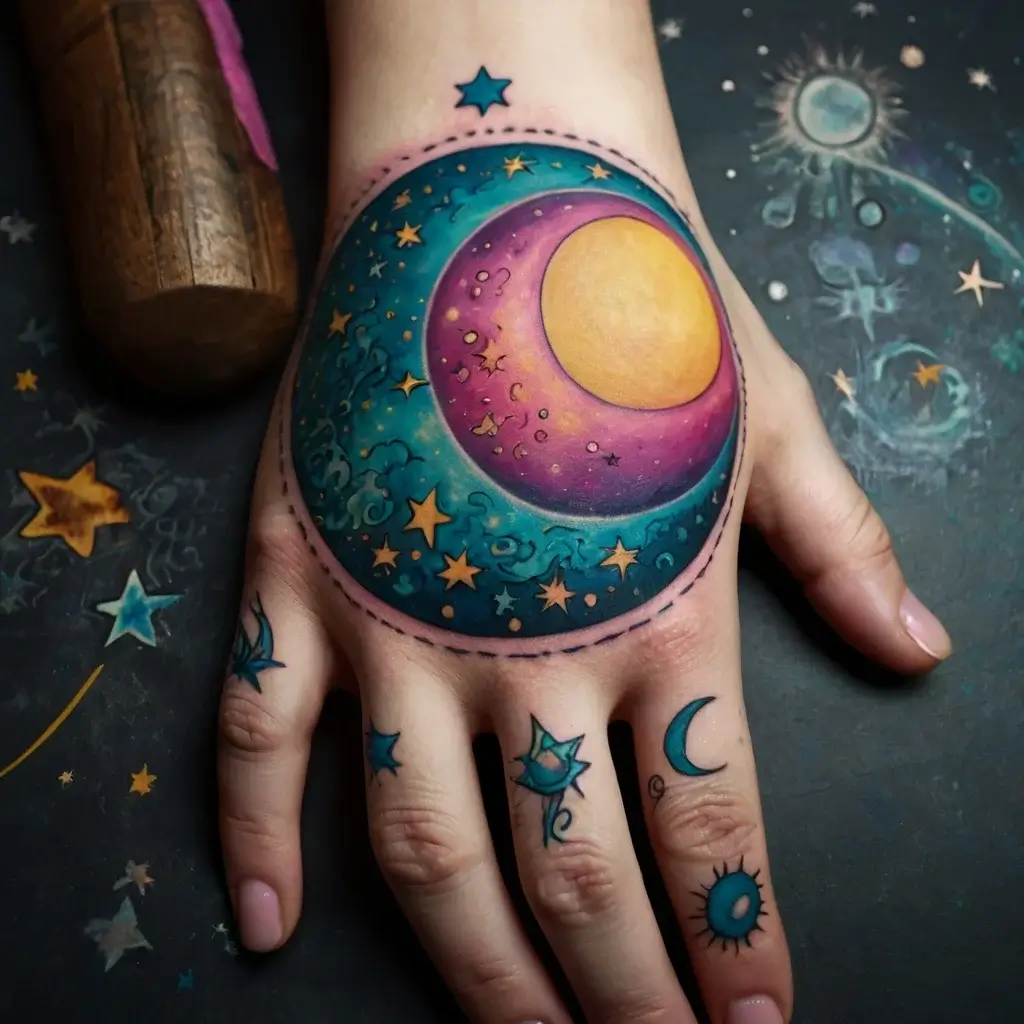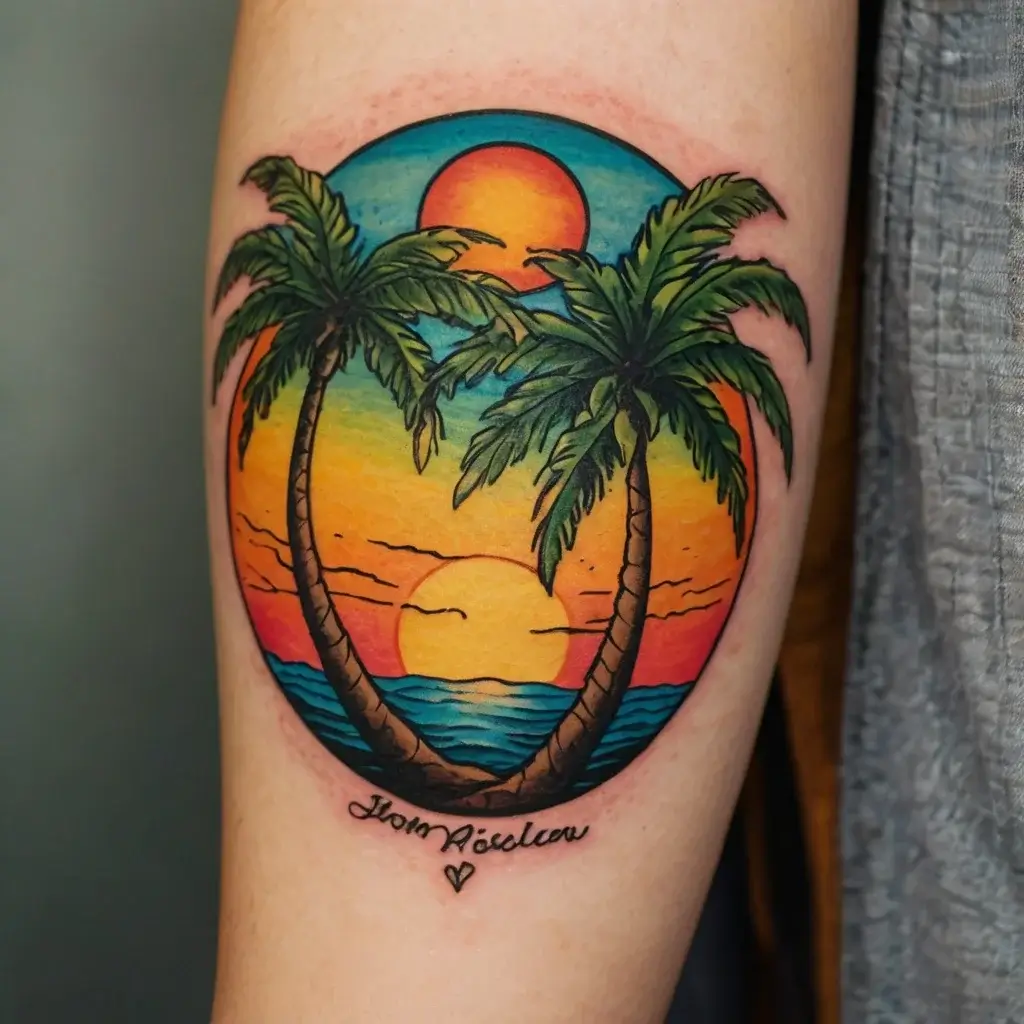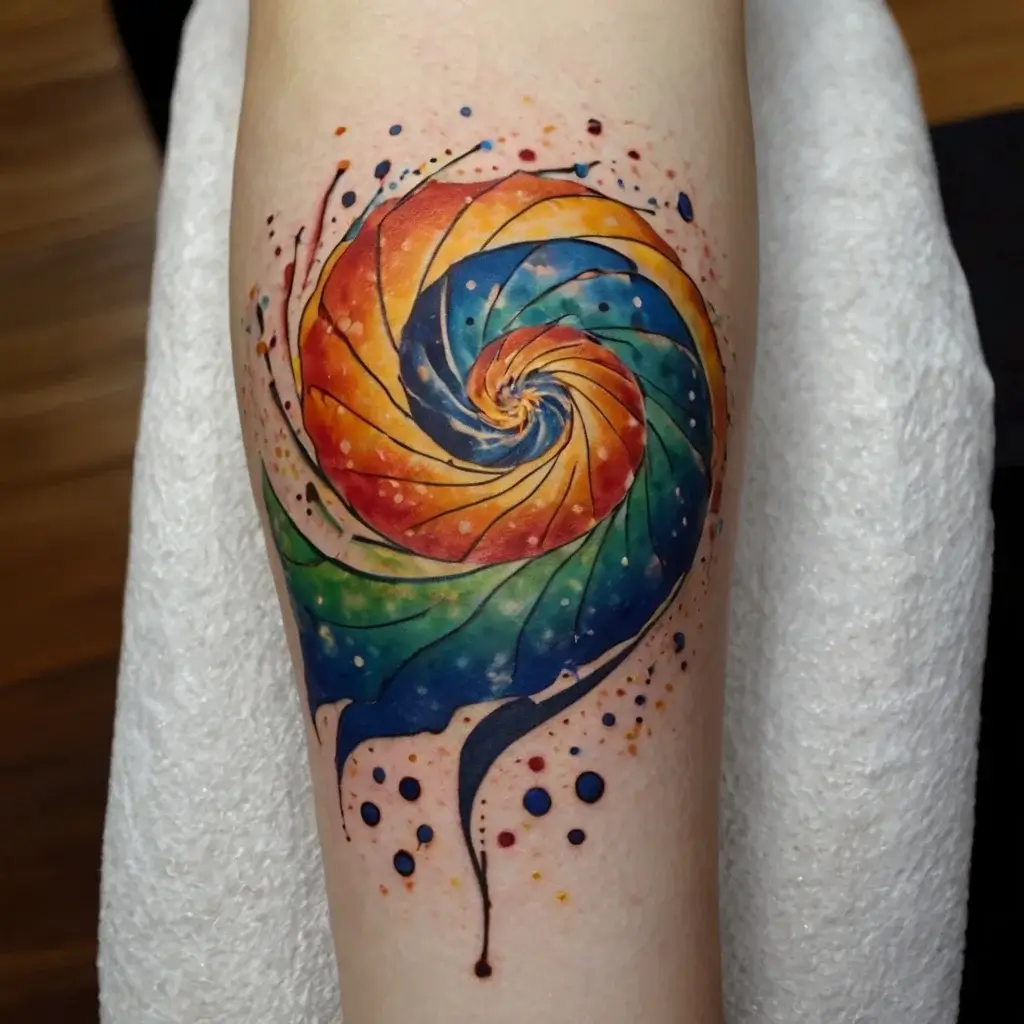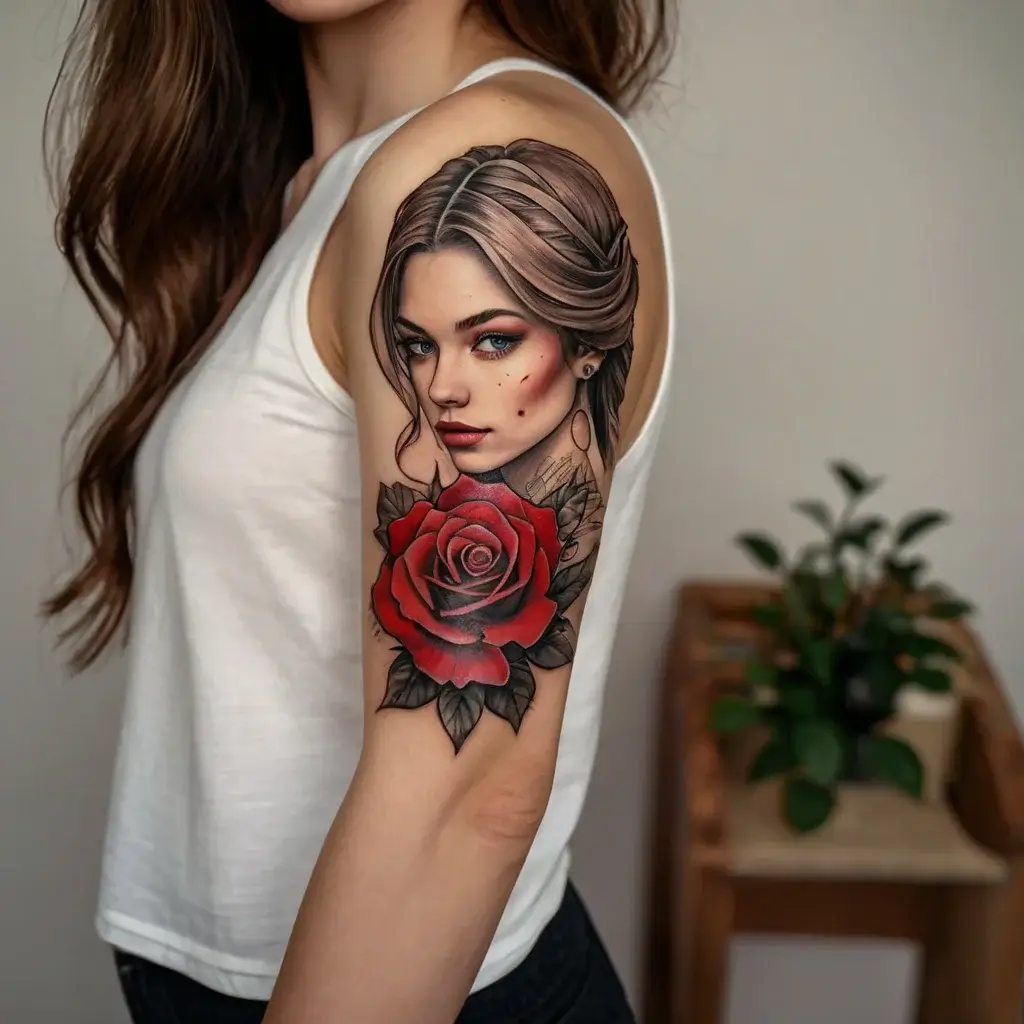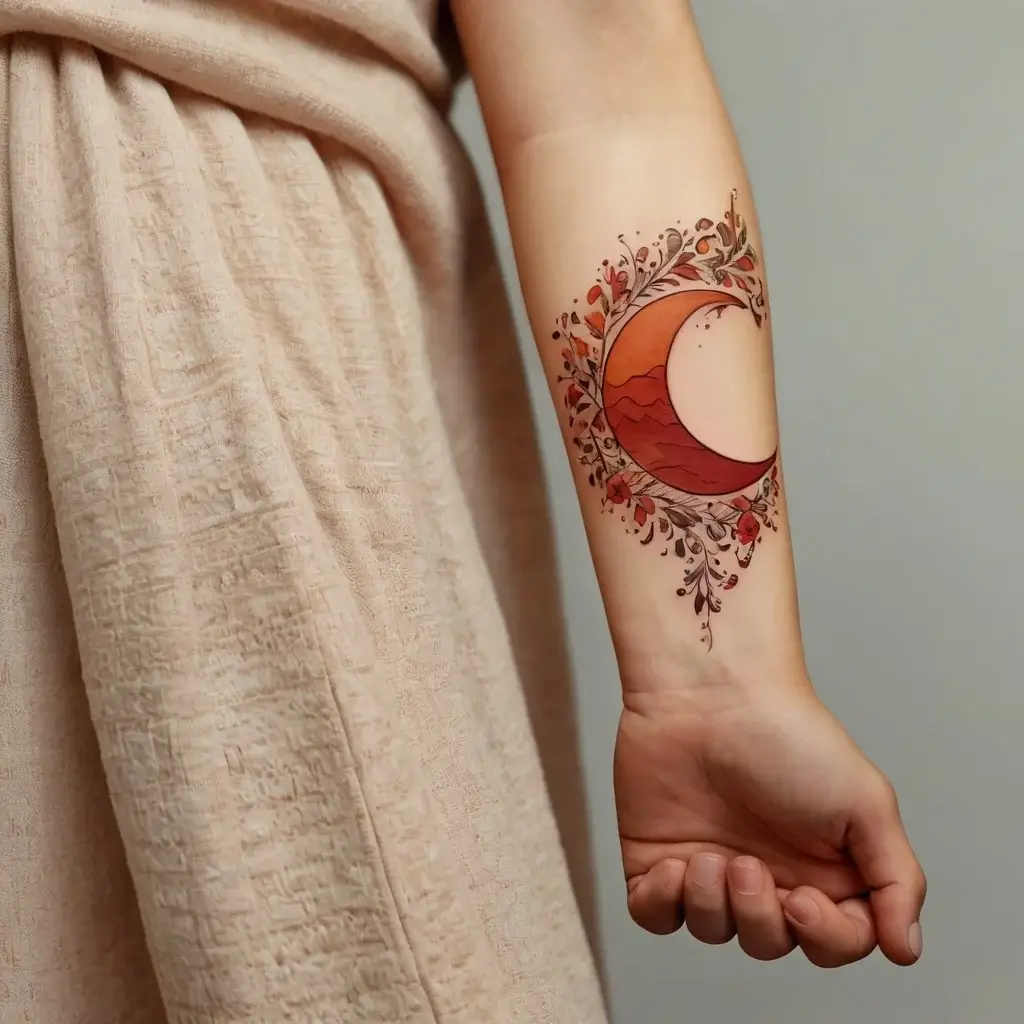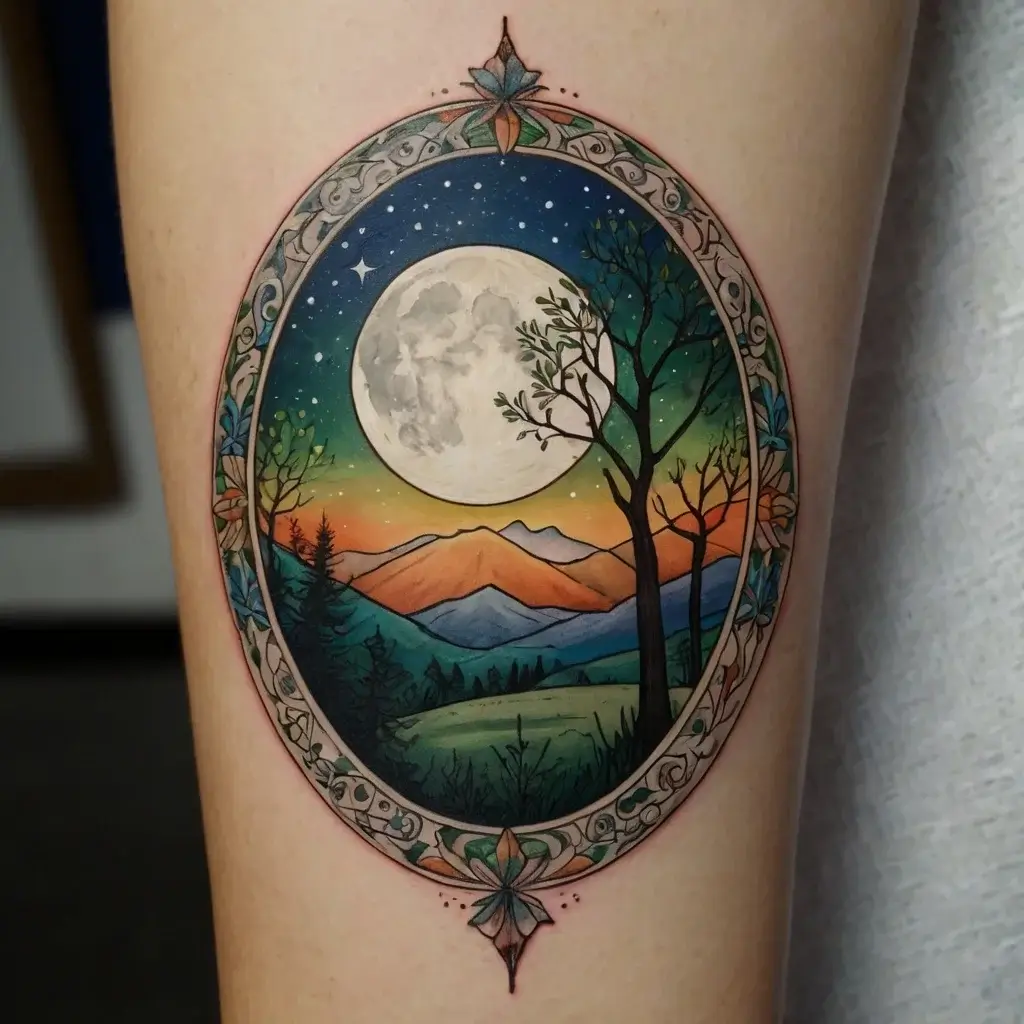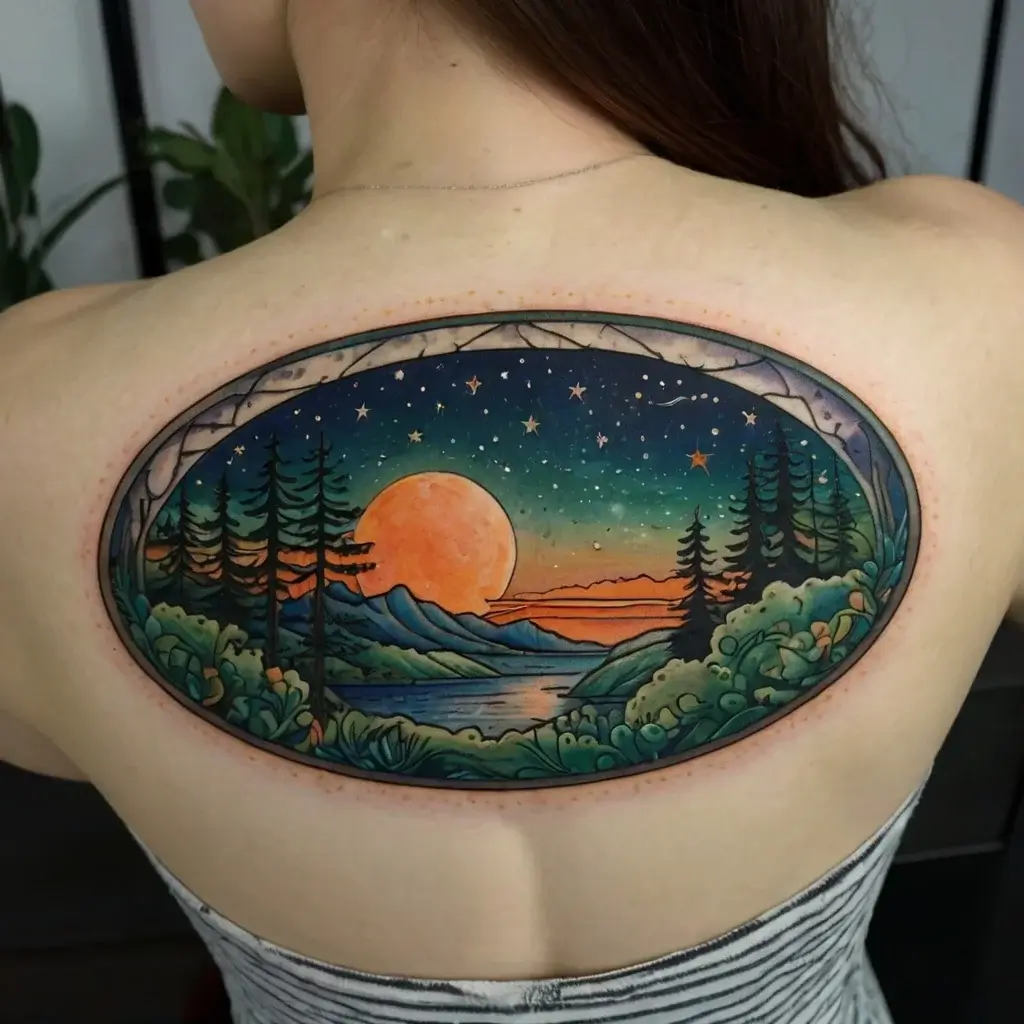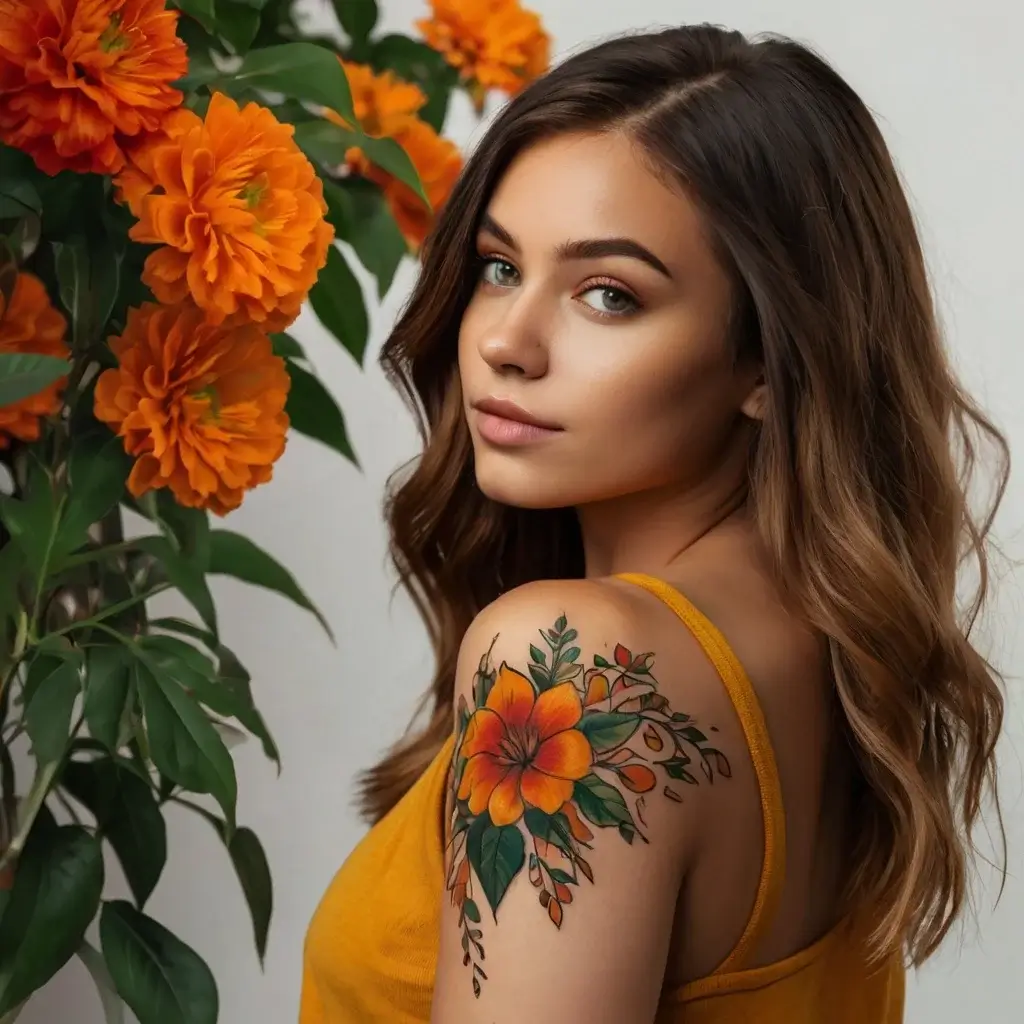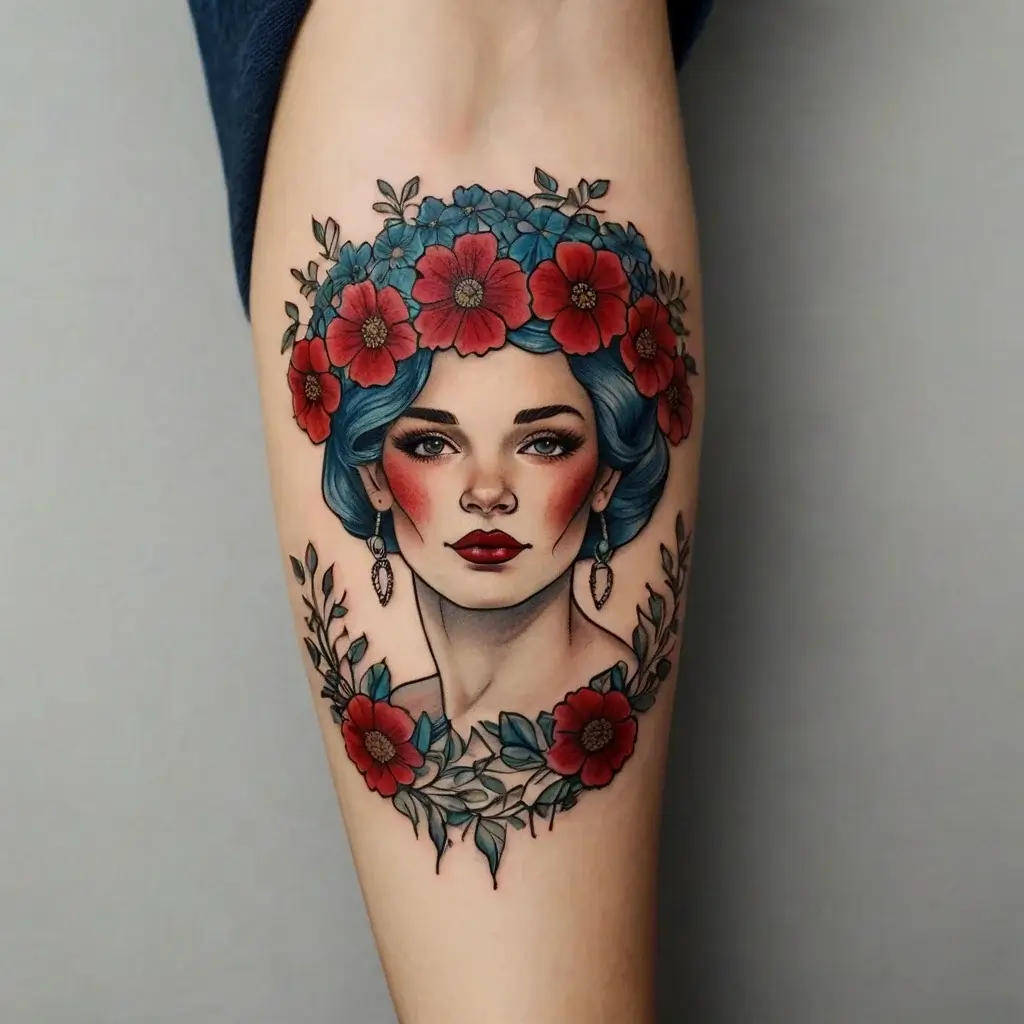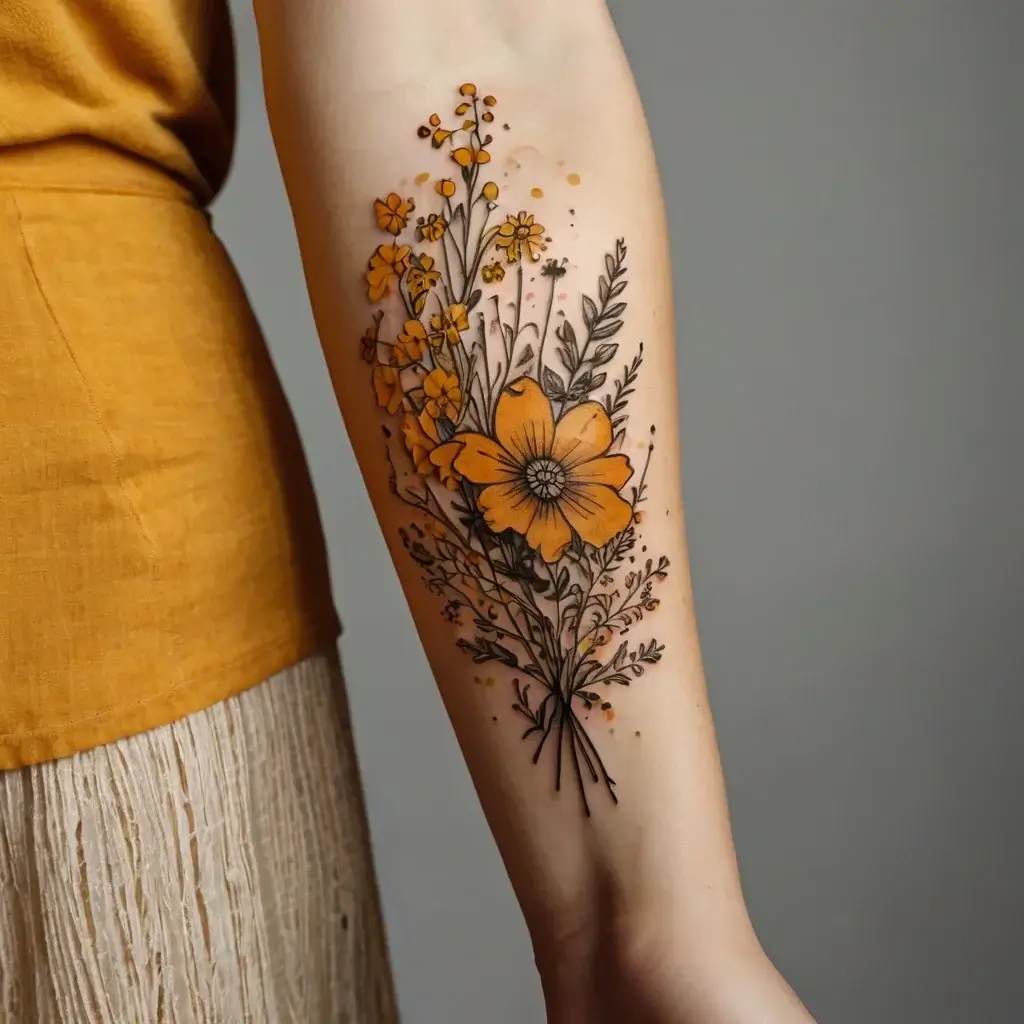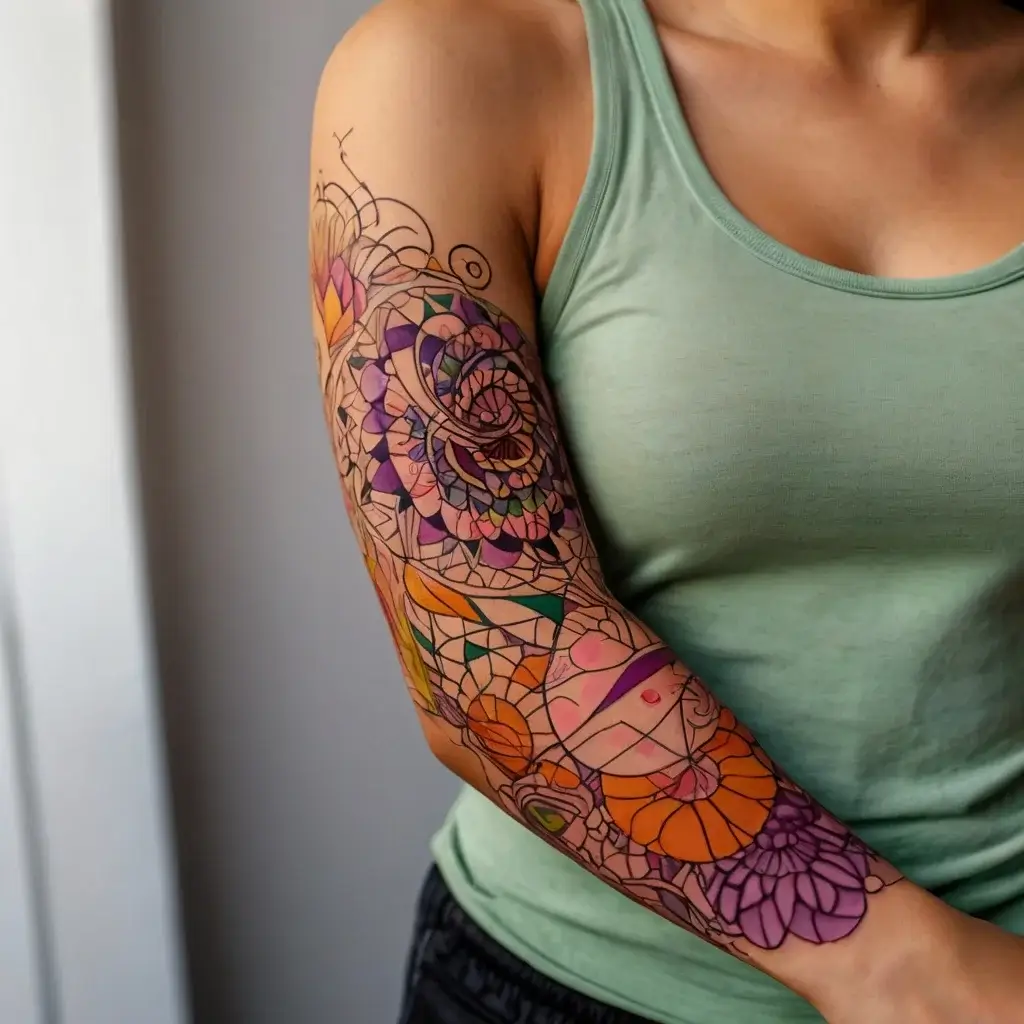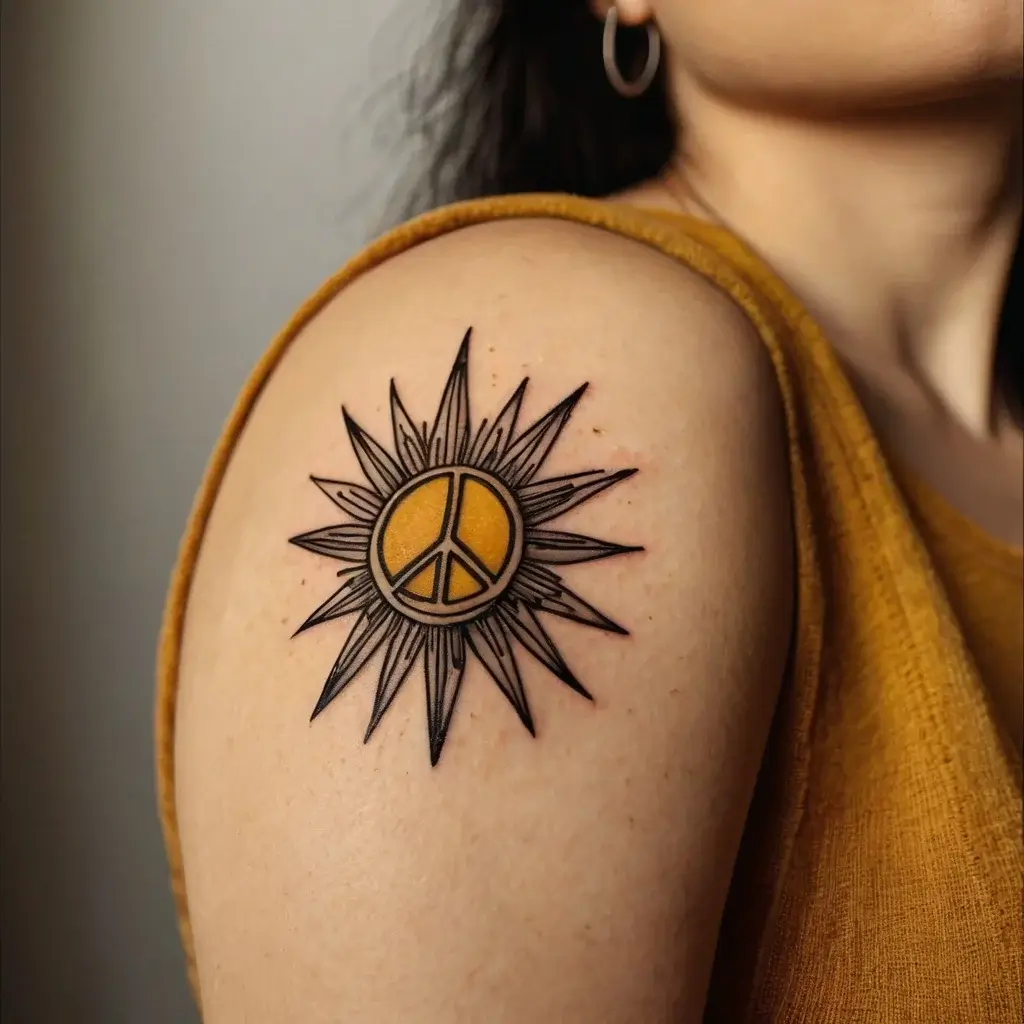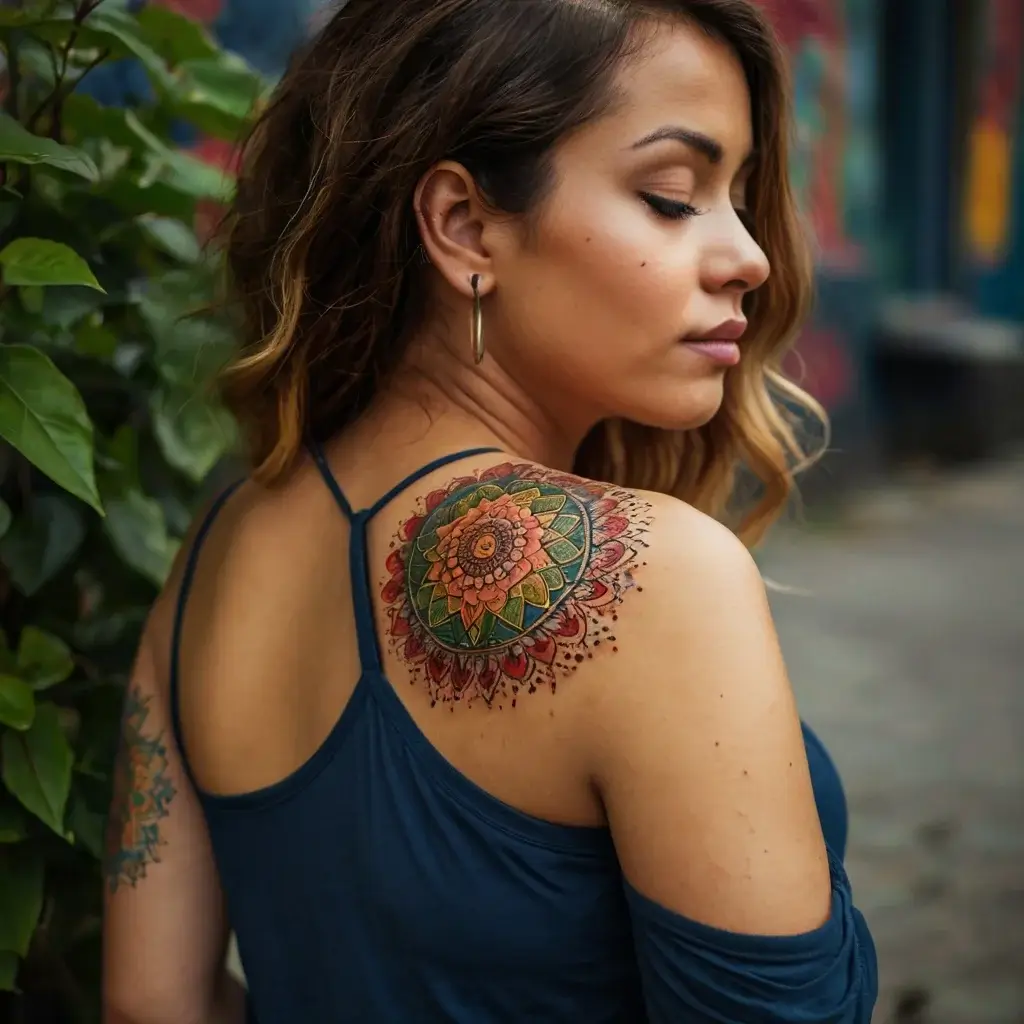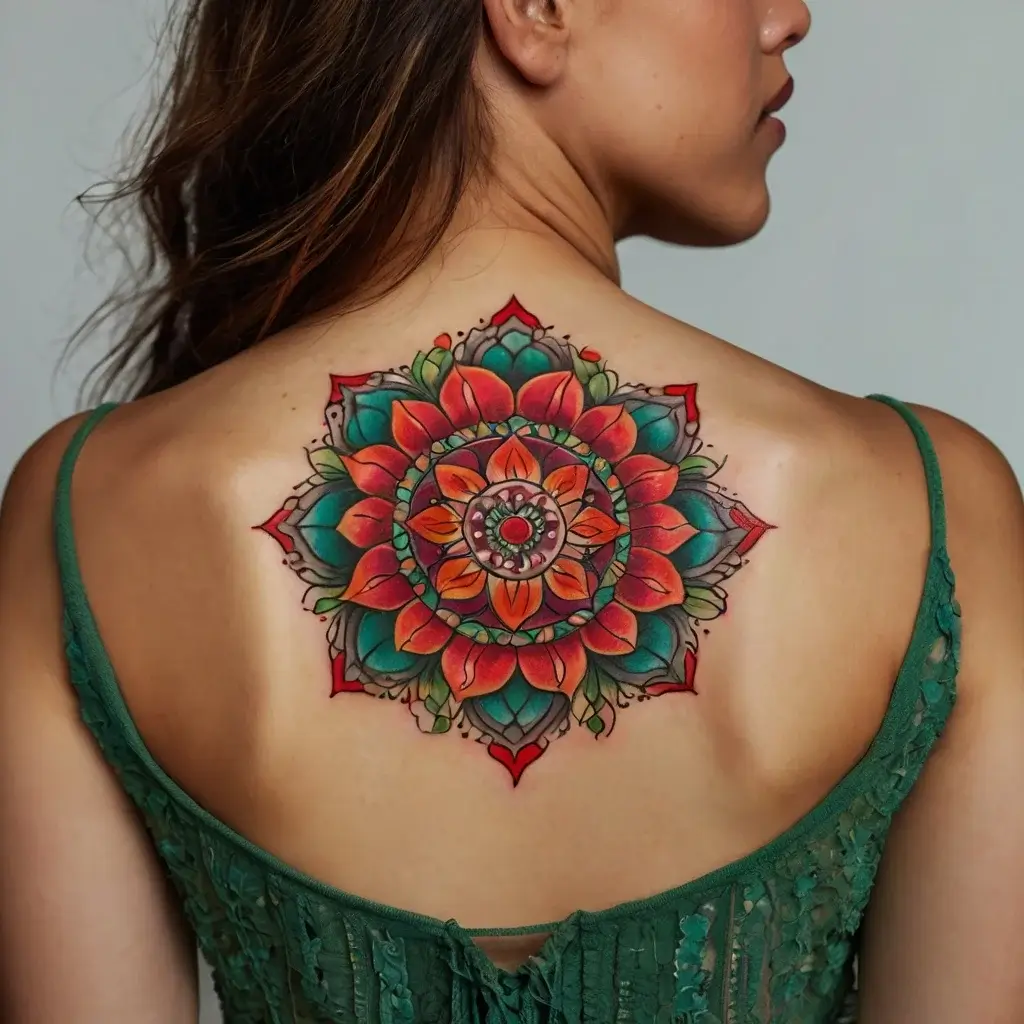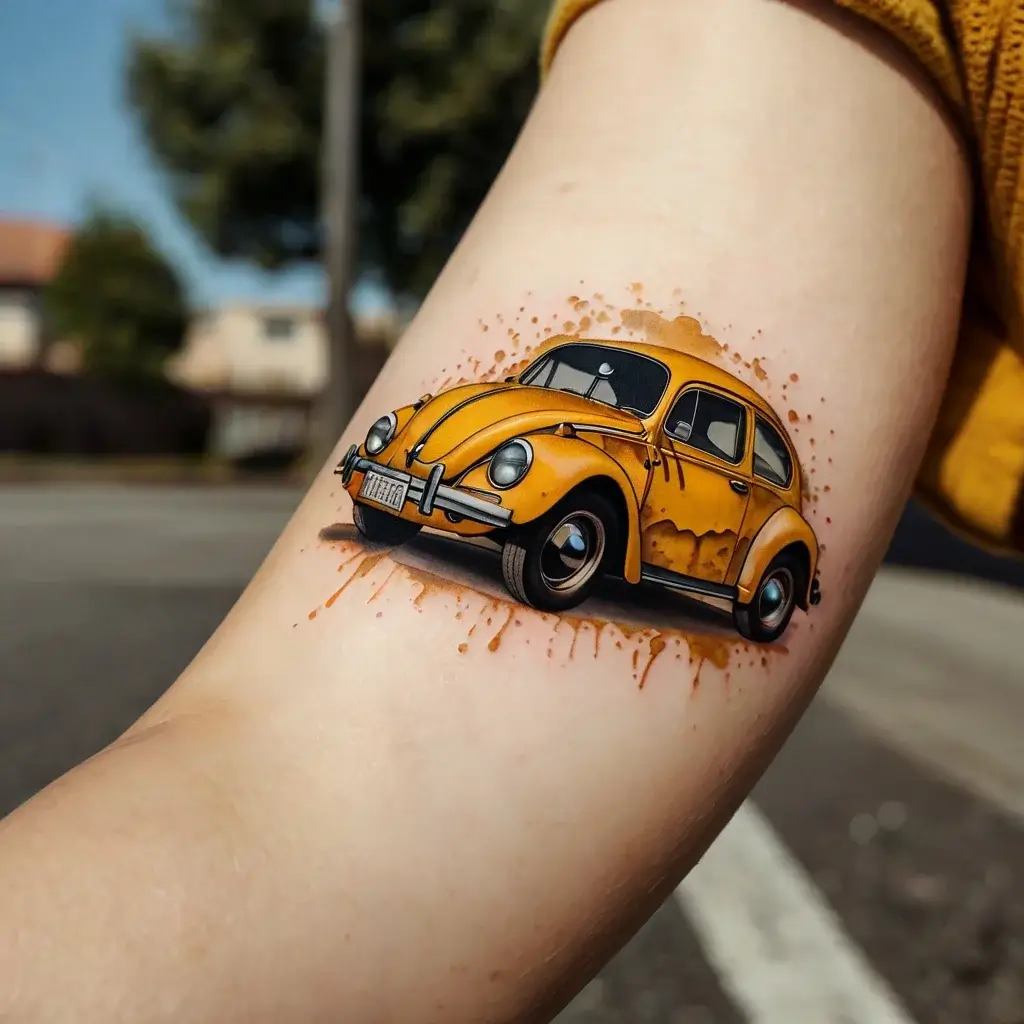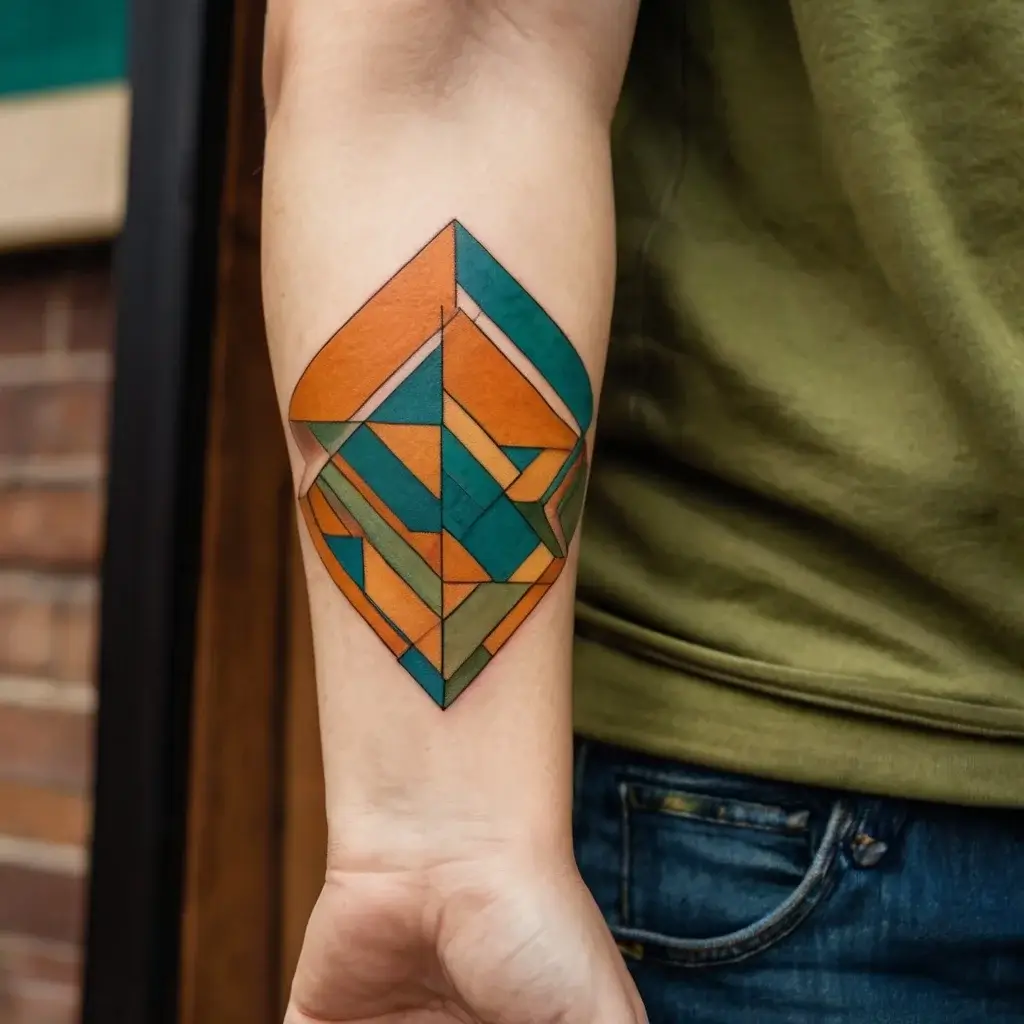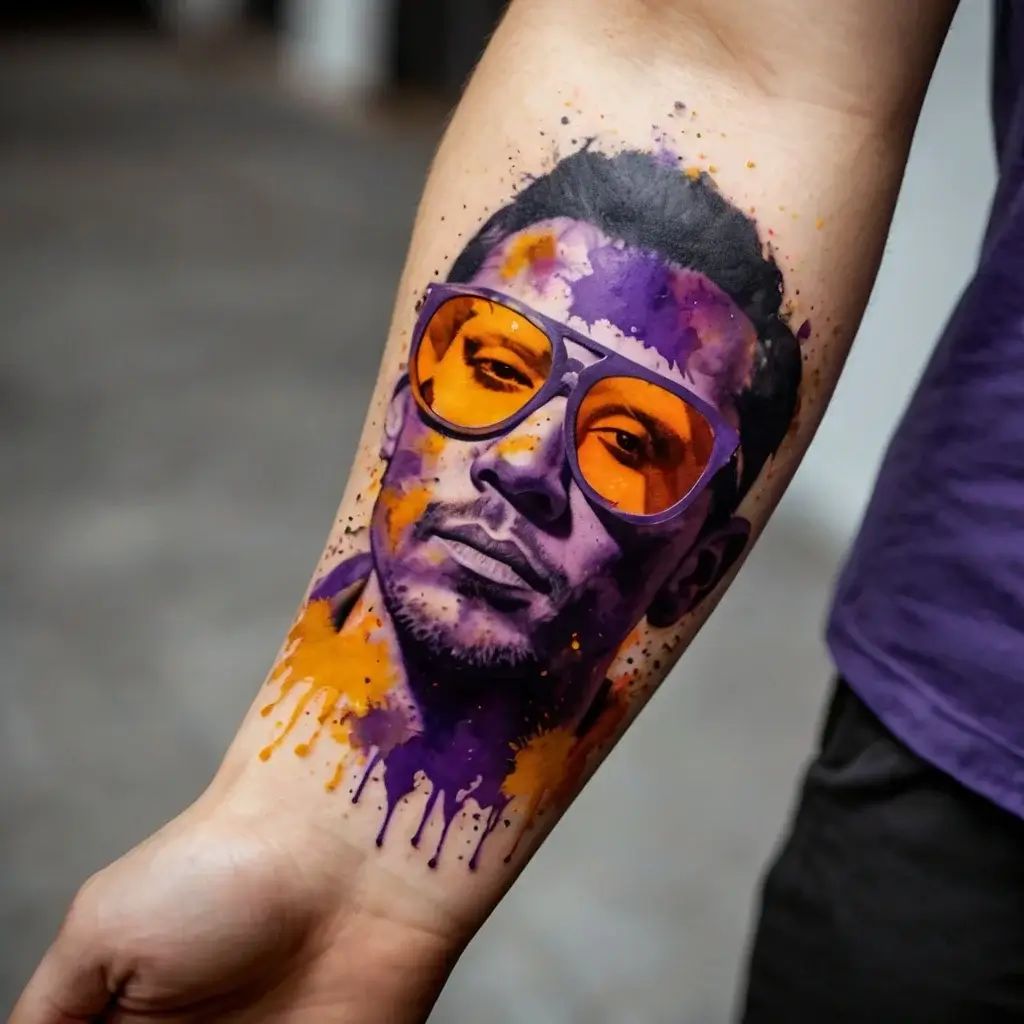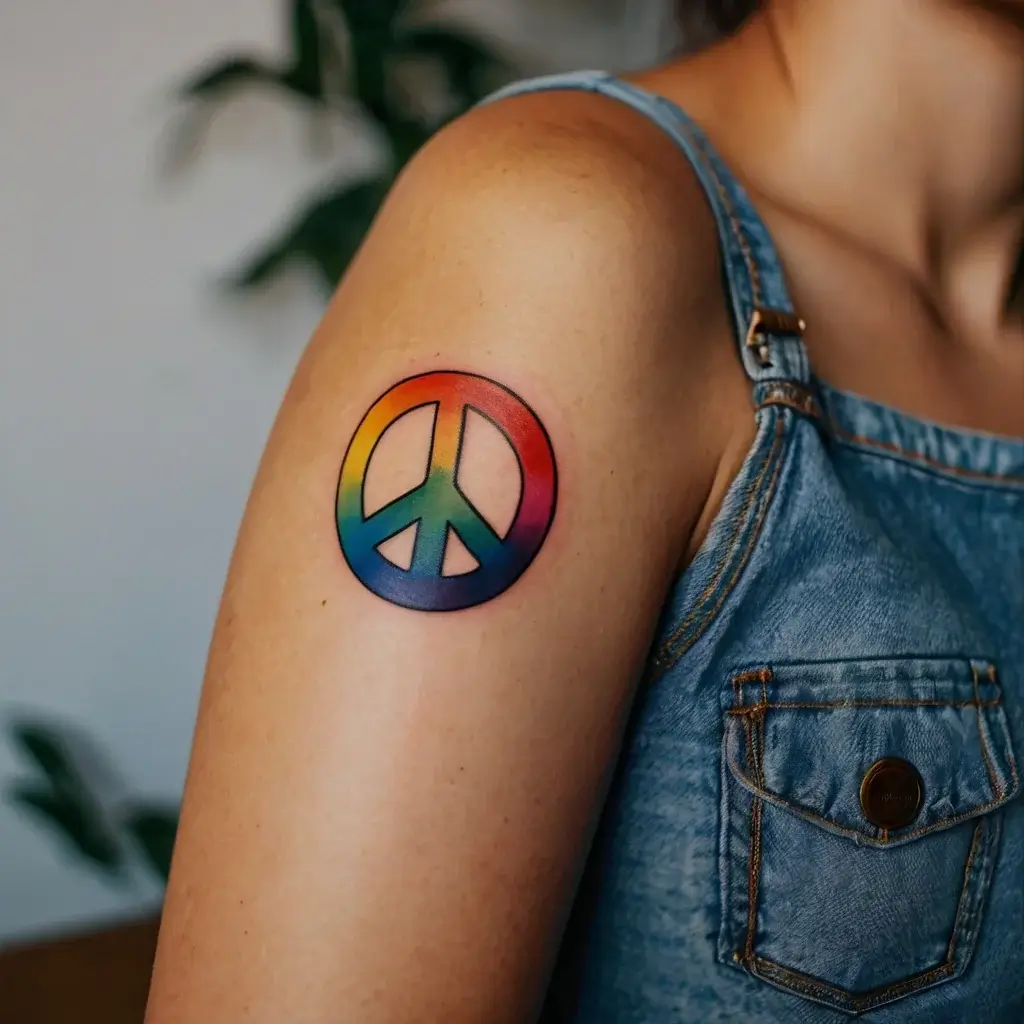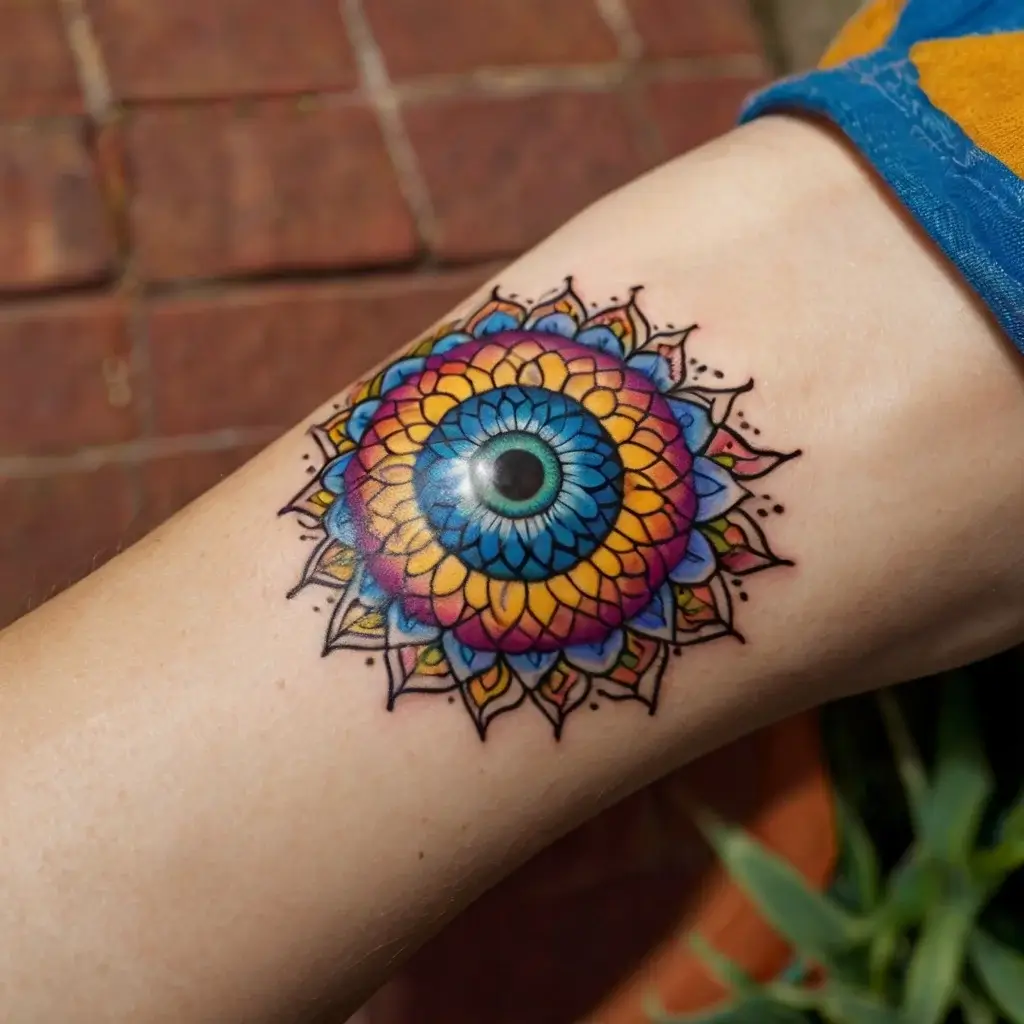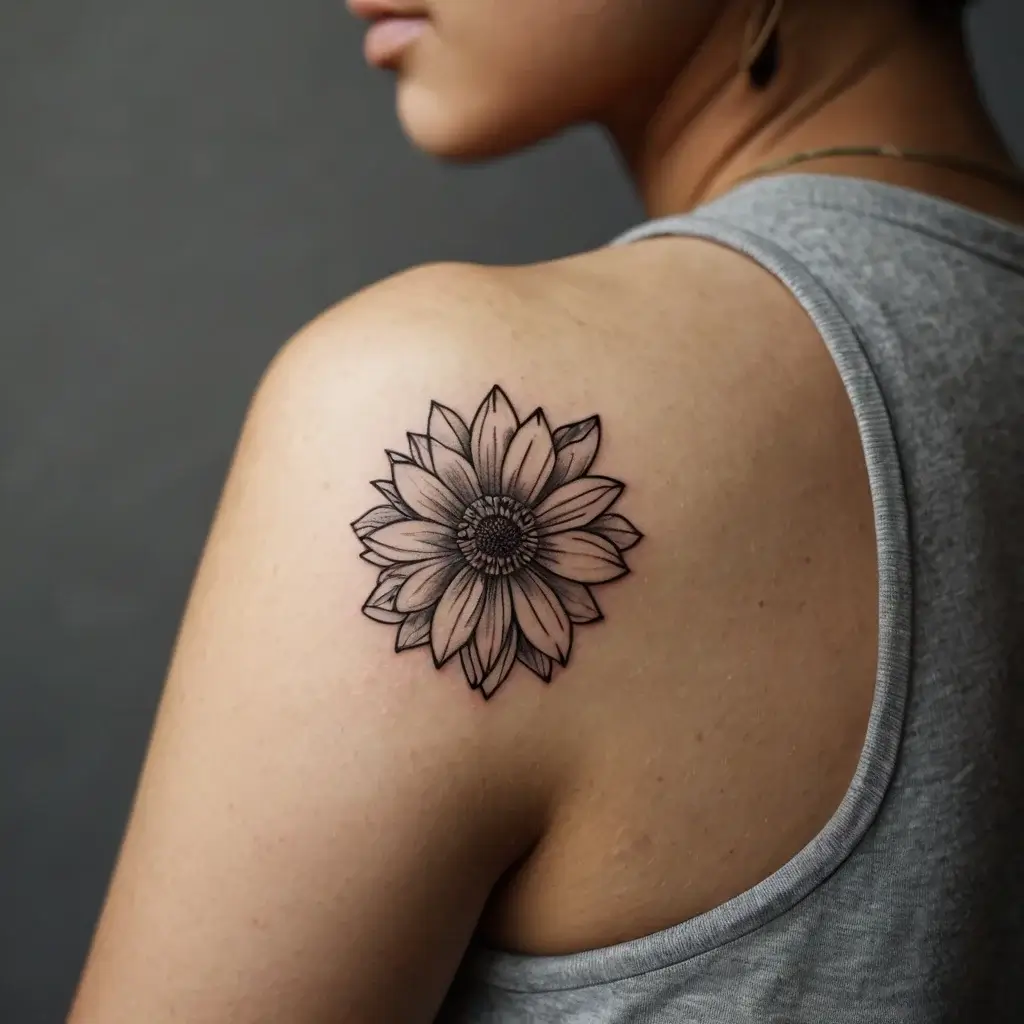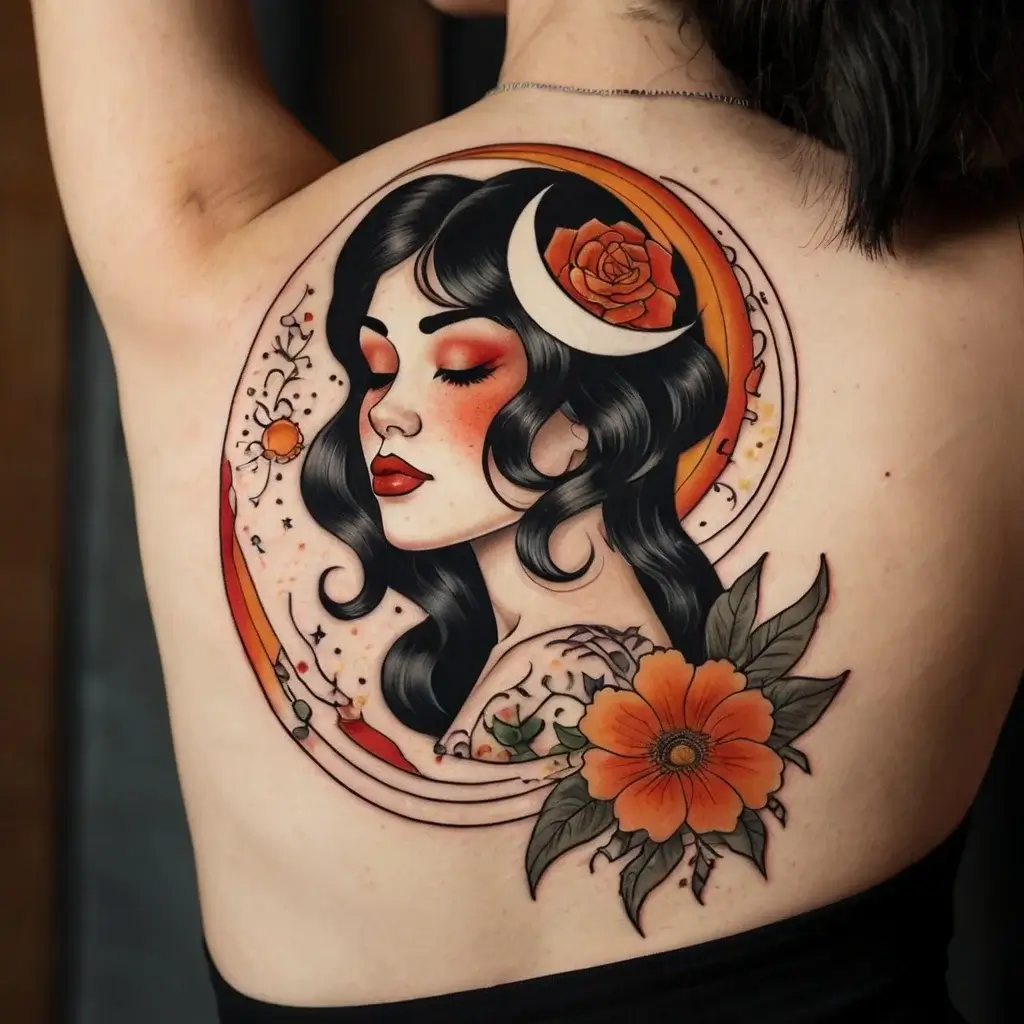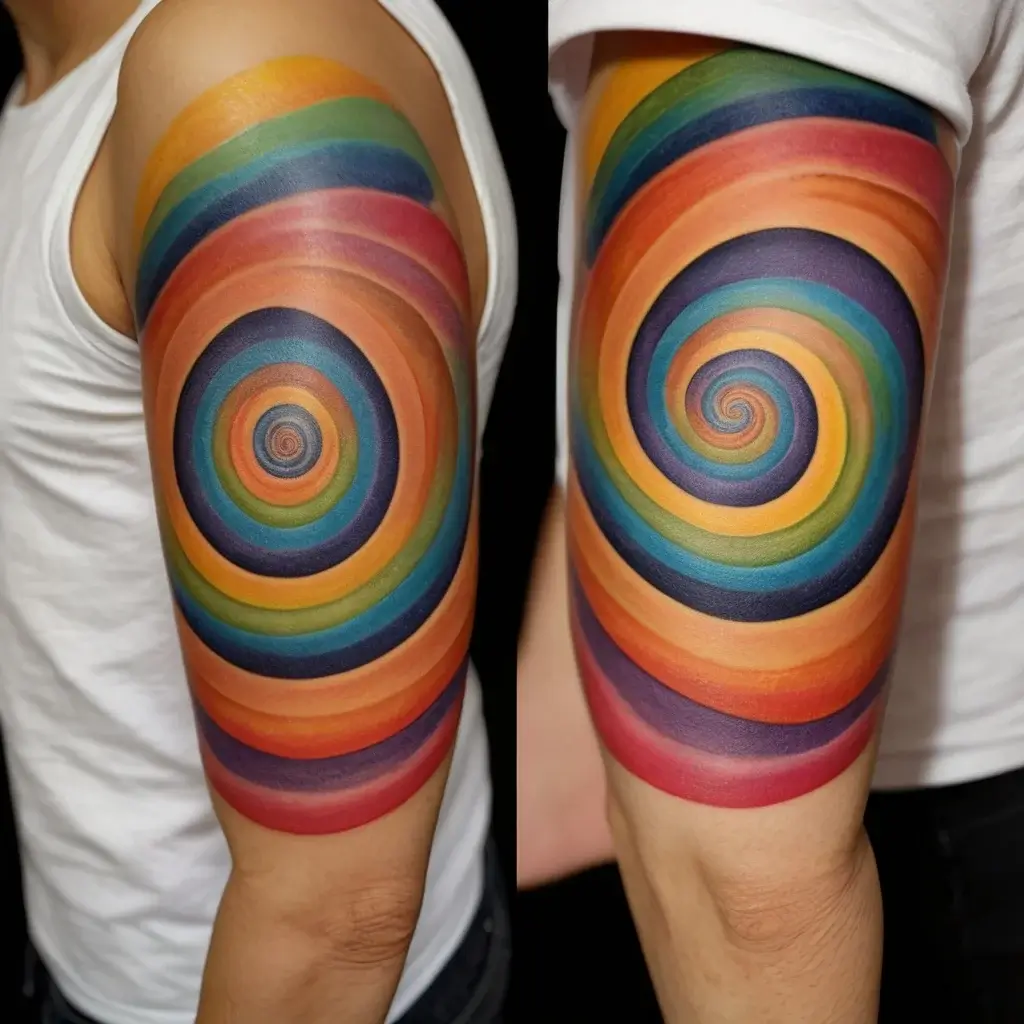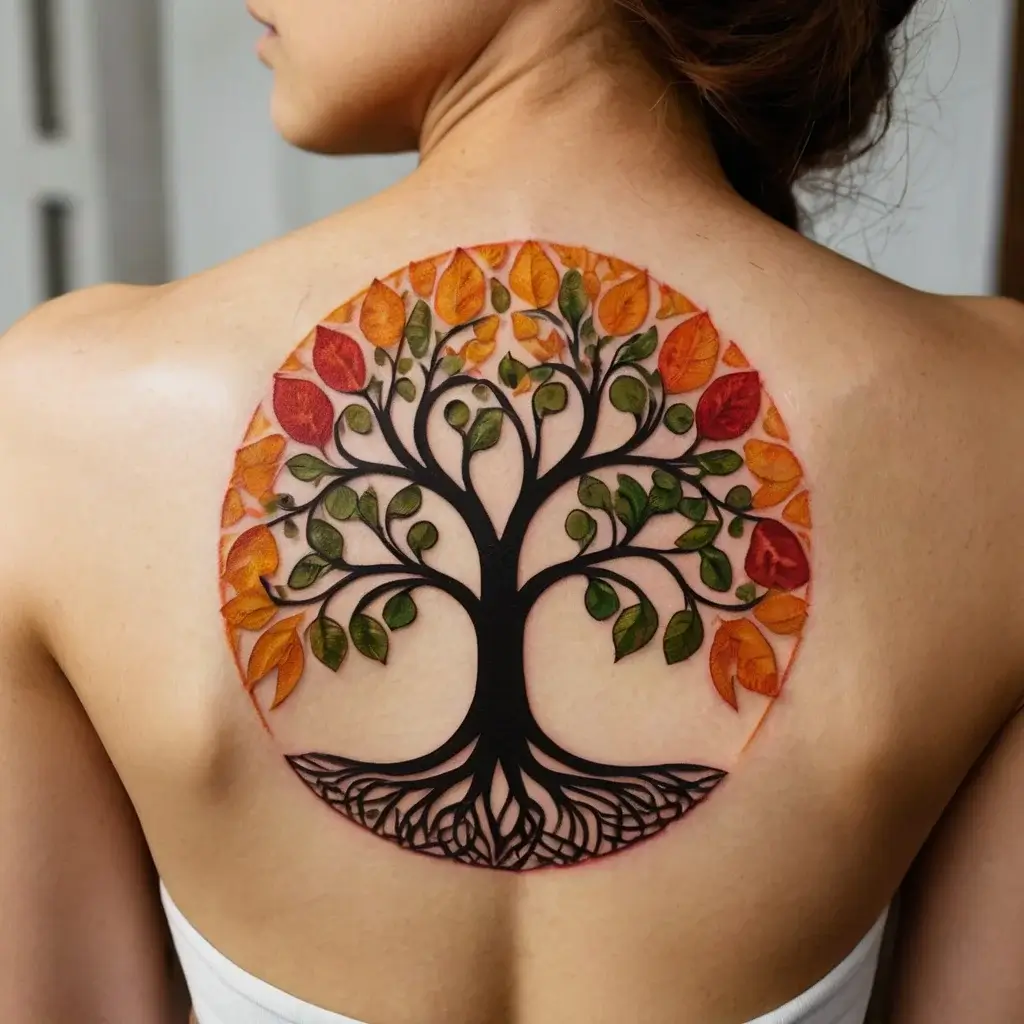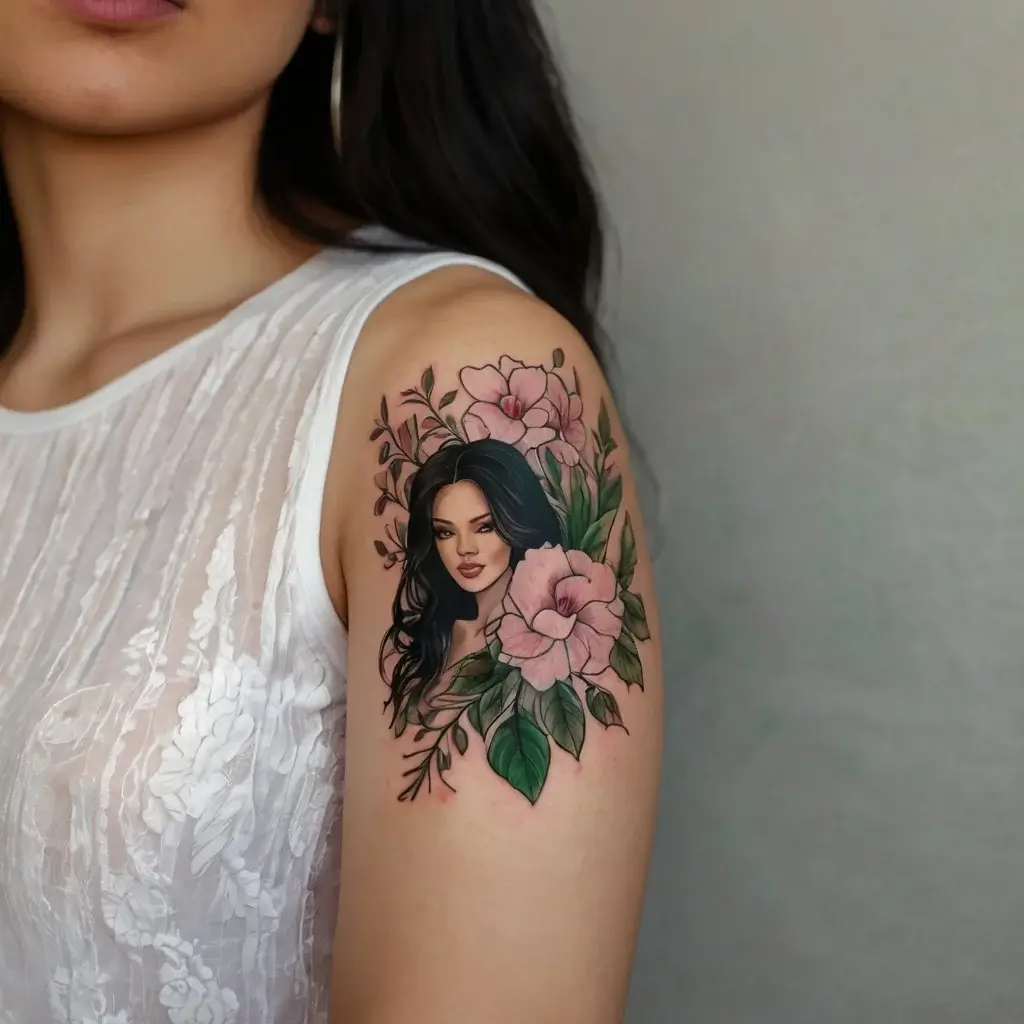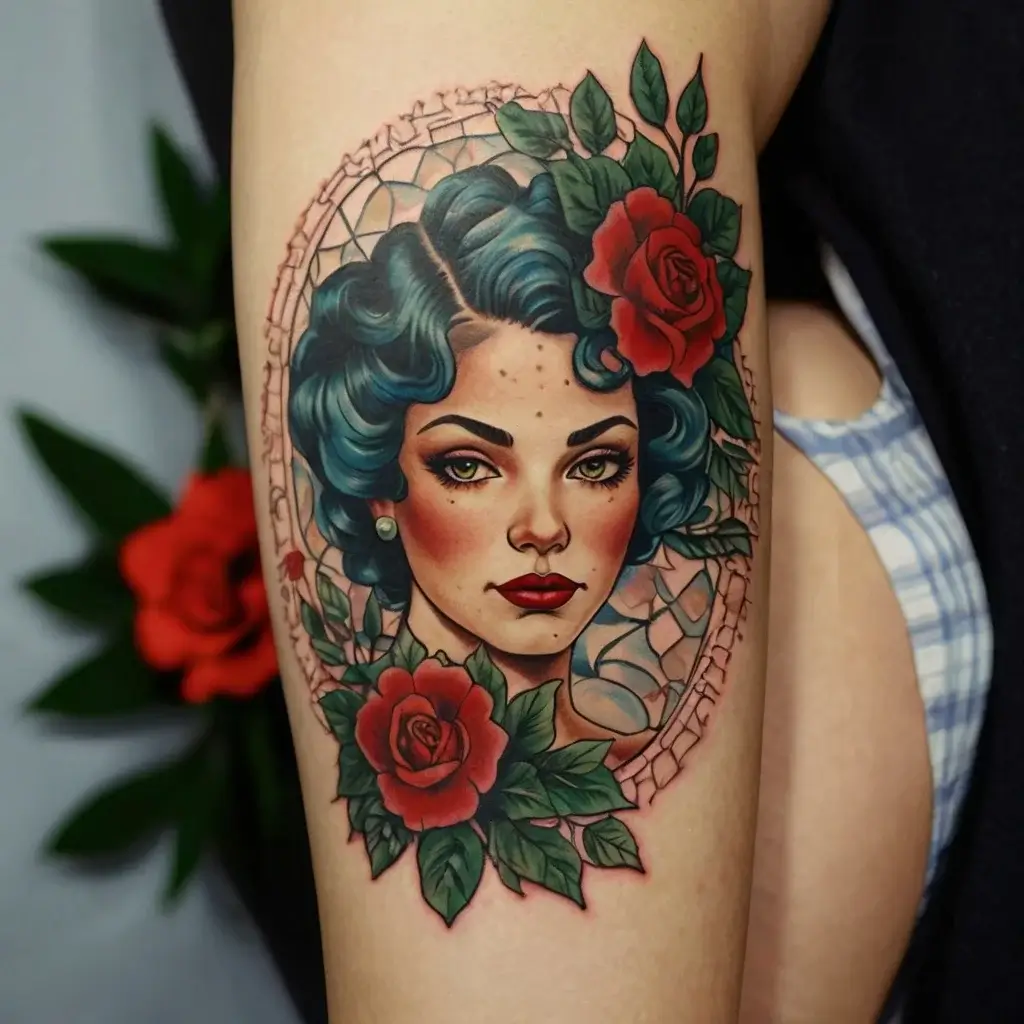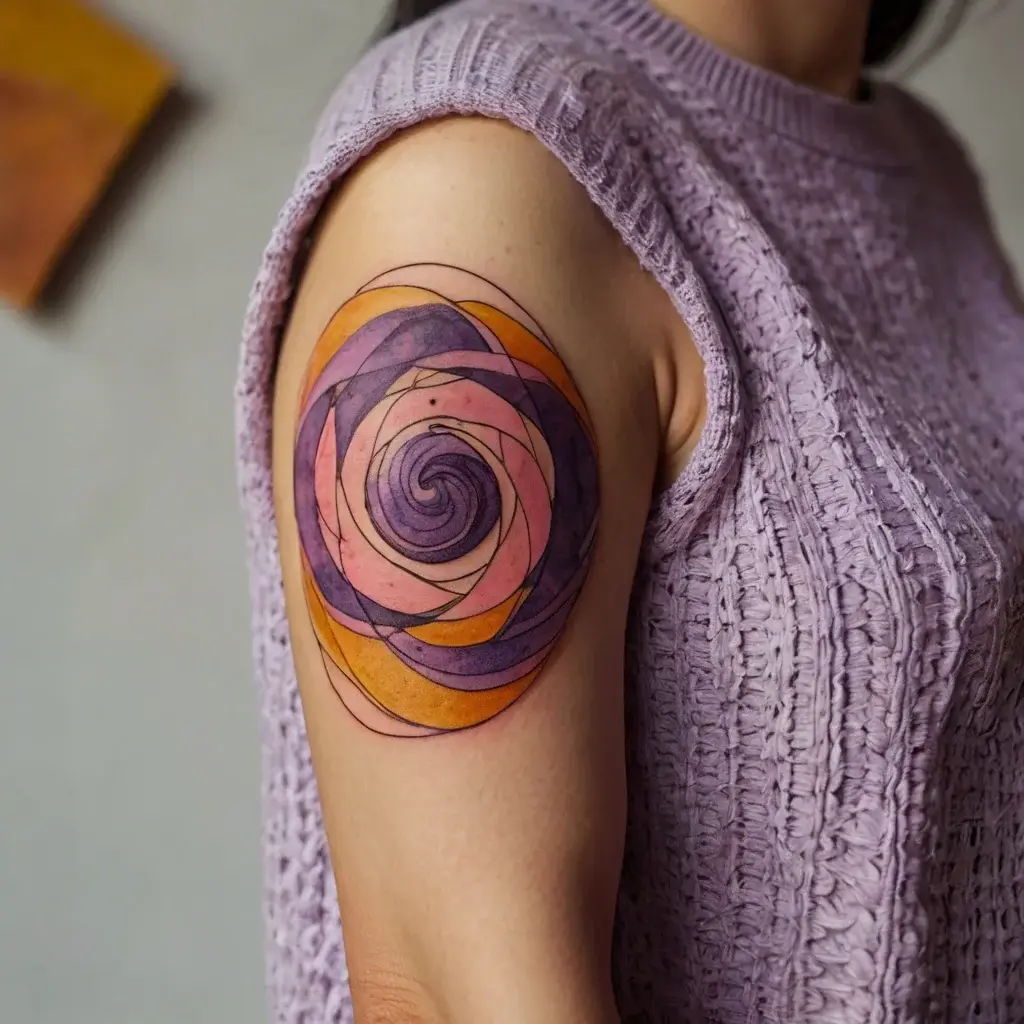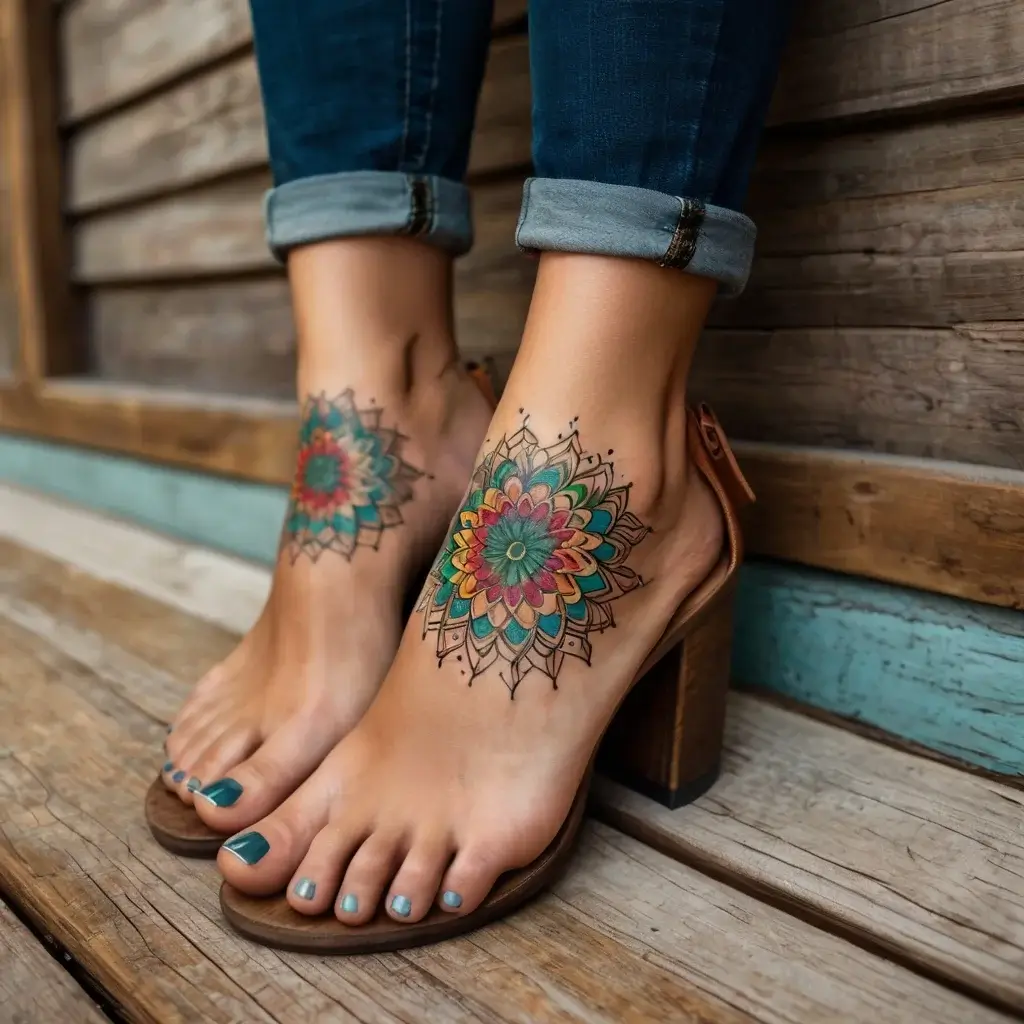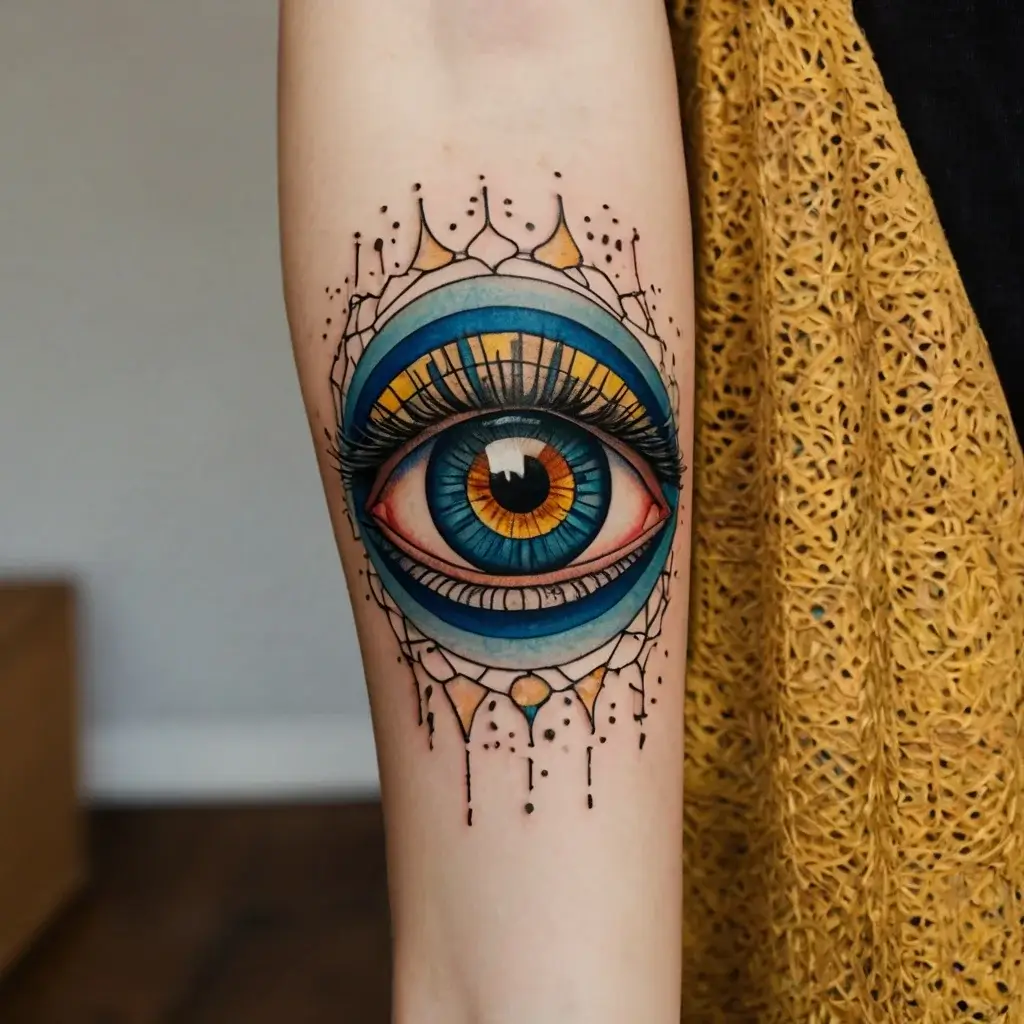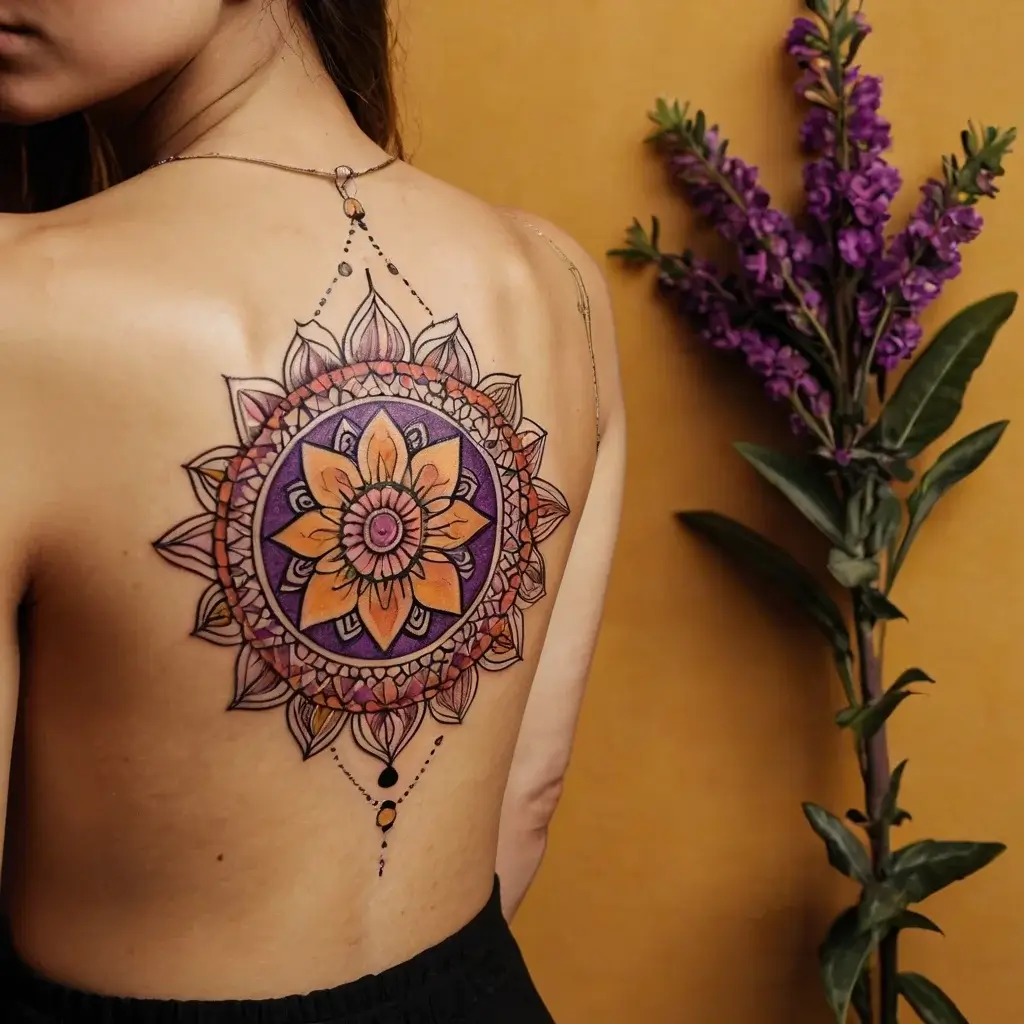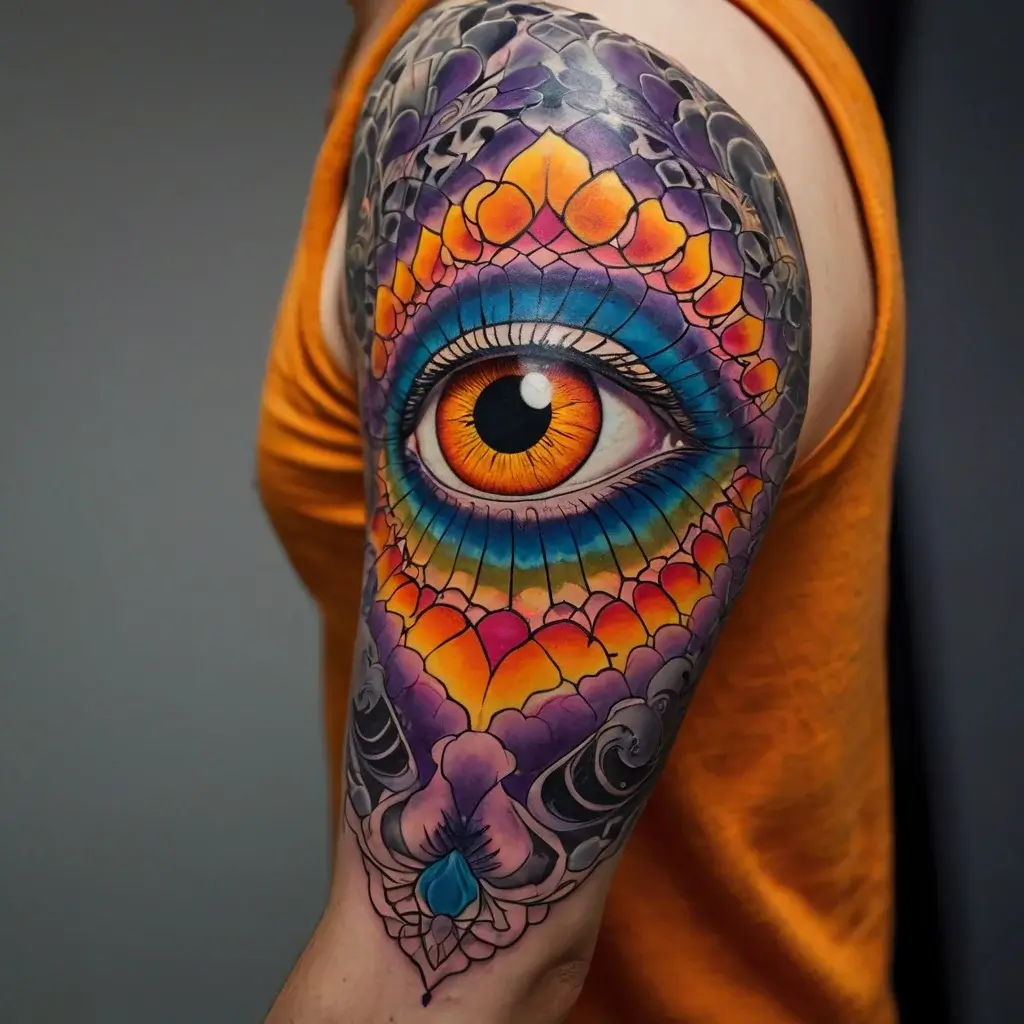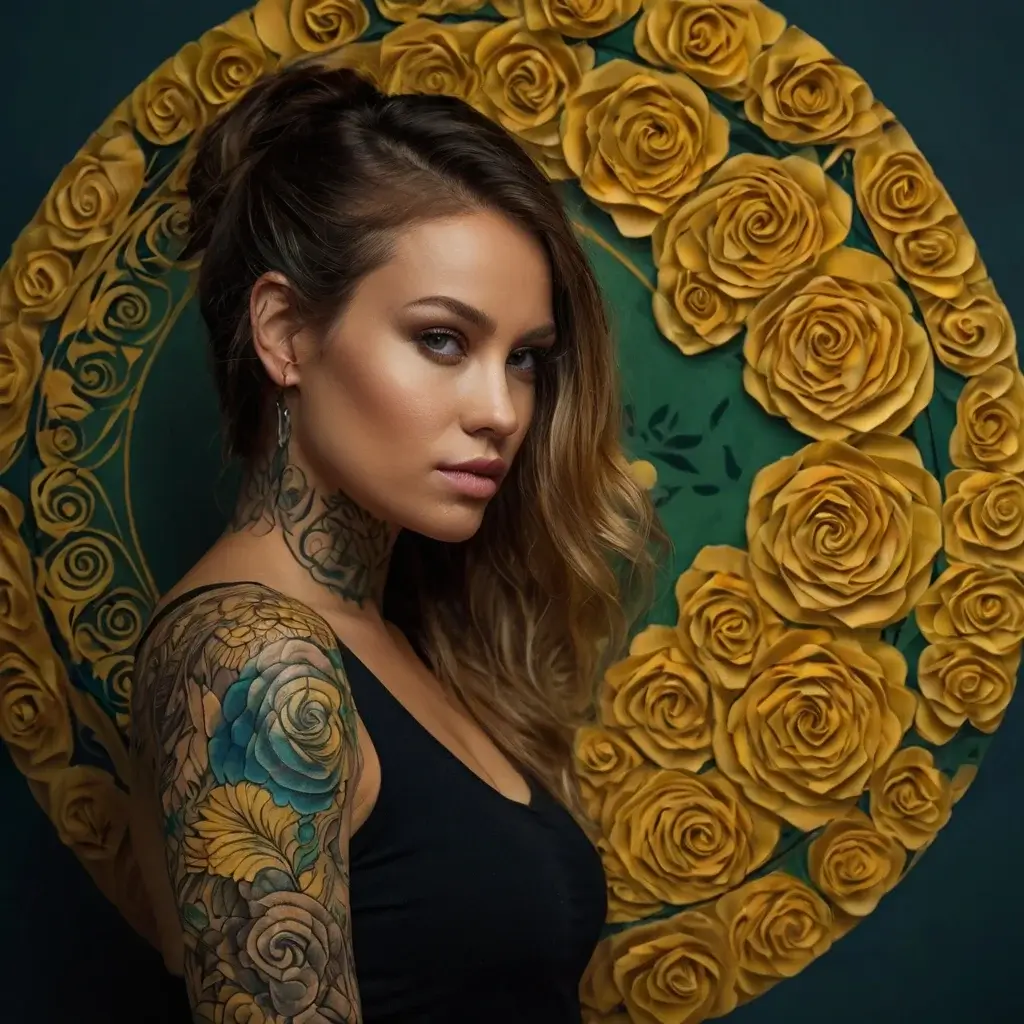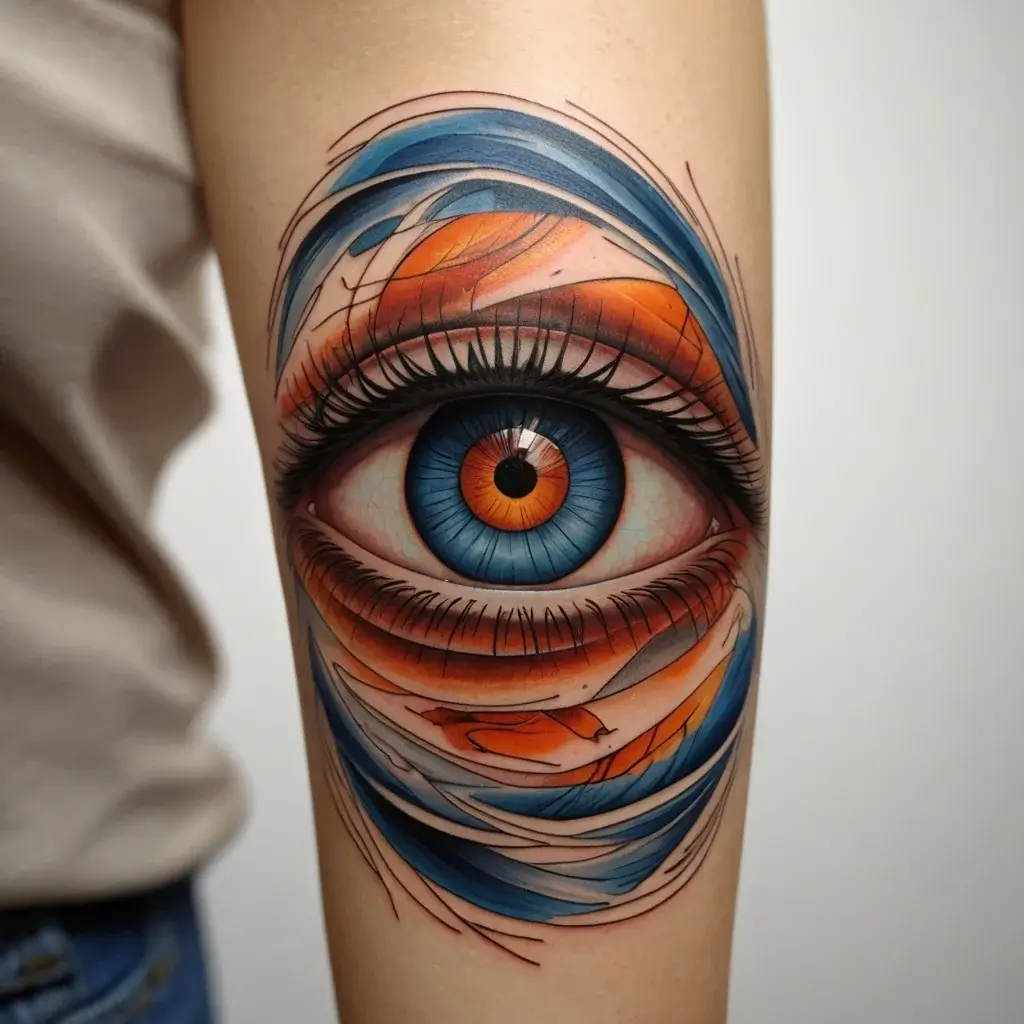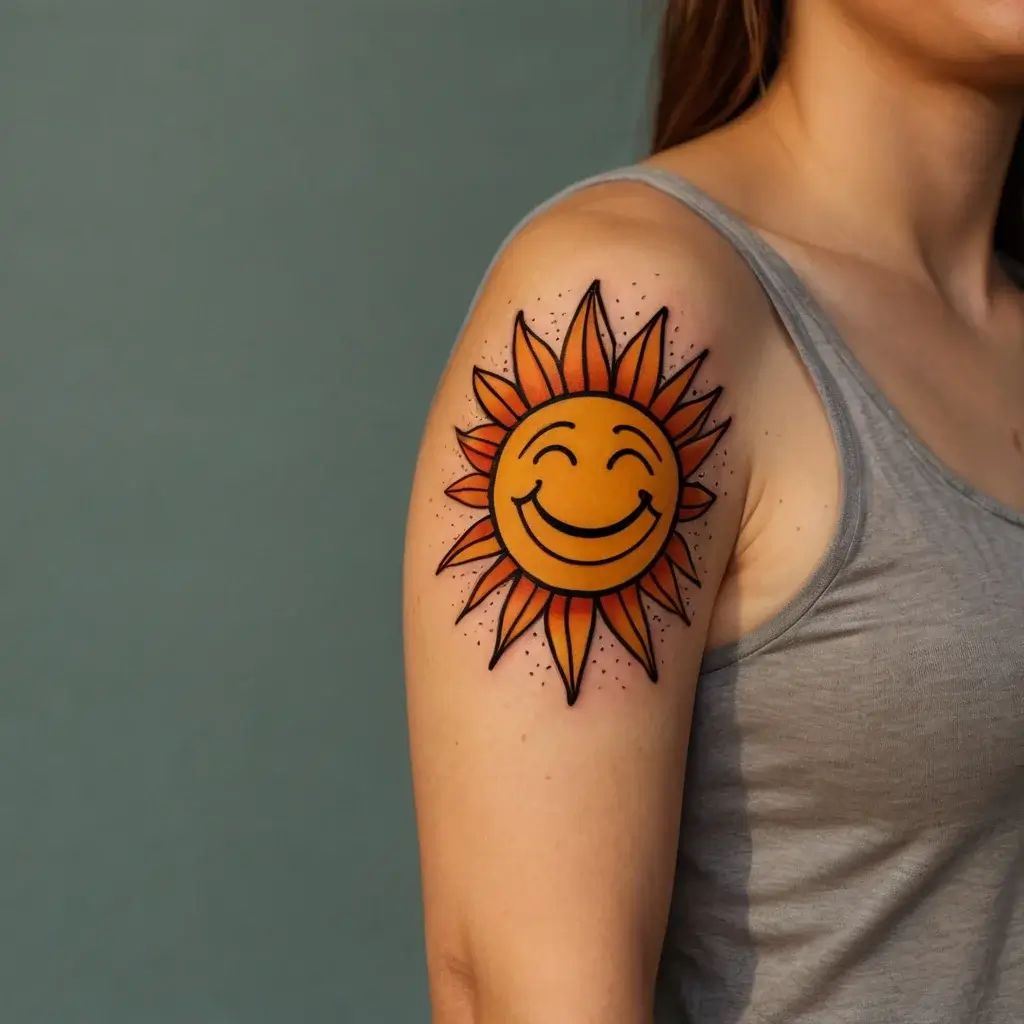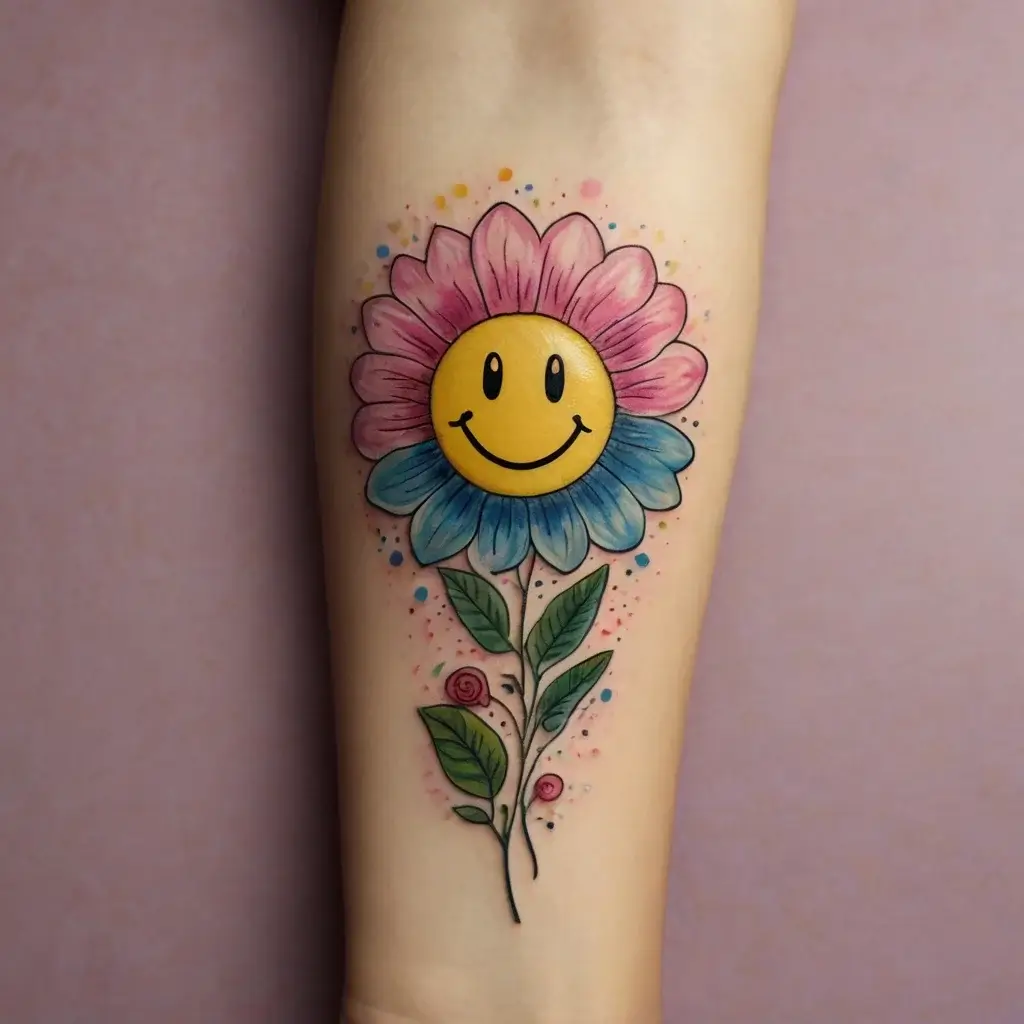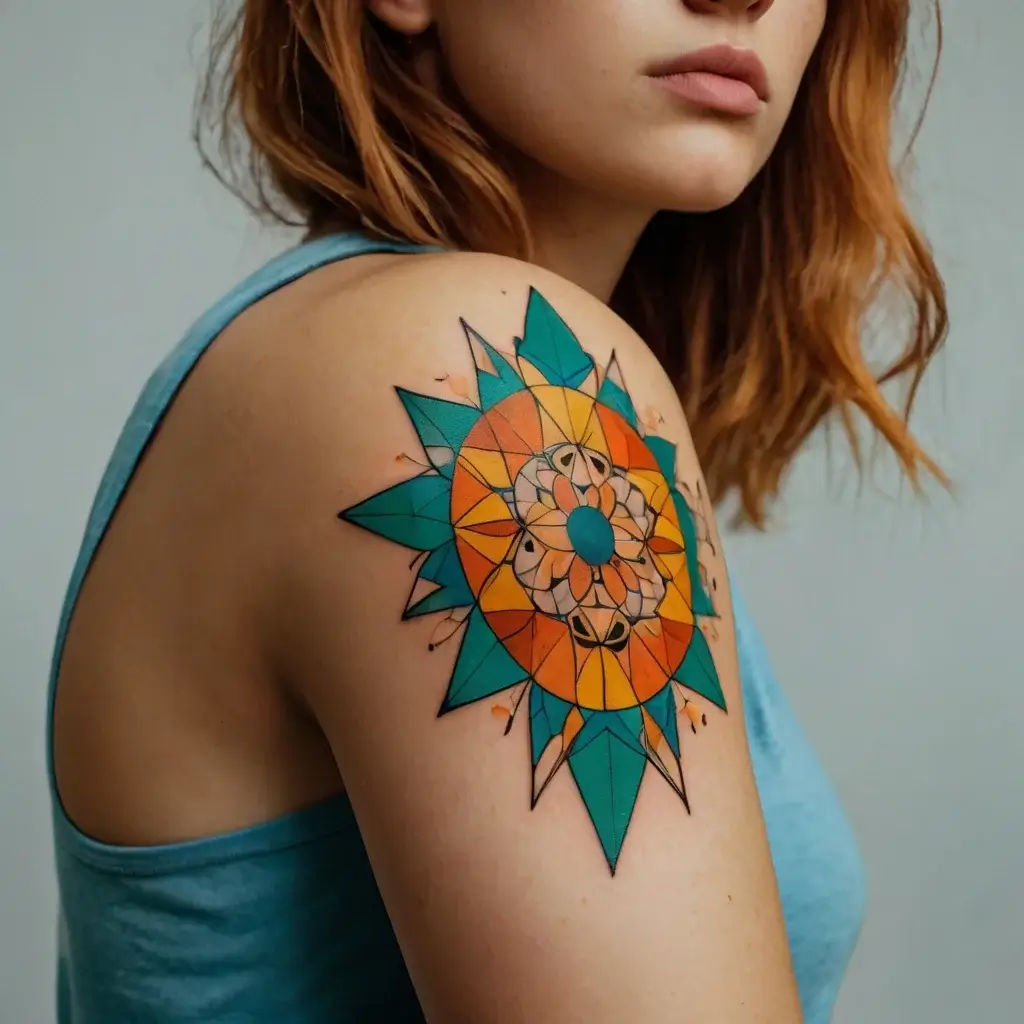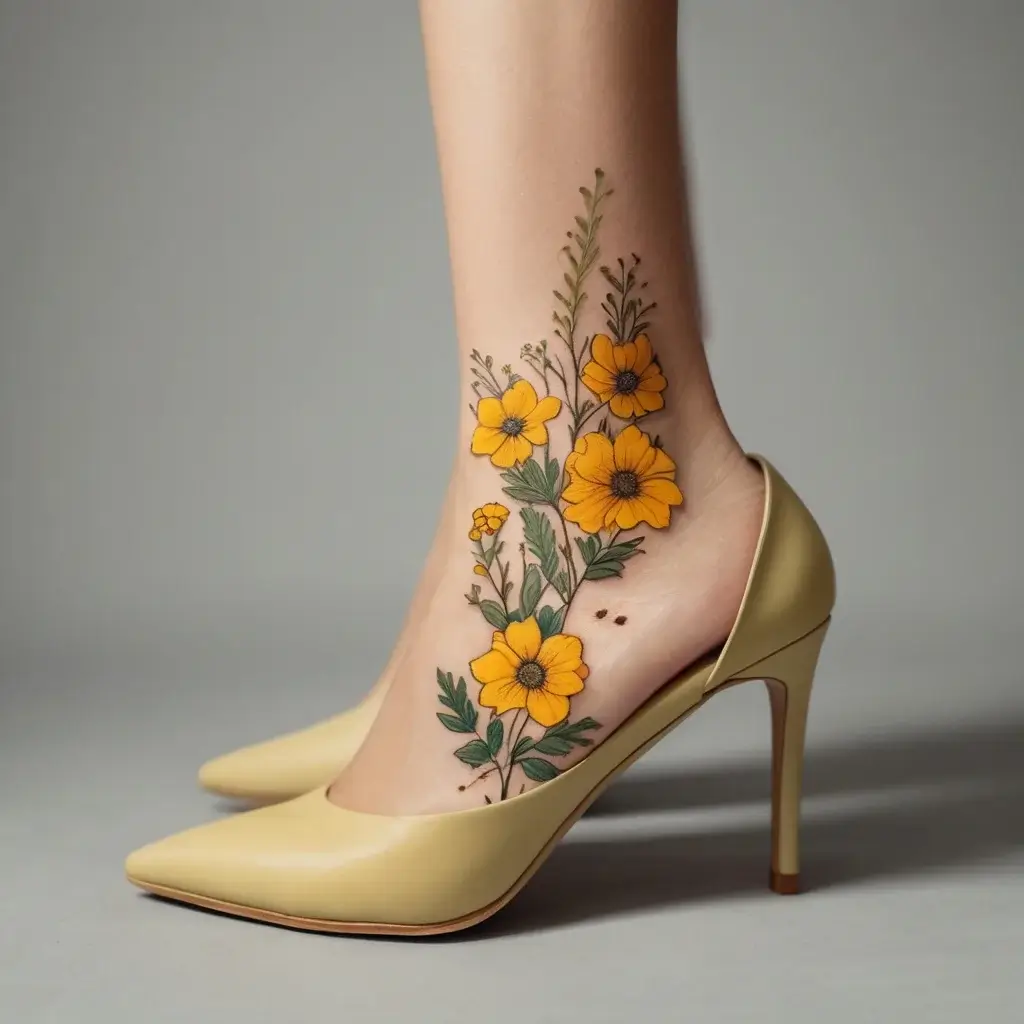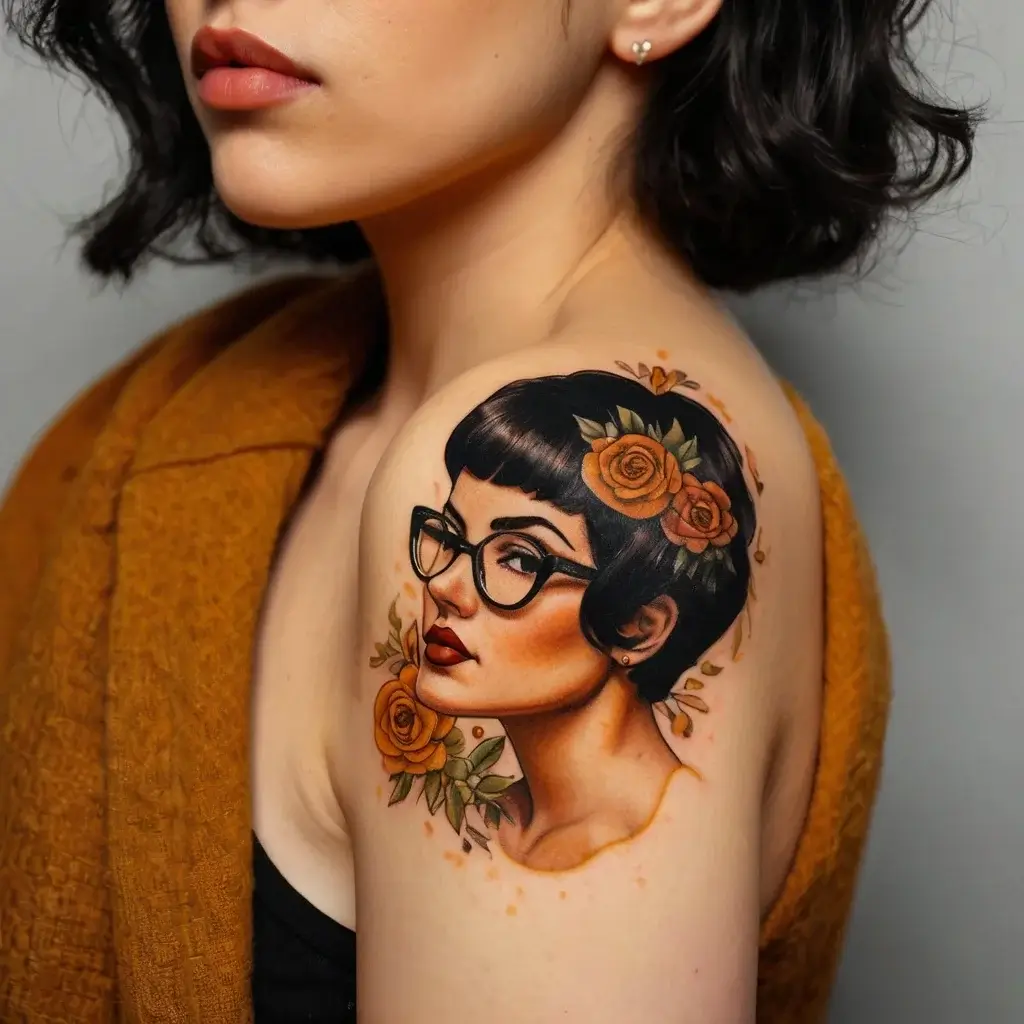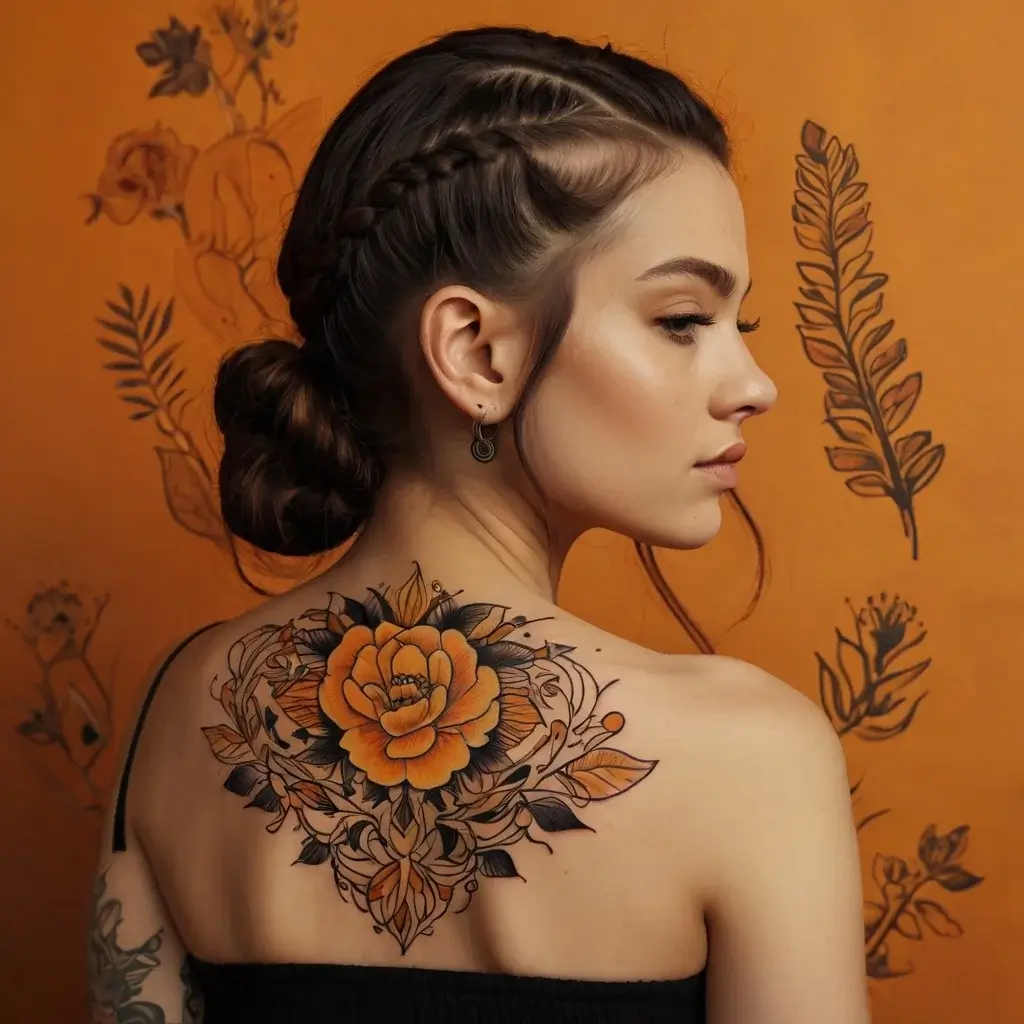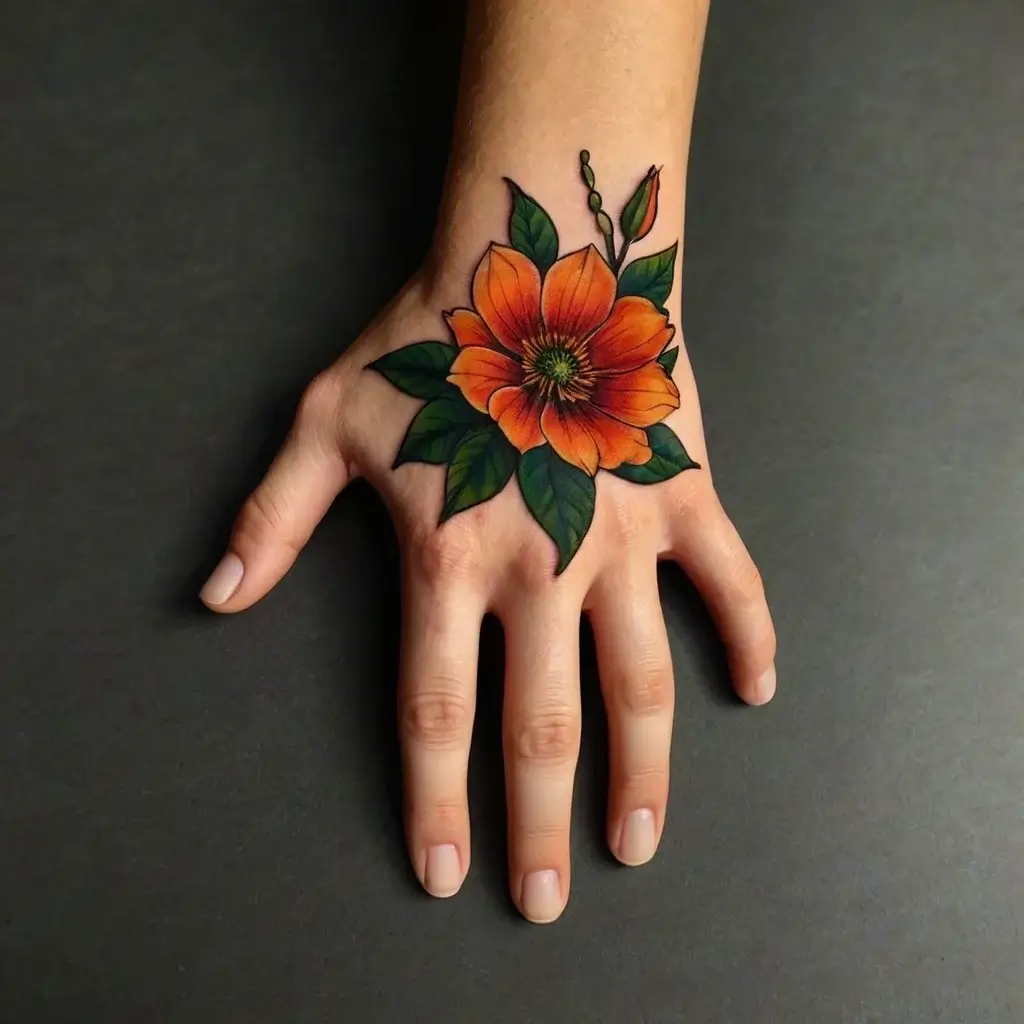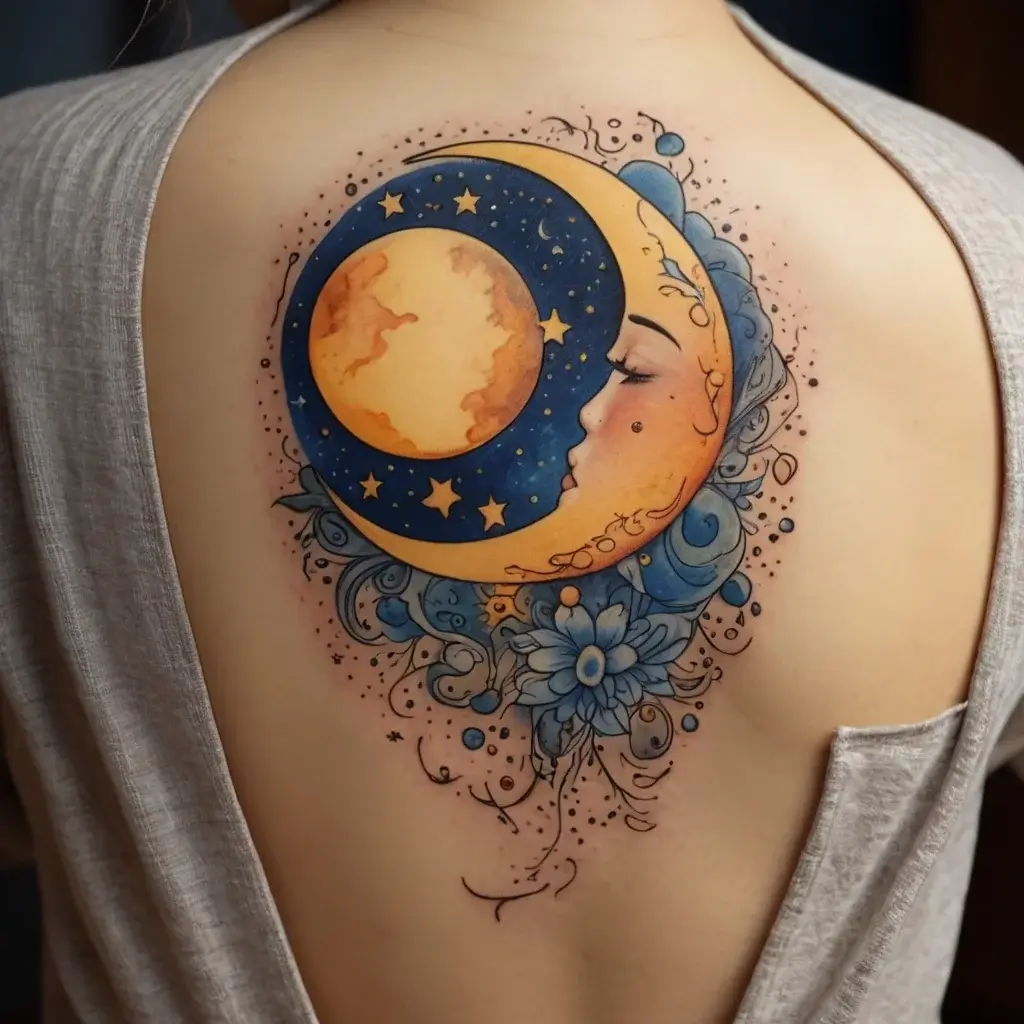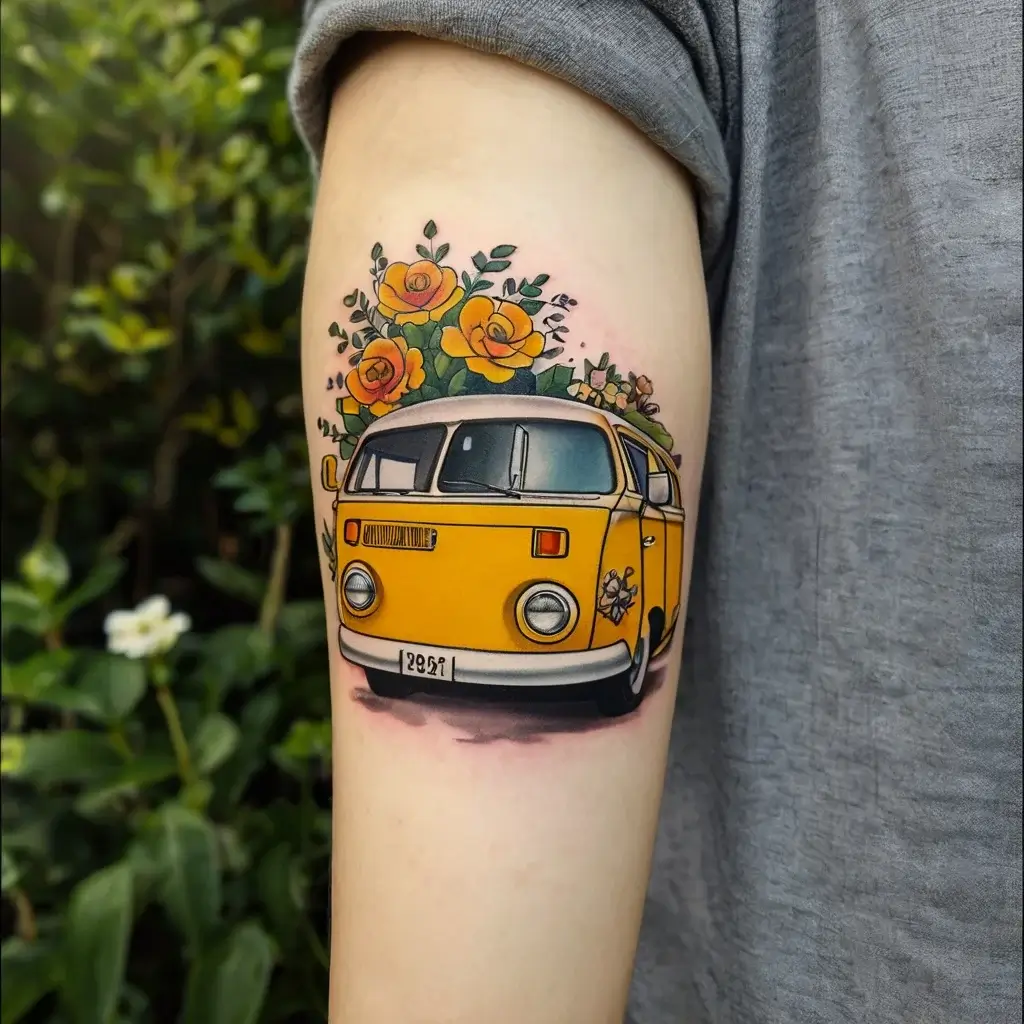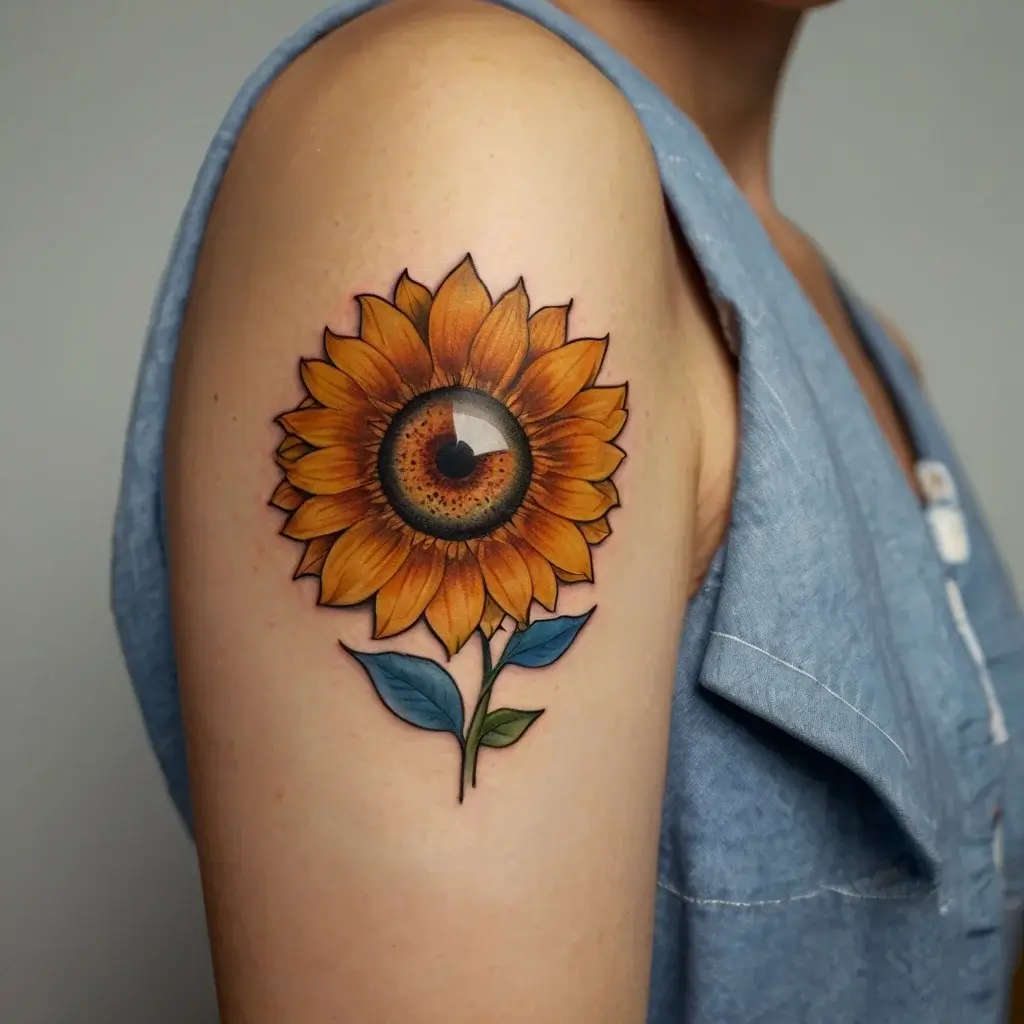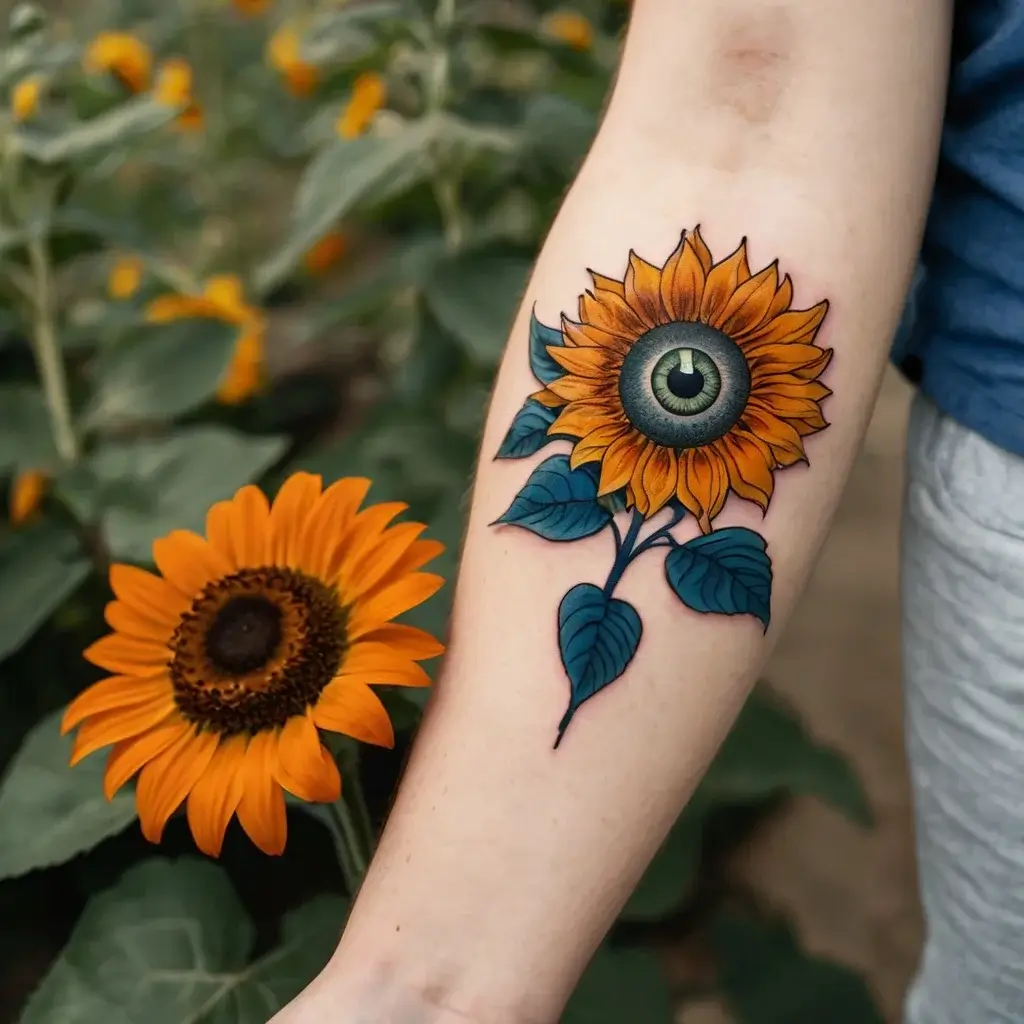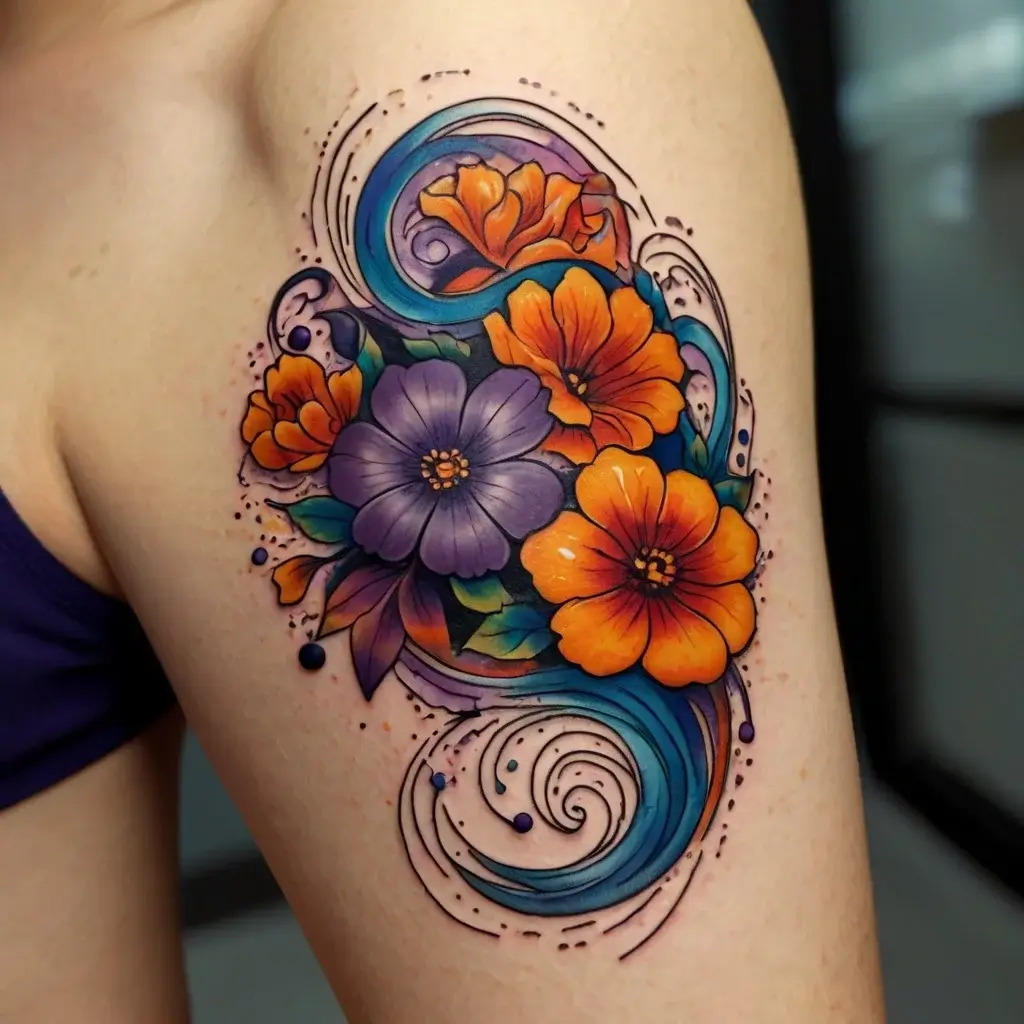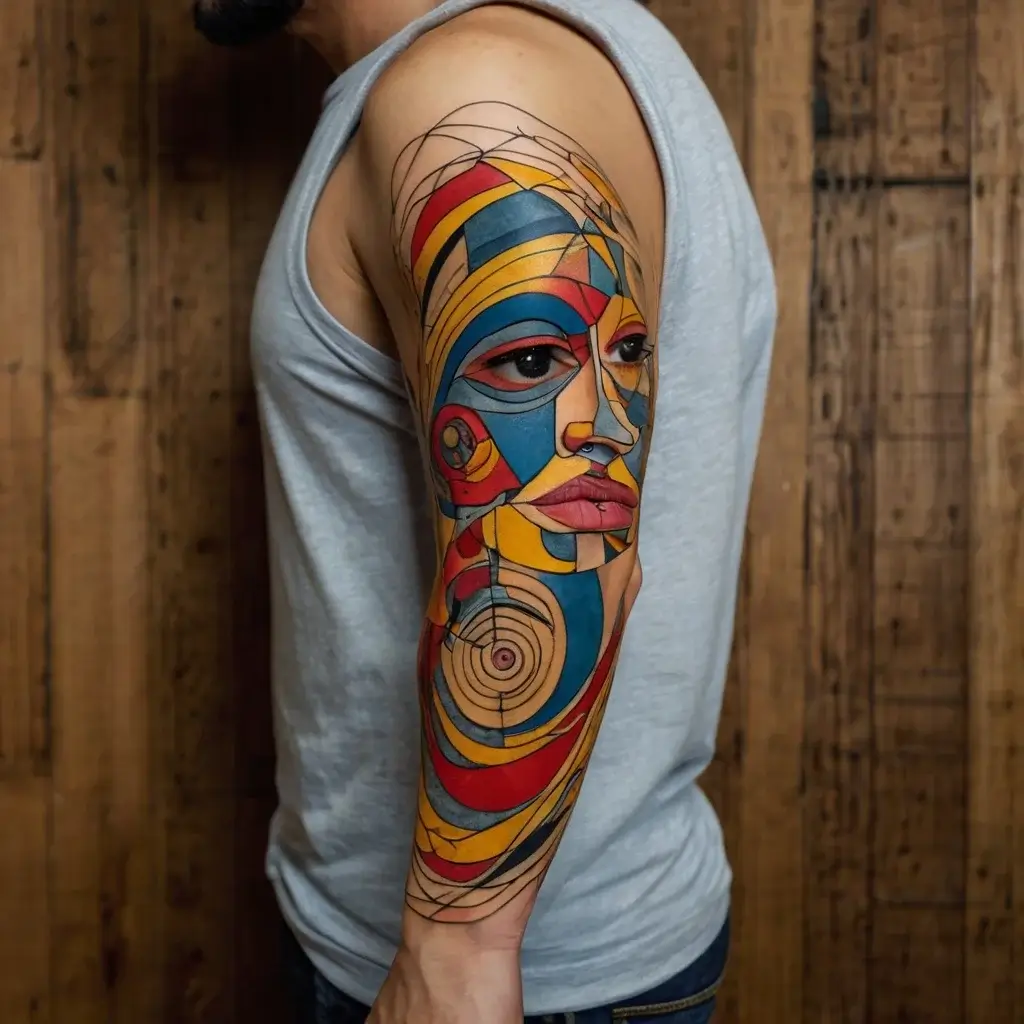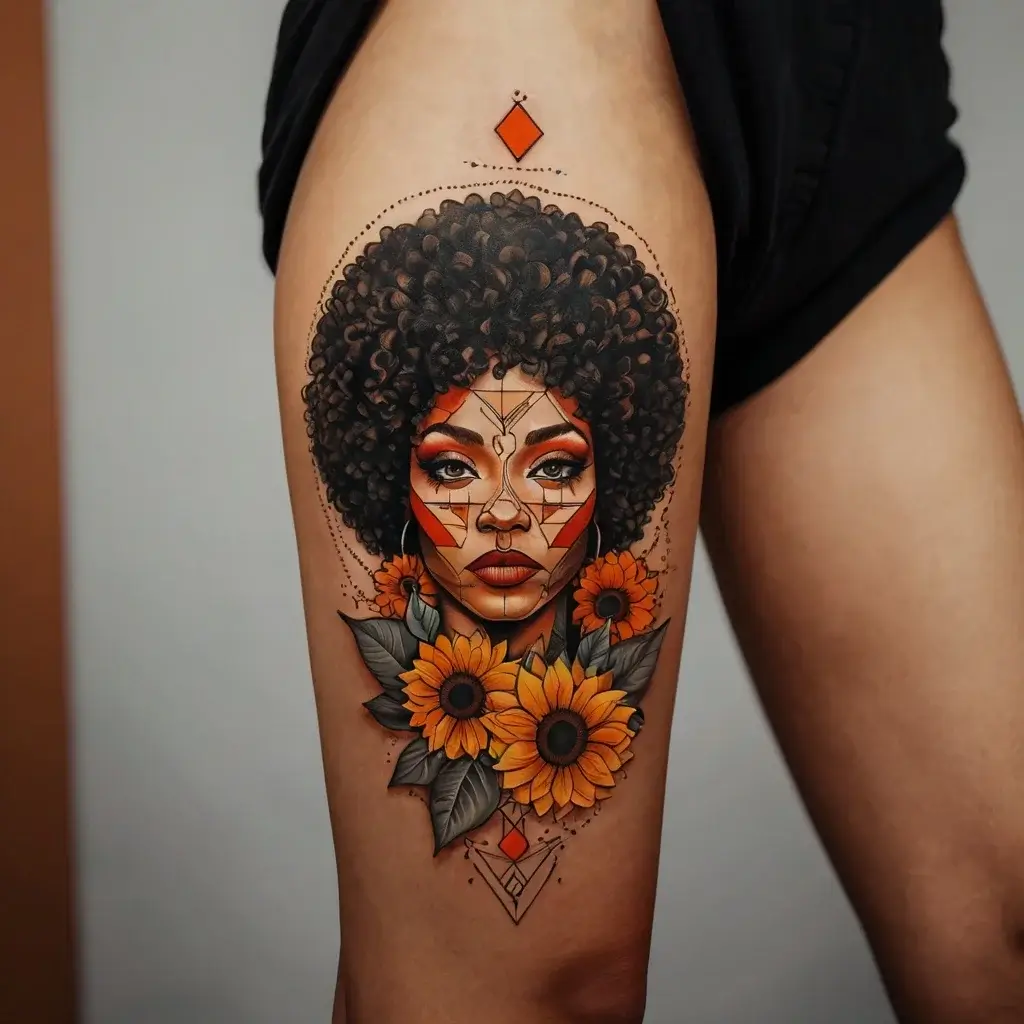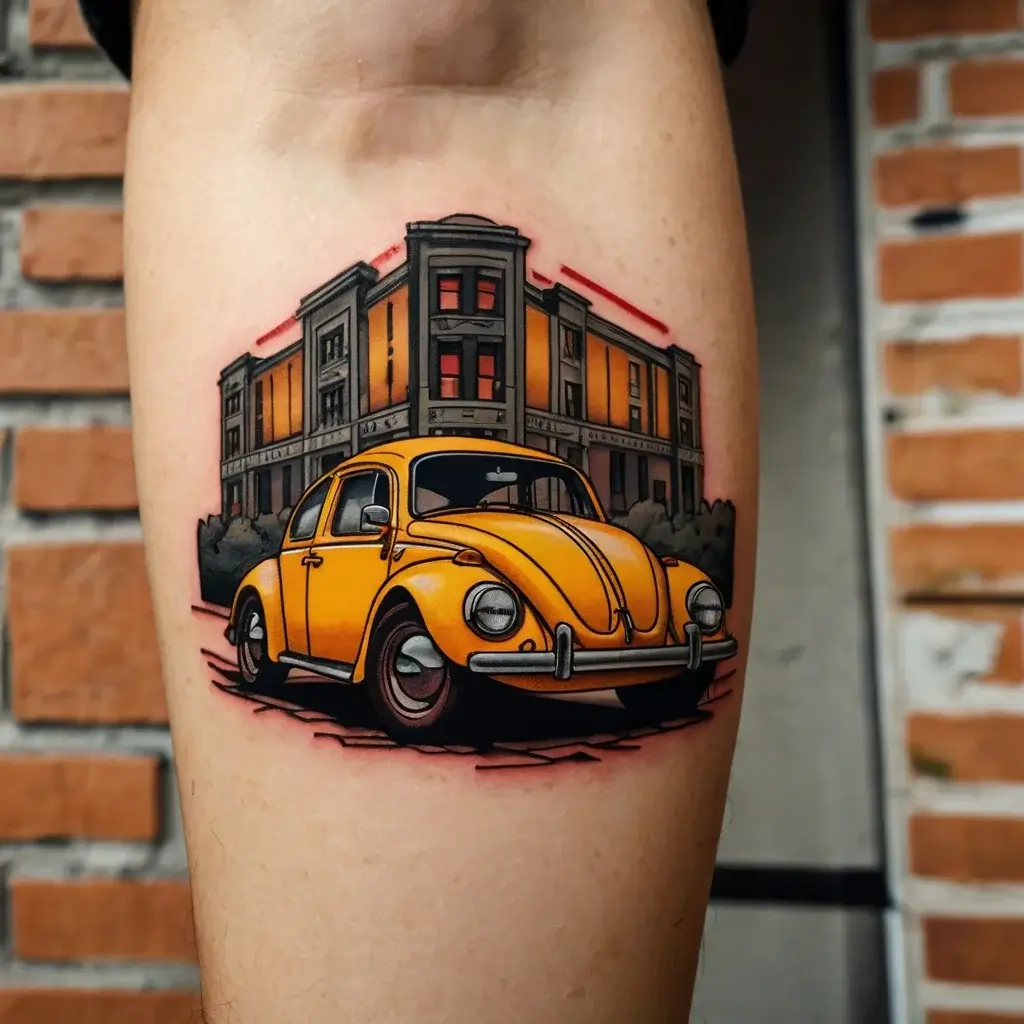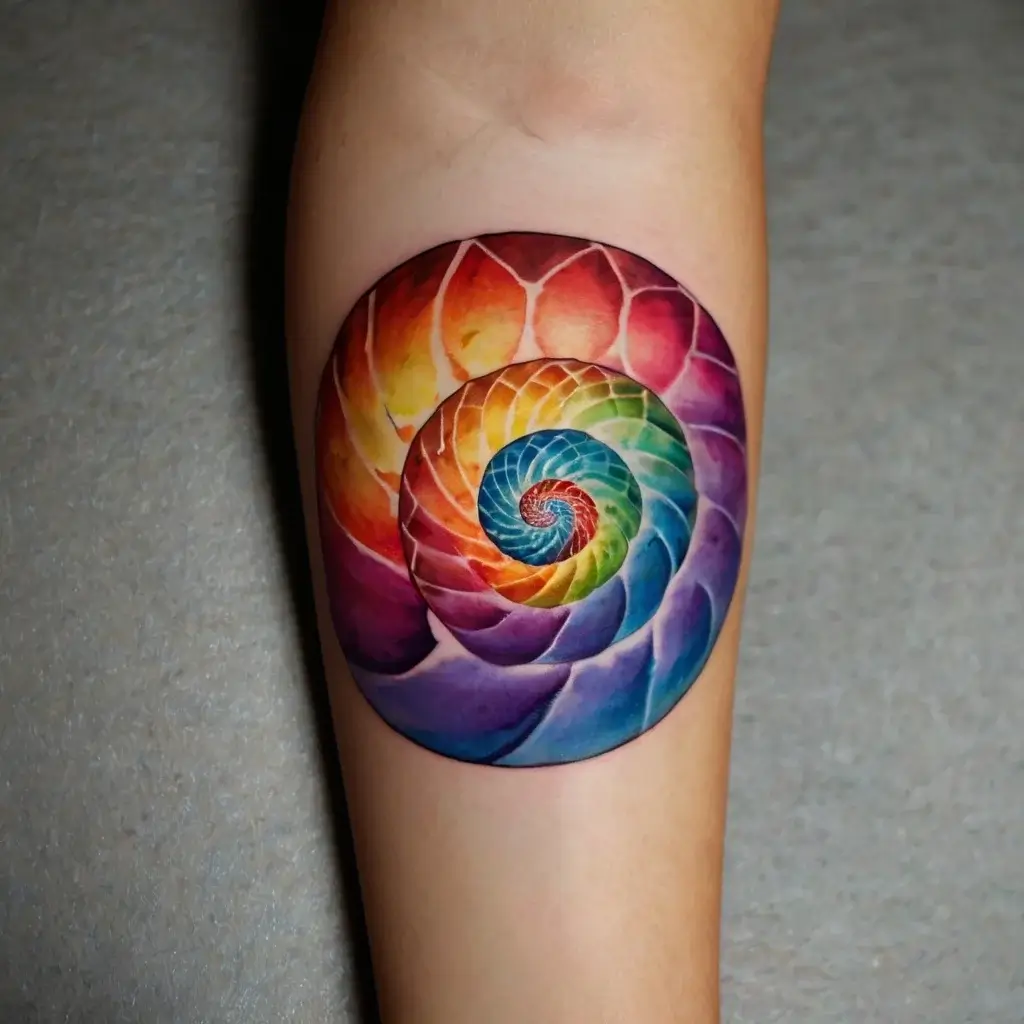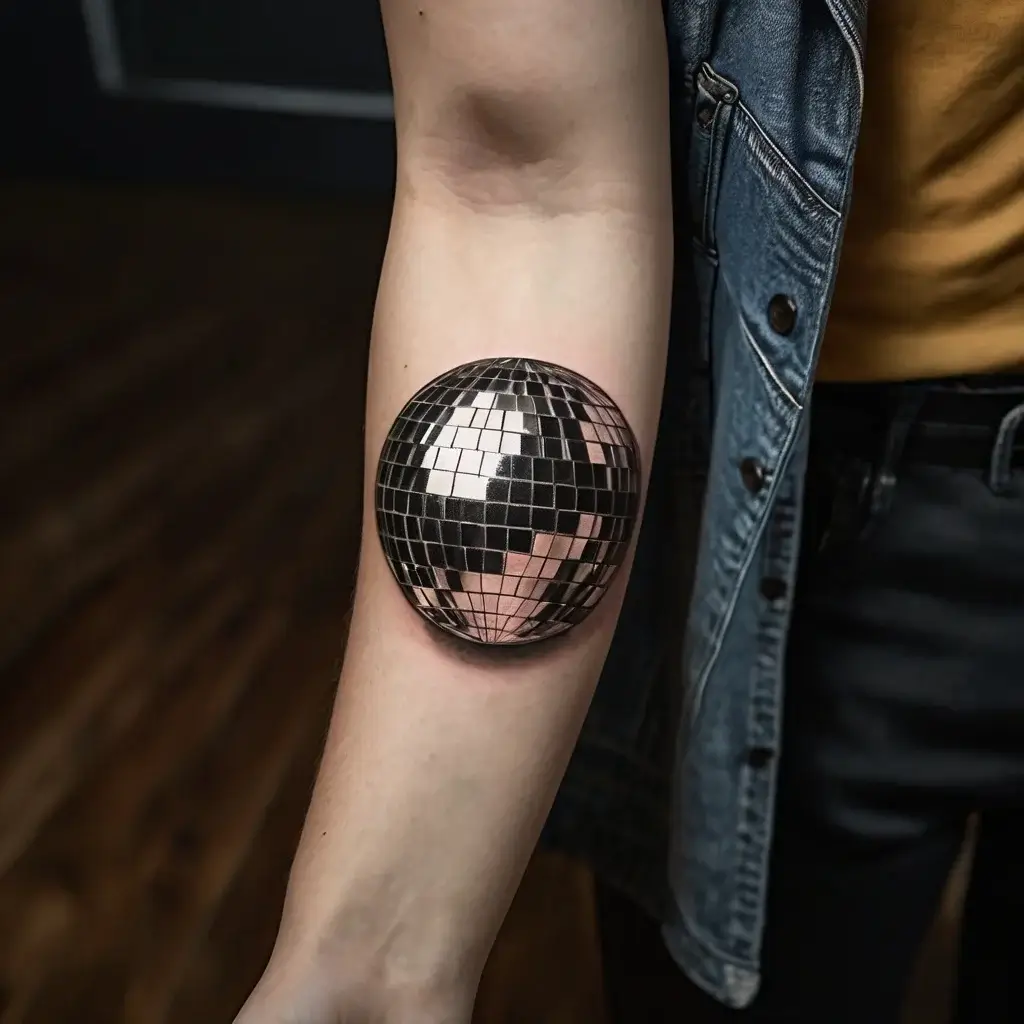The 70s was a decade of bold statements and self-expression. From peace marches to rock concerts, people found new ways to show the world who they were. Tattoos became one of those ways. They weren’t just ink on skin—they were symbols of freedom, rebellion, and identity. This era brought designs that reflected the times: peace signs, nature-inspired art, tribal patterns, and psychedelic swirls. Each tattoo had a story, a meaning tied to the person wearing it. In this article, we’ll explore the iconic tattoos of the 70s, their symbolism, and how they shaped the art of tattooing forever.
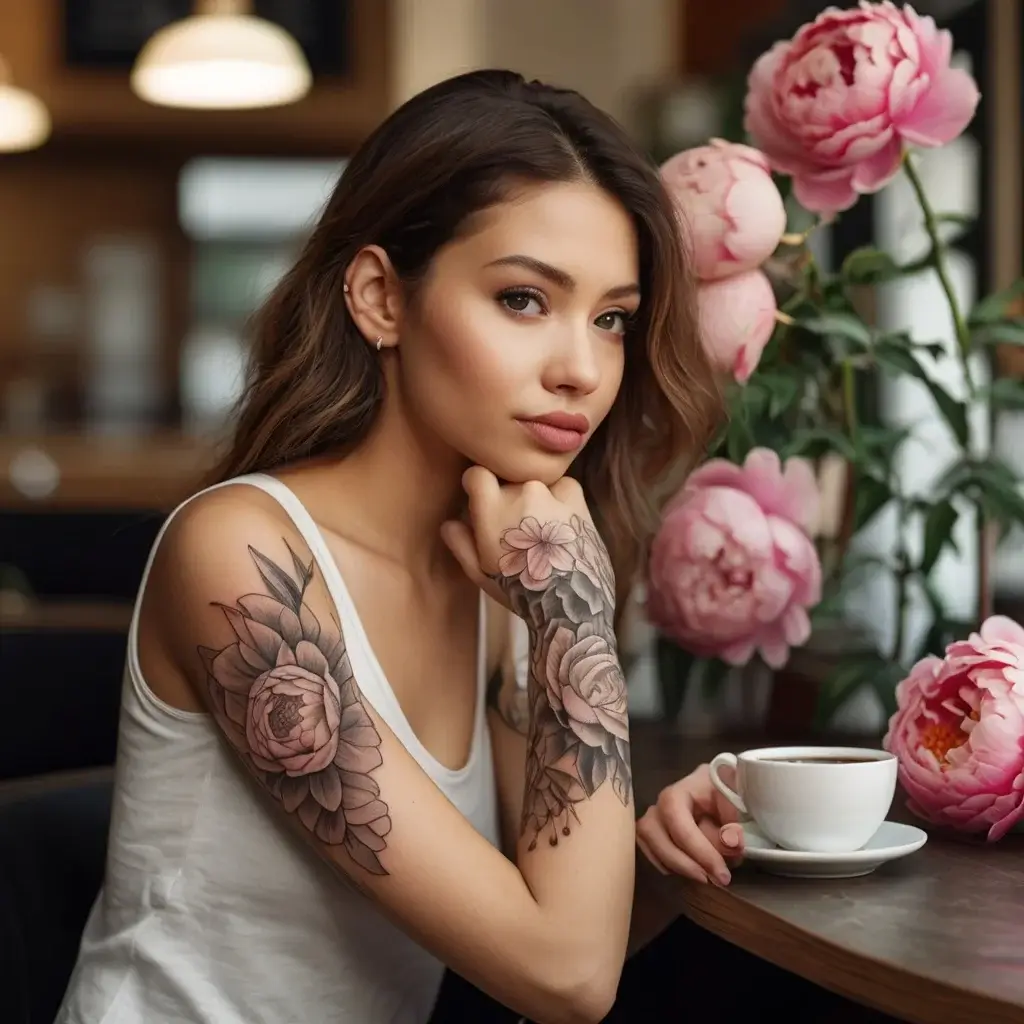
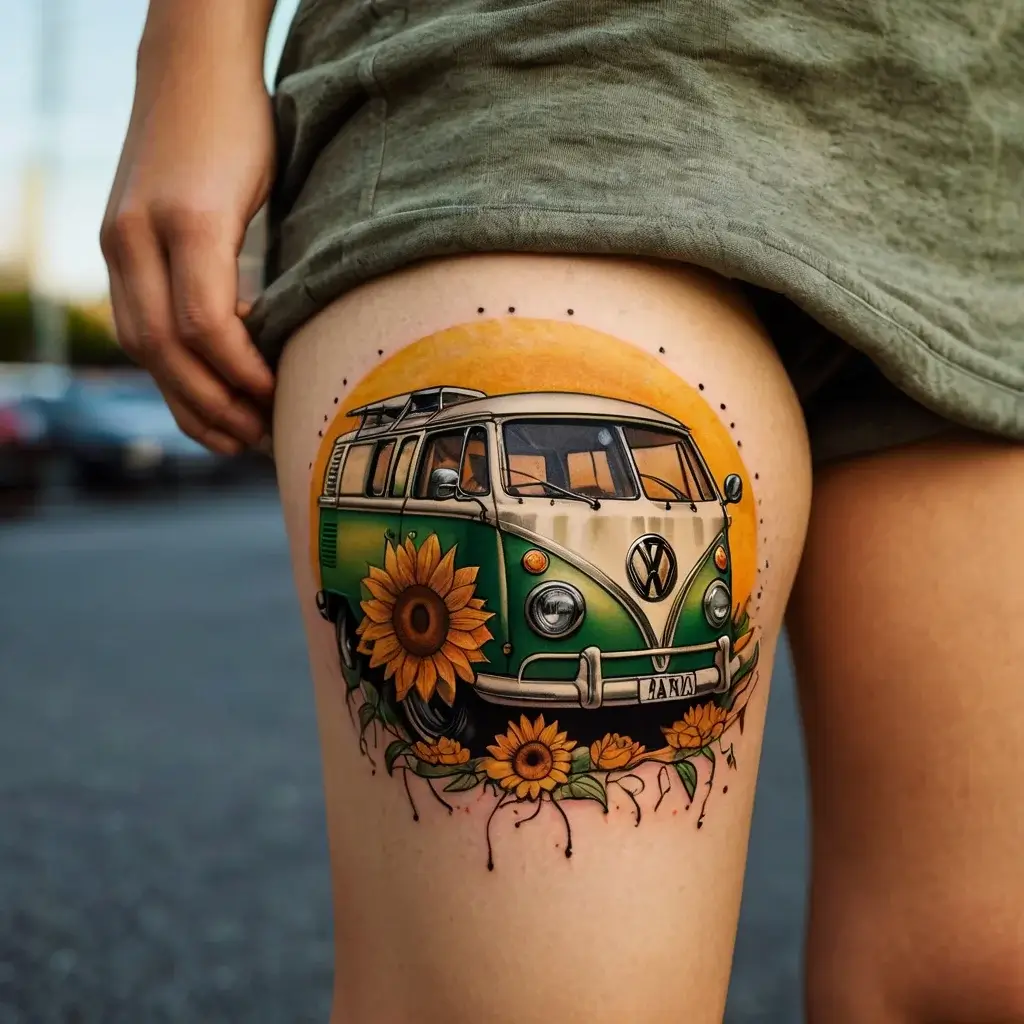
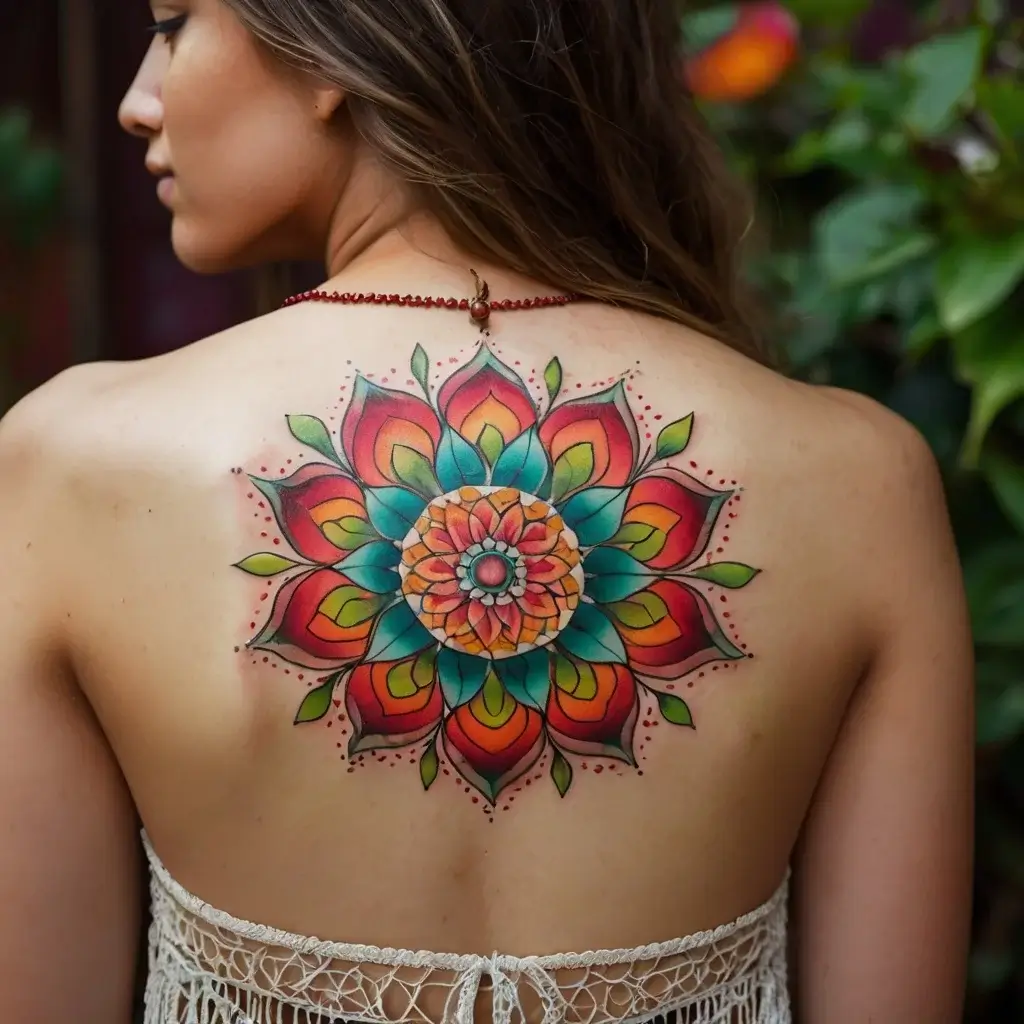
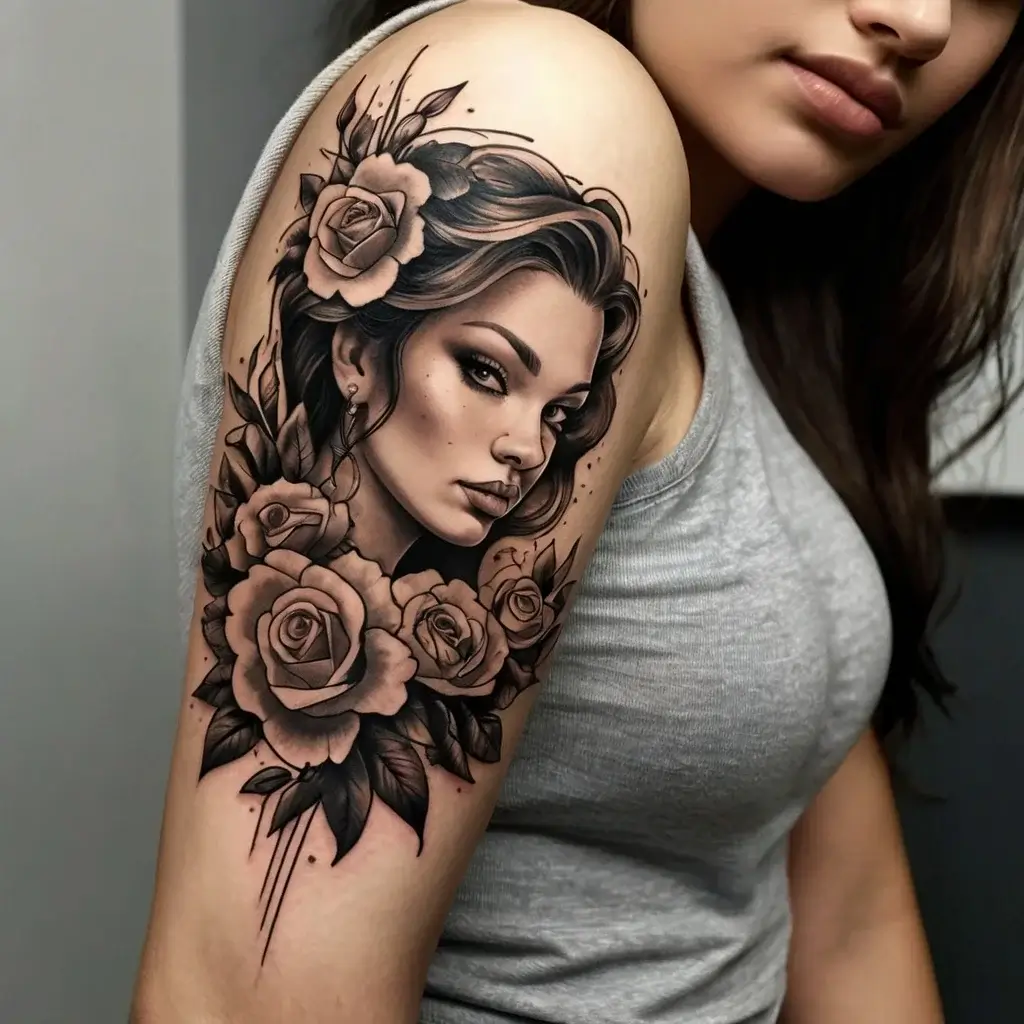
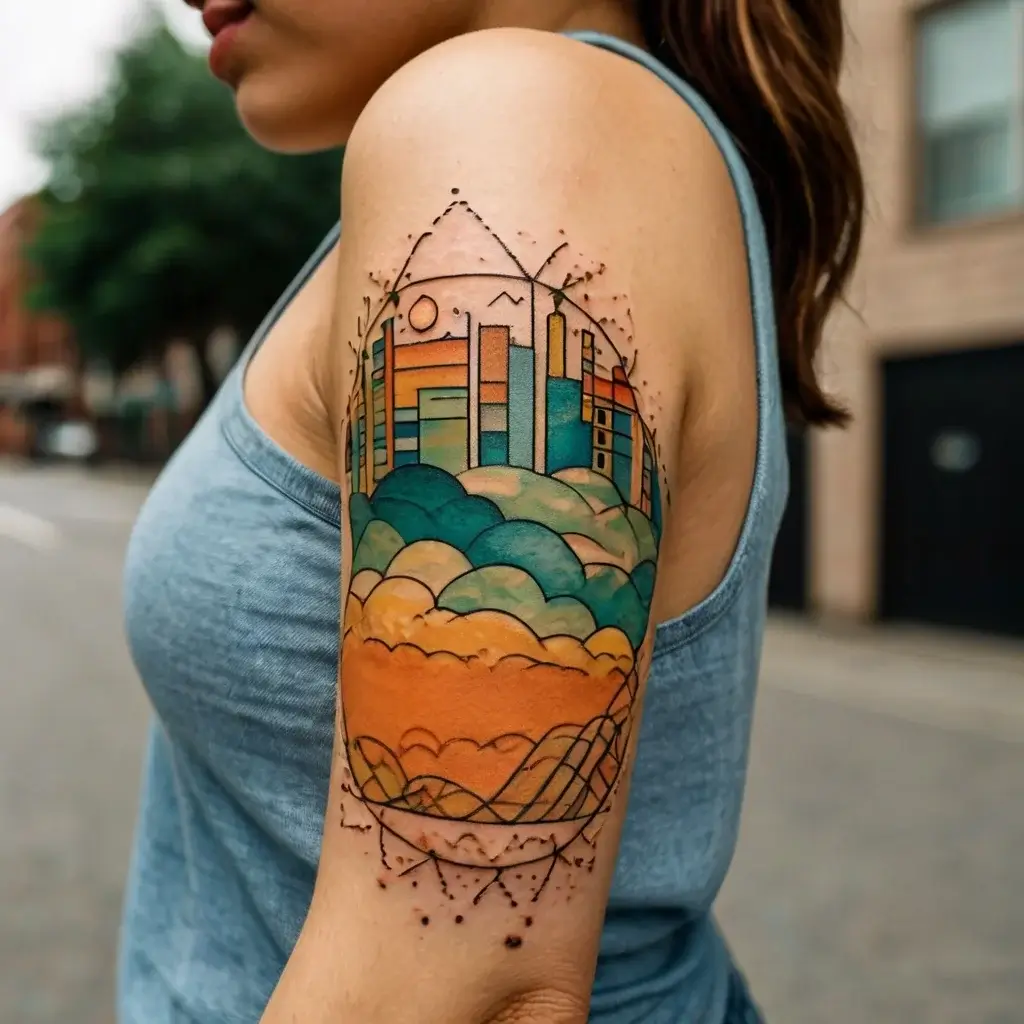

Symbolism of Common 70s Tattoo Designs
Tattoos in the 70s were more than skin-deep. They told stories, carried beliefs, and reflected the energy of the era. From symbols of peace to designs inspired by nature, each tattoo had a personal meaning. Let’s explore what these iconic designs represented.
Peace and Freedom Symbols
The 70s was a time of change, and many embraced tattoos as part of the peace movement. Designs like peace signs, doves, and simple flowers—especially daisies—symbolized a longing for harmony. These tattoos weren’t flashy. They were subtle statements, quietly standing against war and promoting love. For the wearer, these symbols often marked a belief in unity and freedom for all.
Nature-Inspired Tattoos
Nature found its place on people’s skin in the 70s. Tattoos of trees, leaves, or sunbursts reflected a growing awareness of the environment. They carried meanings of life, growth, and connection to the earth. These designs were simple but bold, using strong lines and earthy tones. For many, they were a reminder to live in harmony with the world around them.
Animal Symbols in 70s Tattoos
Animal tattoos were full of personality. Each creature had a meaning. Butterflies, for example, stood for transformation and freedom. Eagles symbolized power and independence. Smaller designs, like bees or ladybugs, hinted at life’s balance and beauty. People chose animals that matched their character or ideals, making each tattoo deeply personal.
The tattoos of the 70s weren’t just trendy—they were statements of identity and purpose. Simple, meaningful, and timeless, they remain a reflection of an era that valued expression over convention.
Popular Tattoo Styles of the 1970s
The 70s tattoo was a decade of bold self-expression, and tattoos reflected that spirit. Different styles emerged, each tied to a movement, culture, or idea. Here’s a breakdown of some of the most iconic tattoo styles that defined the era.
Traditional American Tattoos
Traditional American tattoos had deep roots in the tattoo world, and they stayed popular in the 70s. Their bold lines and classic imagery appealed to those who valued timeless designs.
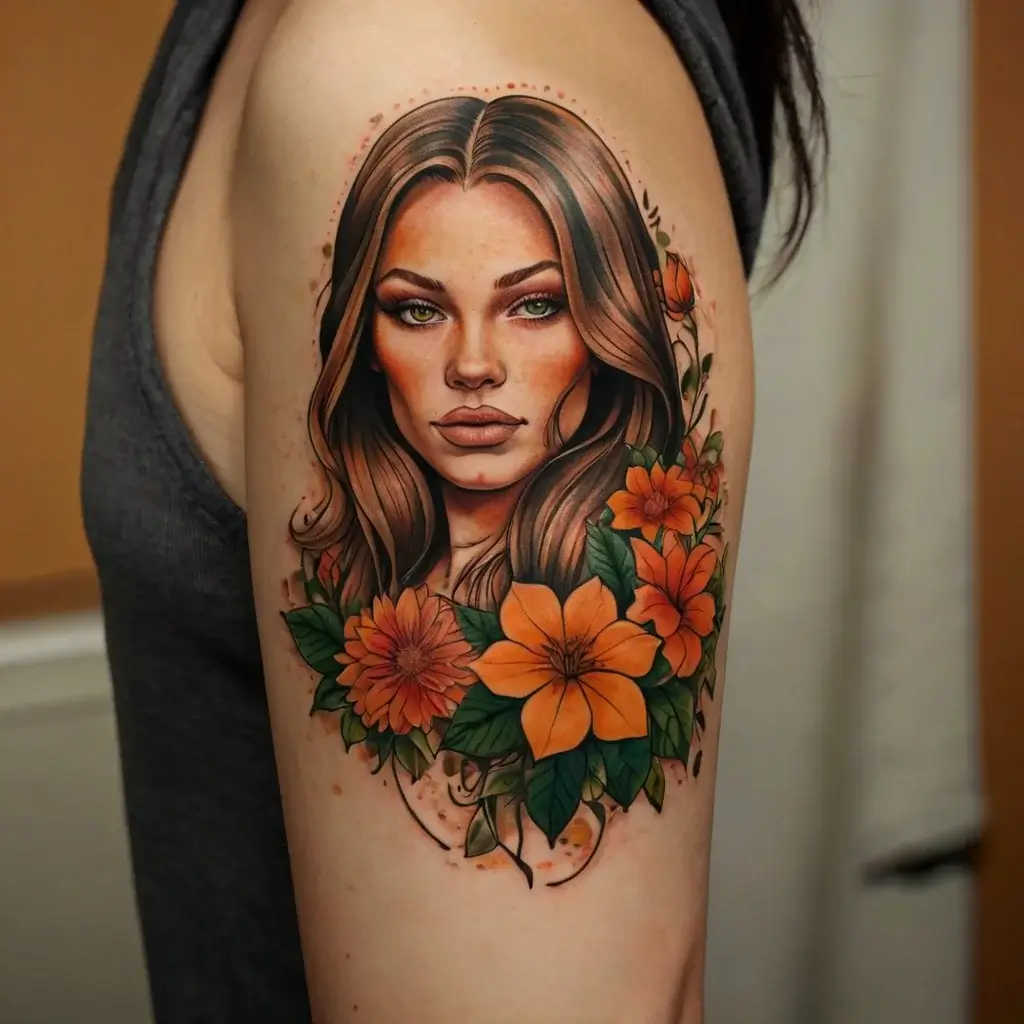
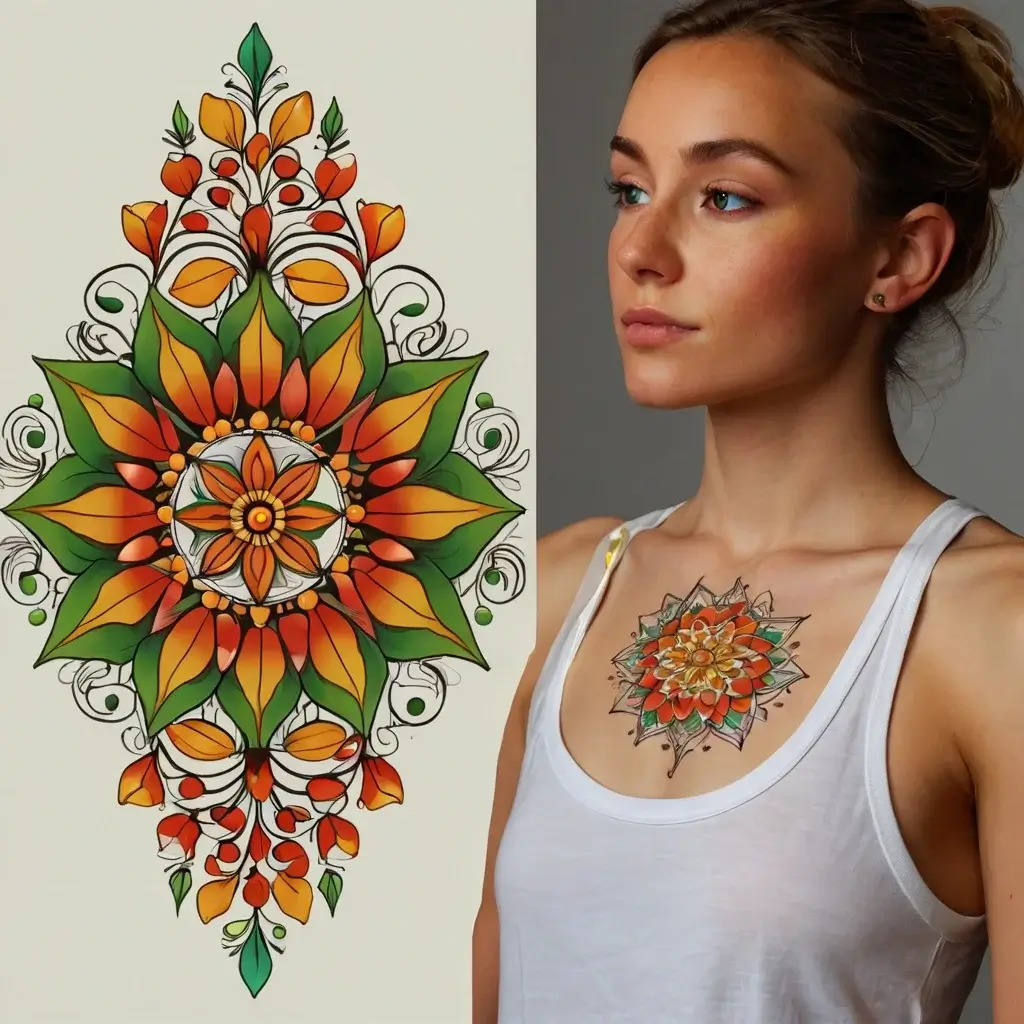
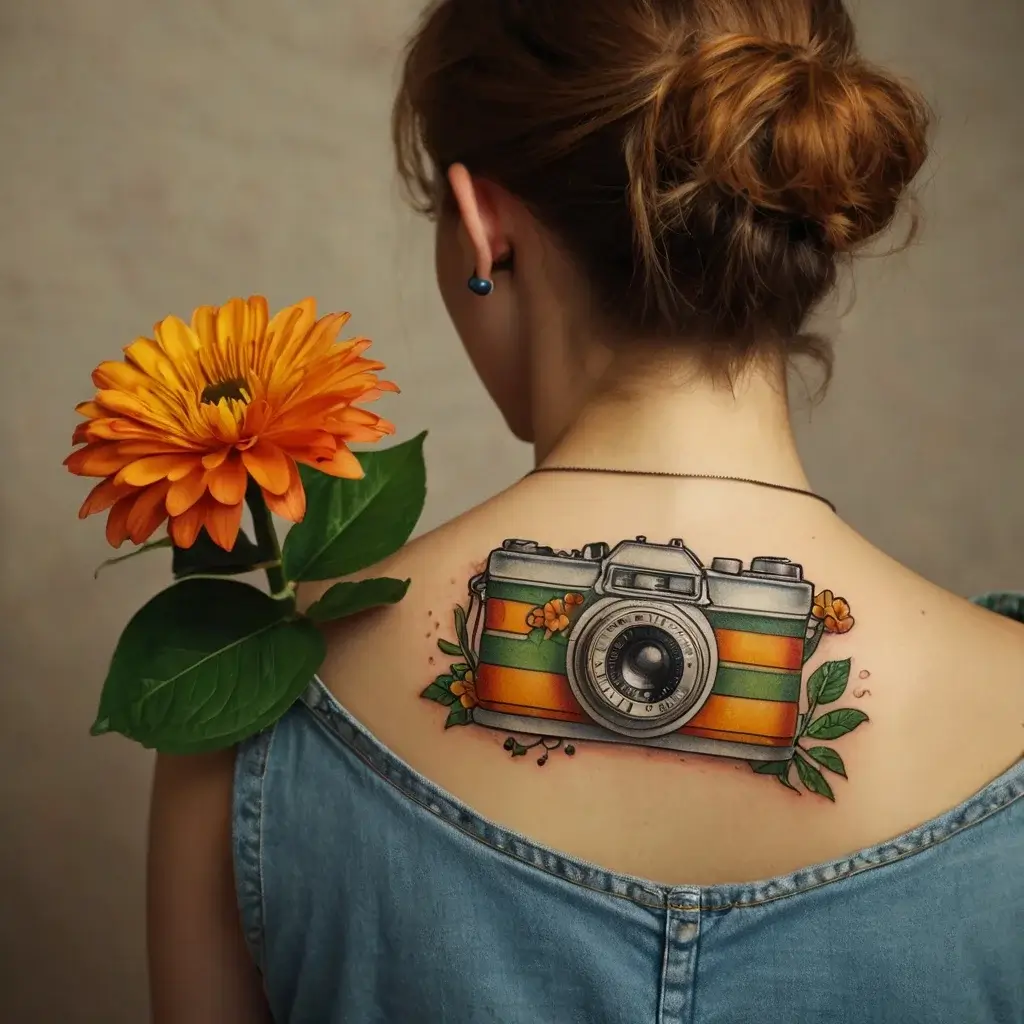
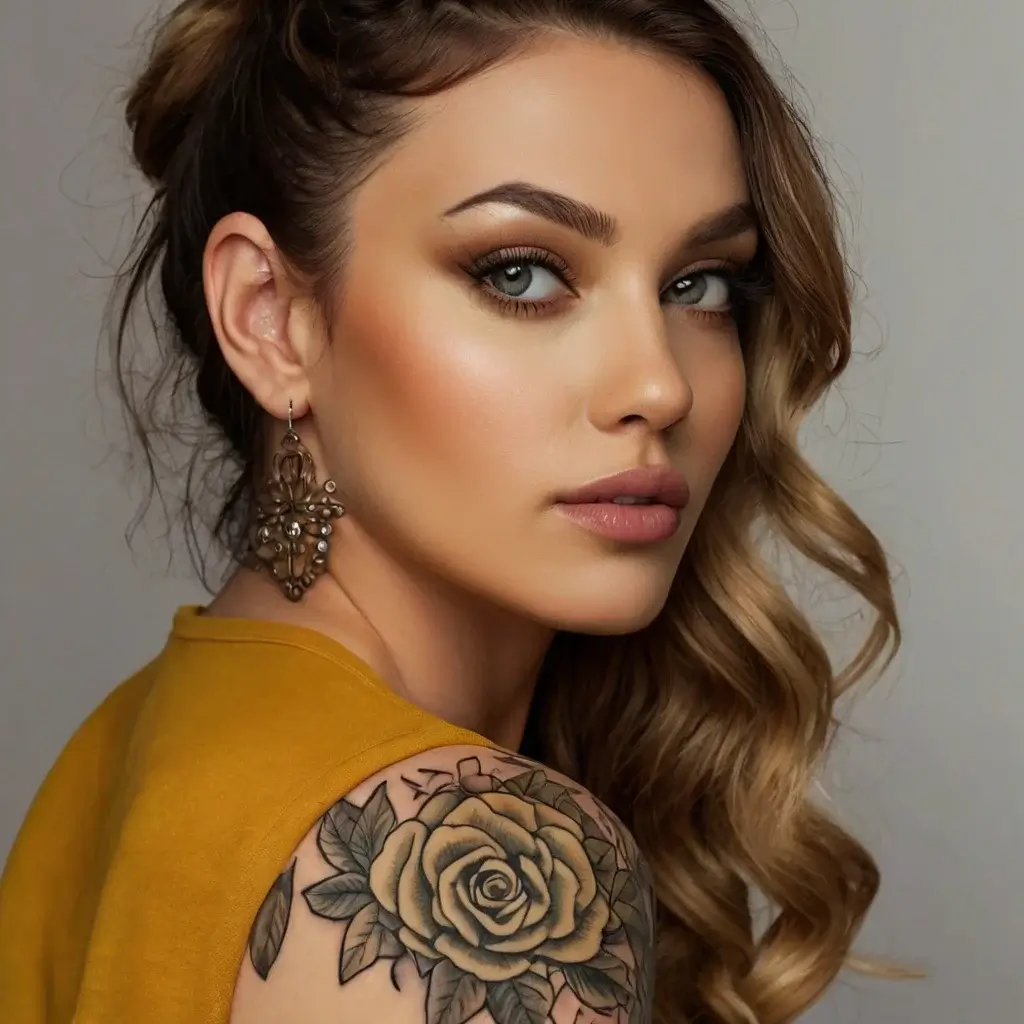

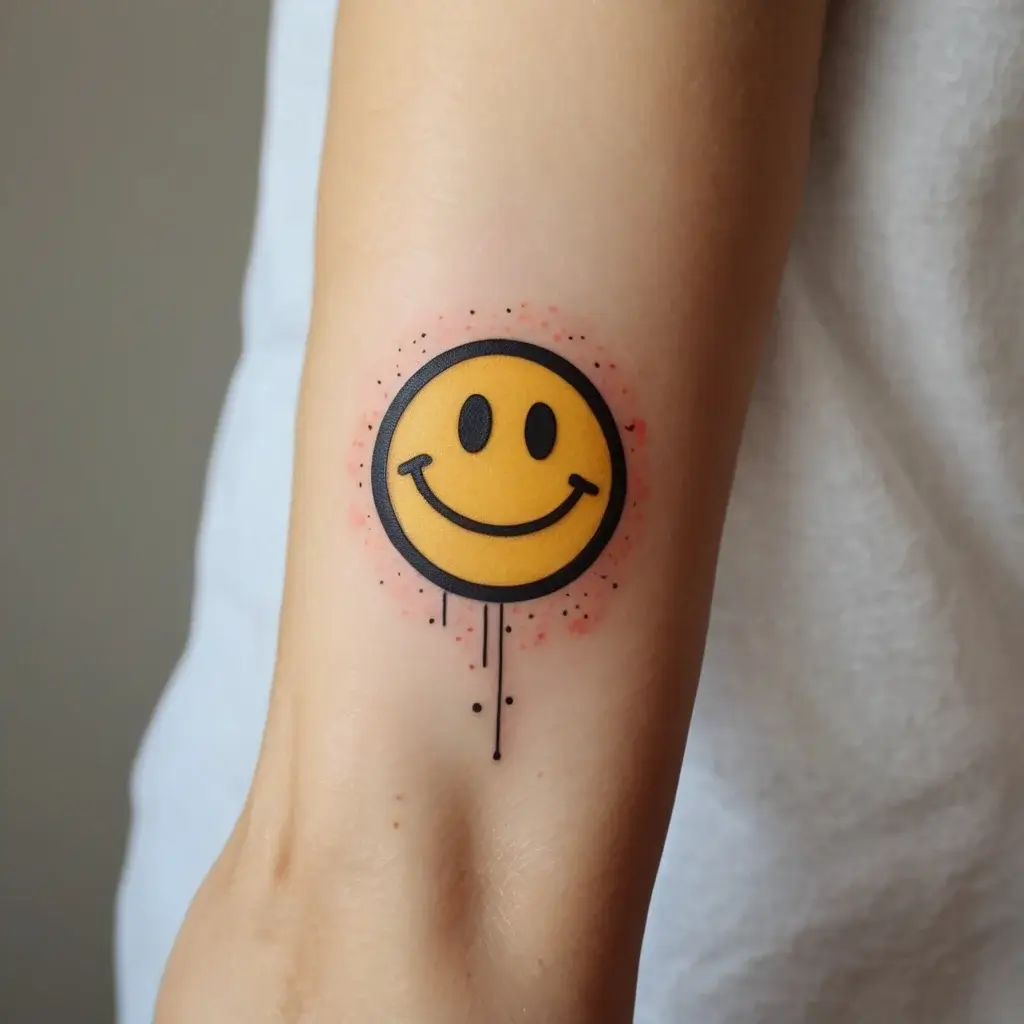
Nautical Themes and Symbols
Sailors and adventurers loved nautical tattoos, and their popularity carried into the 70s tattoos. Anchors, swallows, and ship wheels weren’t just decorations. They symbolized journeys, loyalty, and safe returns. Many wore these as tributes to their ties to the sea or their sense of wanderlust.
Pin-up Girls and Patriotism
The pin-up girl became a staple of American tattooing. In the 70s, she often appeared with flags or eagles, blending beauty with patriotism. These tattoos were bold and unapologetic. They celebrated personal freedom and national pride.
Psychedelic and Surrealist Tattoo Styles
The 70s embraced the weird and wonderful, and that energy spilled into tattoo art. Psychedelic styles stood out with vibrant colors and dreamlike designs.
Influence of Music and Pop Culture
Rock ‘n’ roll and counterculture left a mark on tattoos. People inked guitars, band logos, and lyrics to honor the music that defined their lives. Pop culture icons from movies and art also made their way into surrealist tattoo designs.
Experimentation with Color and Form
The psychedelic movement brought experimentation to tattooing. Artists used swirling patterns, intense hues, and abstract forms. Their work felt alive. These tattoos weren’t just art—they were statements of individuality.
Tribal and Indigenous-Inspired Tattoos
Tribal tattoos in the 70s drew inspiration from ancient traditions. They were bold, meaningful, and steeped in history.
Roots in Polynesian and Native American Cultures
Polynesian and Native American designs became popular. They often featured geometric patterns, animals, or spiritual symbols. These tattoos honored heritage while showcasing the wearer’s connection to ancient wisdom.
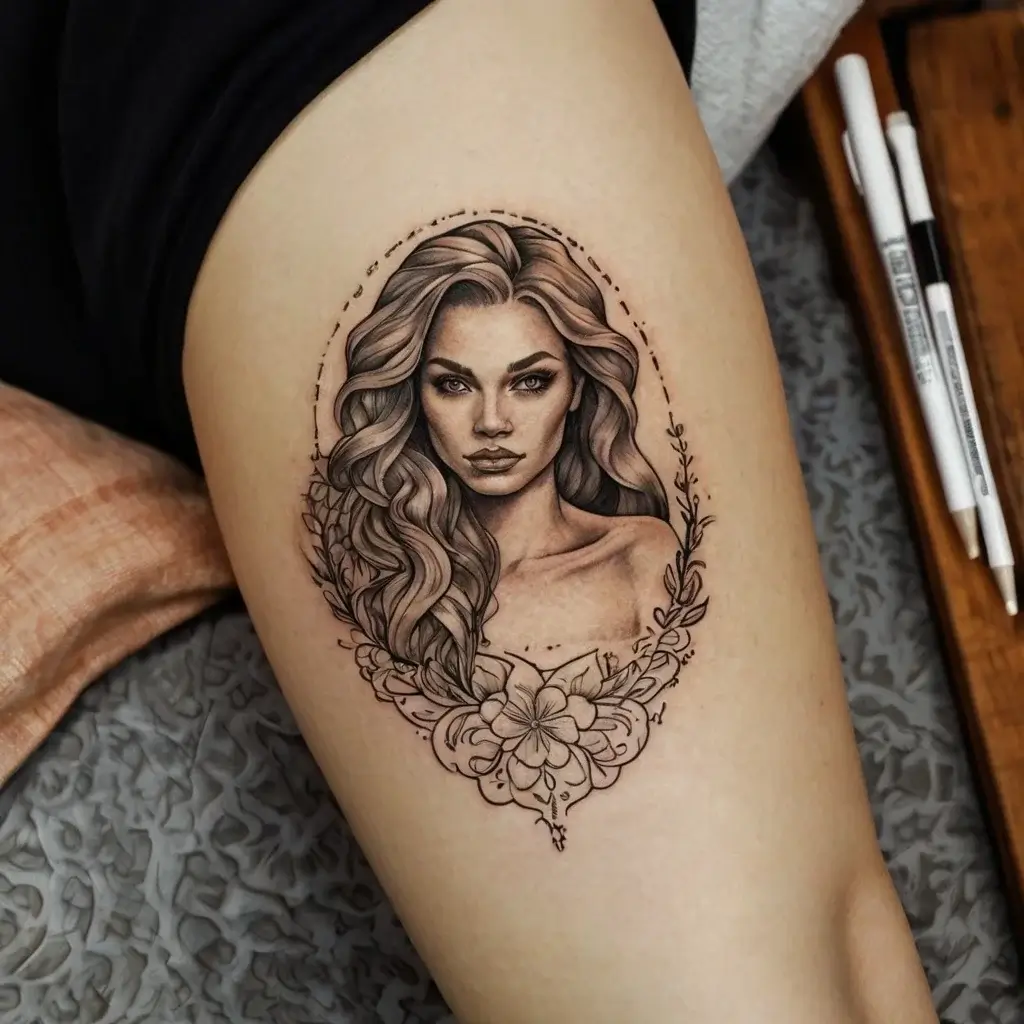
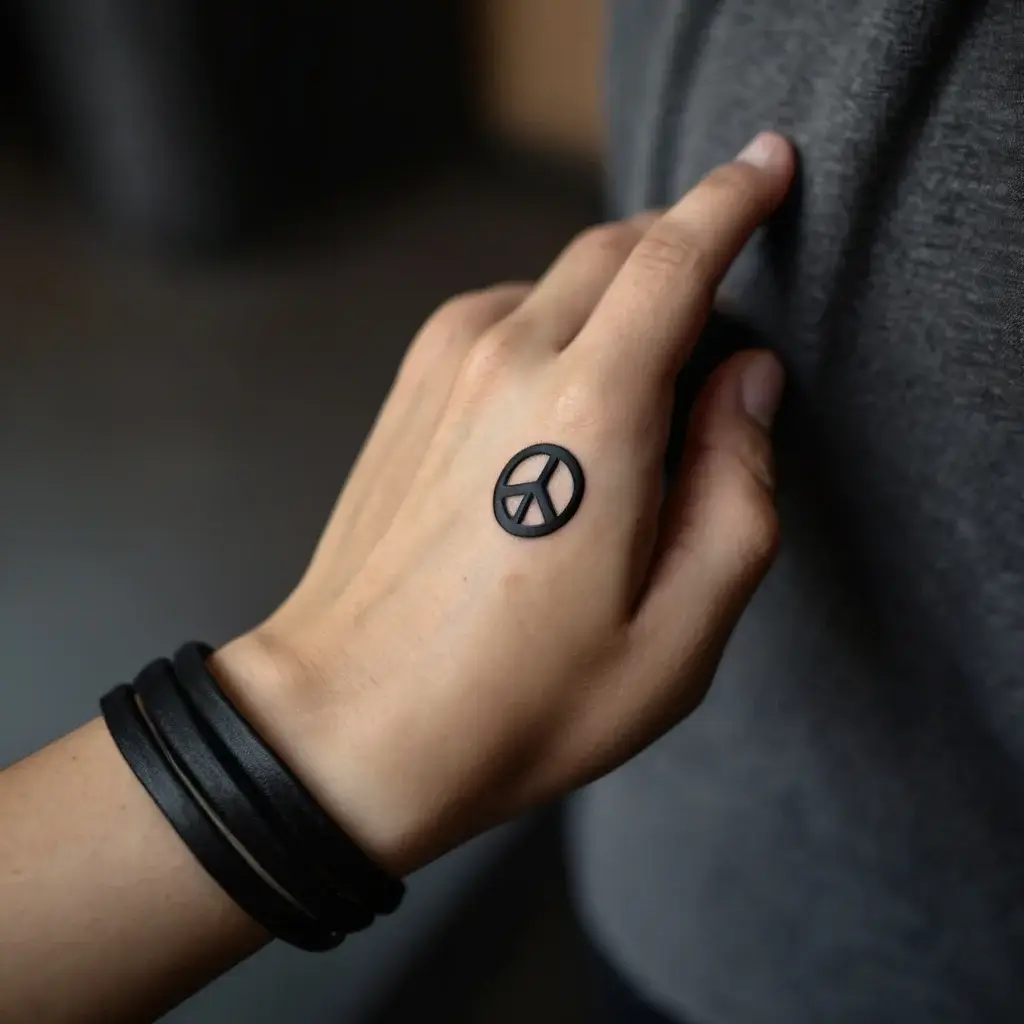
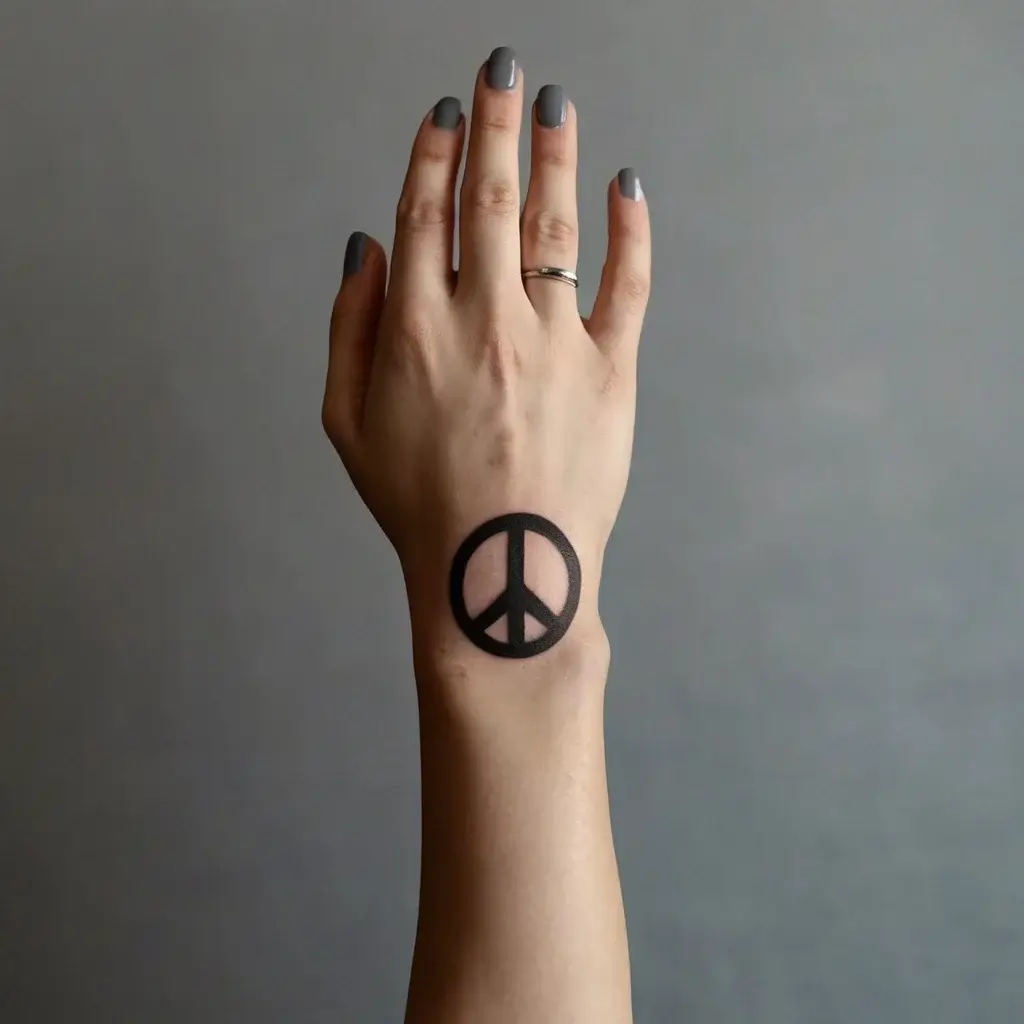
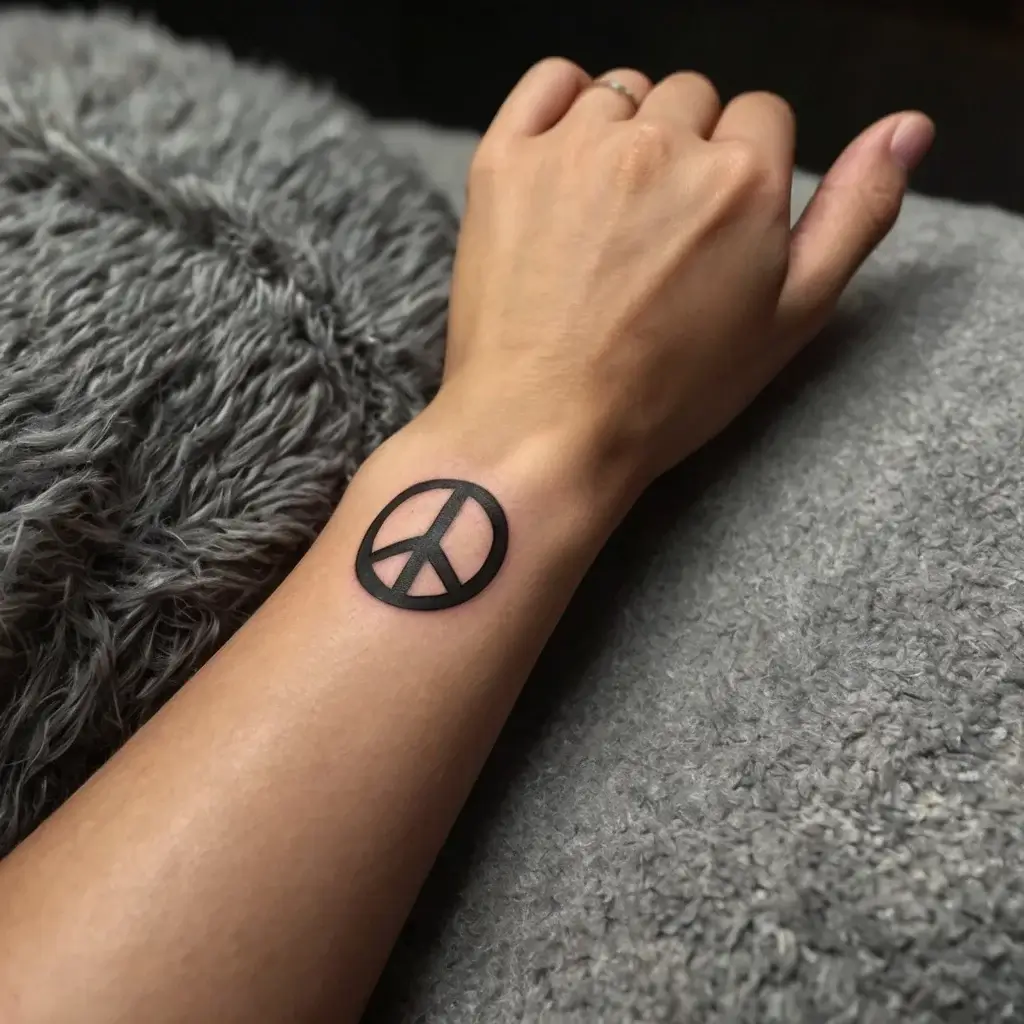
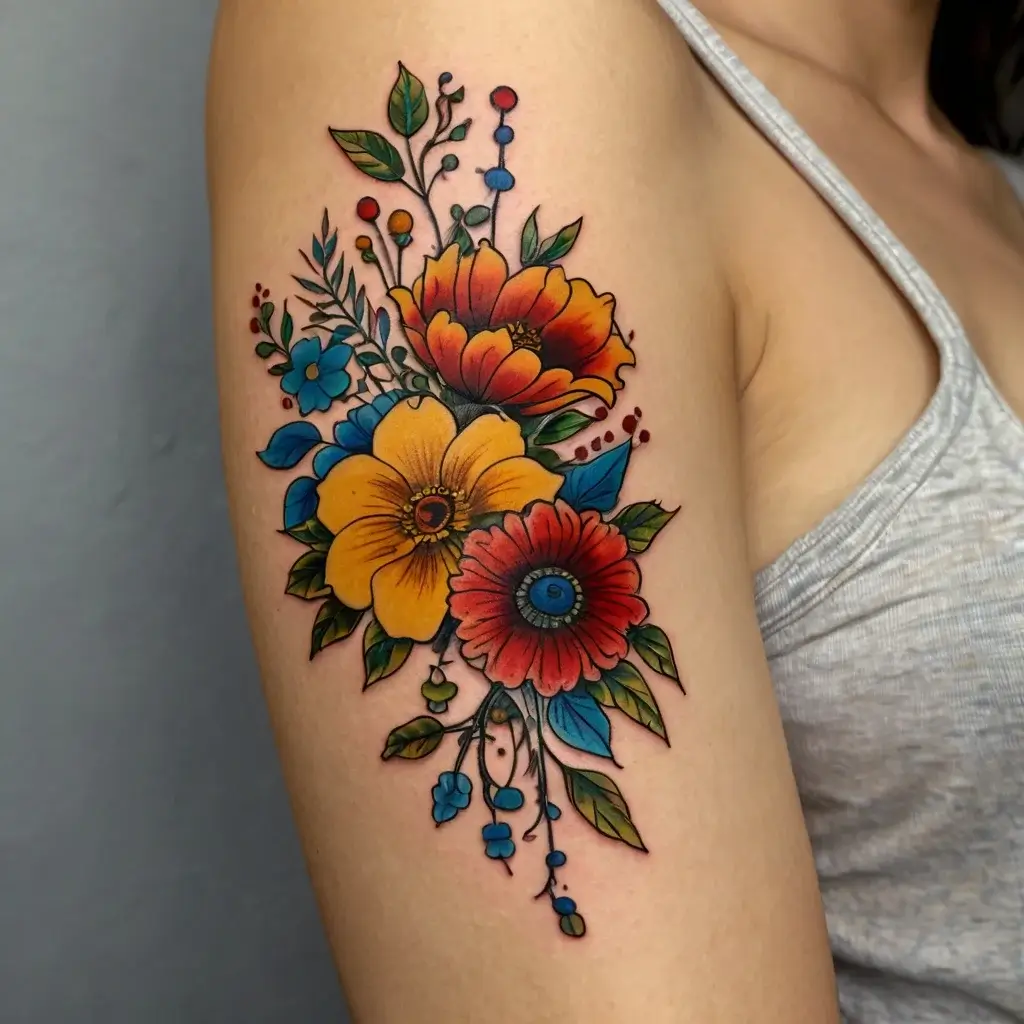
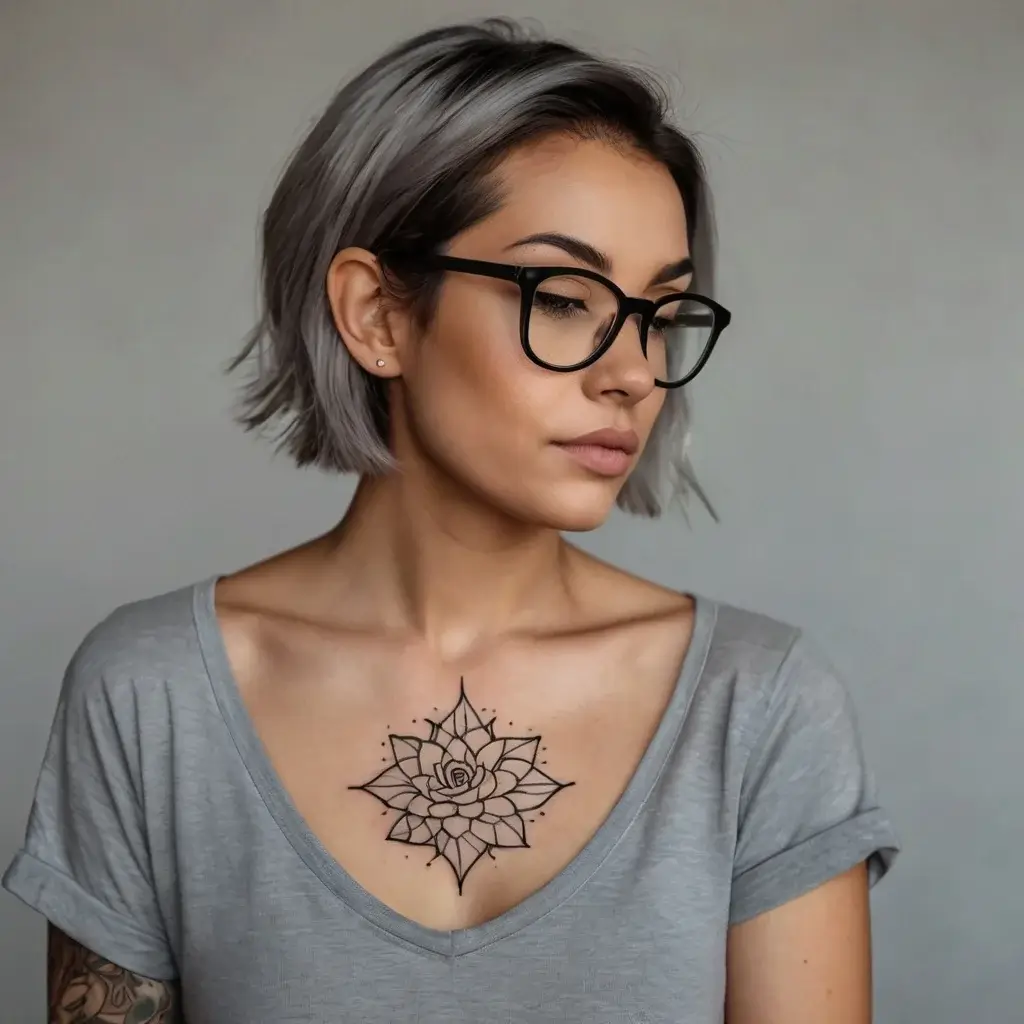
How These Styles Represented Rebellion?
For some, tribal tattoos were more than art—they were defiance. They rejected mainstream norms and embraced raw, primal aesthetics. Tribal ink symbolized freedom, strength, and a link to a wilder past. It was older than modern society.
The 70s was a golden age for tattoos, filled with creativity, meaning, and rebellion. Each style told a story, reflecting the era’s love for art, culture, and personal freedom.
The Cultural Significance of 70s Tattoos
Tattoos in the 70s weren’t just for show—they carried meaning. They reflected the spirit of a generation that valued self-expression, freedom, and rebellion.
Tattoos as Expressions of Identity
In a time of change, tattoos became a way to stand out. People chose designs that showed who they were or what they believed in. A peace sign, a flower, or even a band logo could speak volumes about someone’s personality. Tattoos in the 70s often told a personal story, marking moments, passions, or beliefs.
The Role of Tattoos in Social and Political Movements
Activism was alive in the 70s, and tattoos joined the fight. Many wore symbols of peace, feminism, or equality to align with movements for change. A clenched fist or a dove wasn’t just art—it was a statement. These tattoos were bold choices, often tied to causes like civil rights, women’s liberation, or anti-war efforts.
Tattoos as Markers of Freedom and Rebellion
Inking your skin in the 70s tattoos wasn’t always accepted. That’s what made it powerful. Tattoos broke rules and pushed boundaries, especially in more conservative circles. For bikers, hippies, and punks, tattoos meant freedom—a visible way to reject the status quo and carve out their own path.
70s Tattoos weren’t just trendy. They stood for something. They showed the world who you were, what you cared about, and that you weren’t afraid to be different.

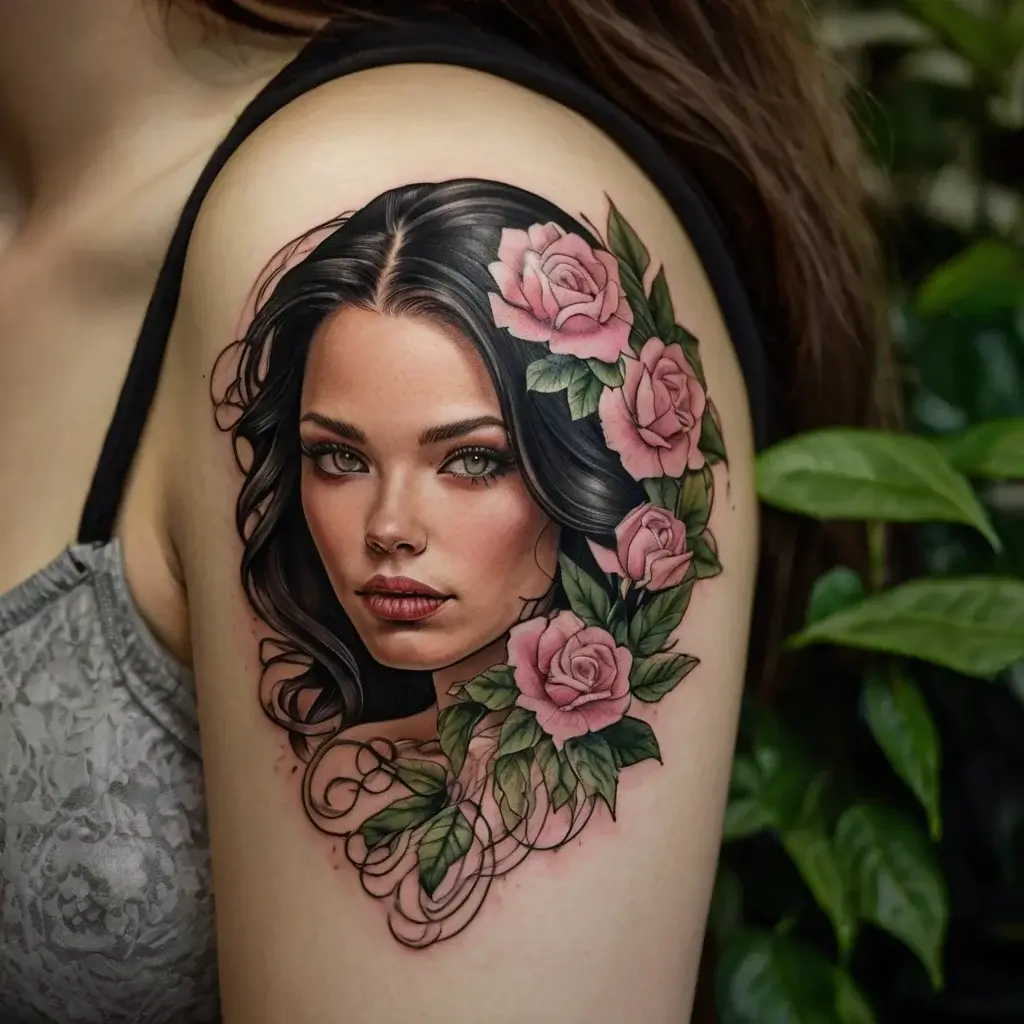
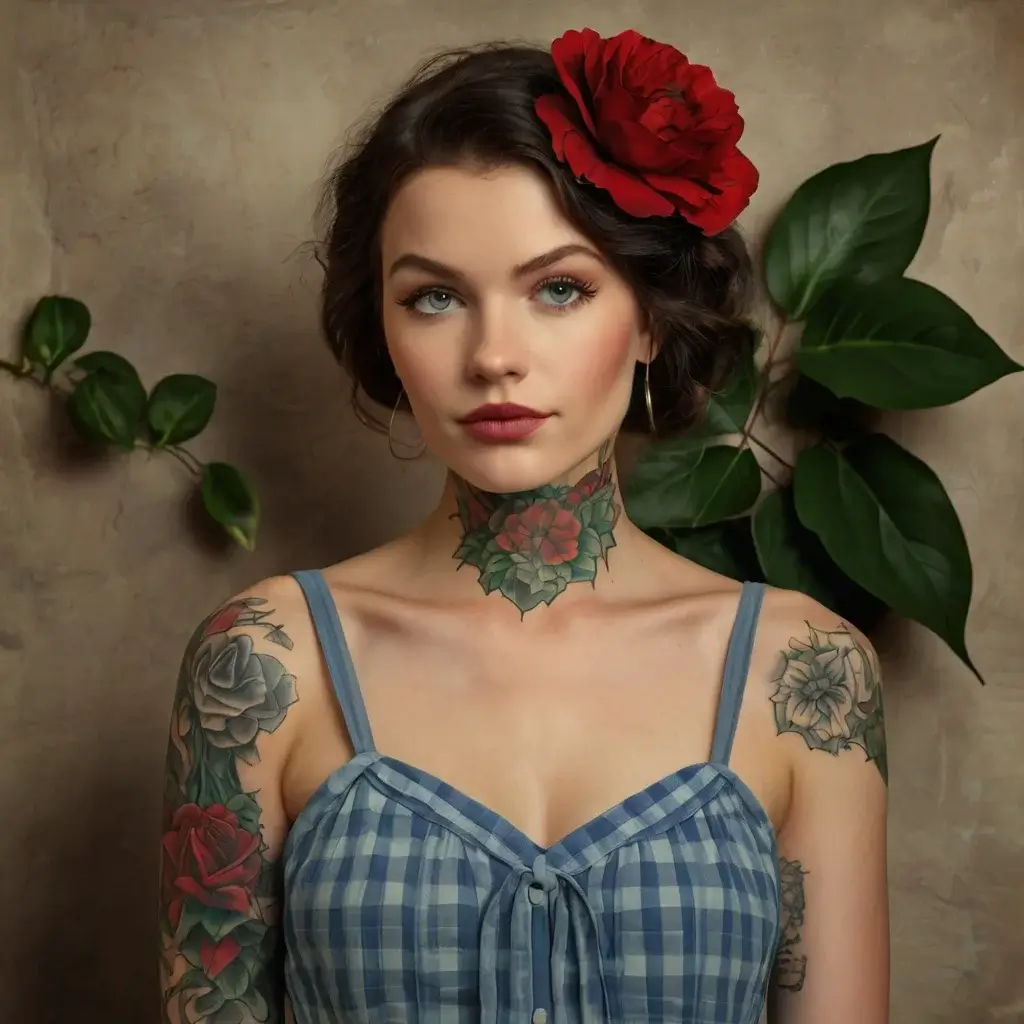
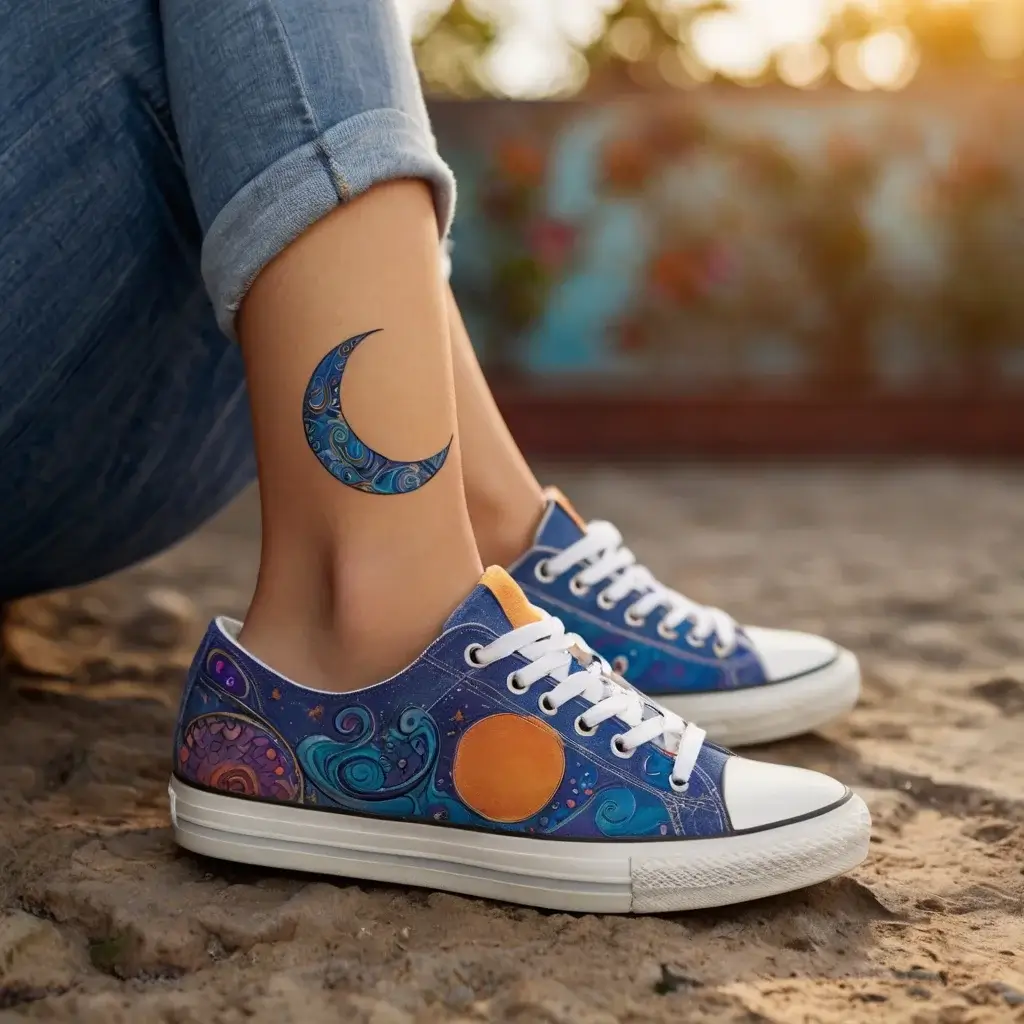
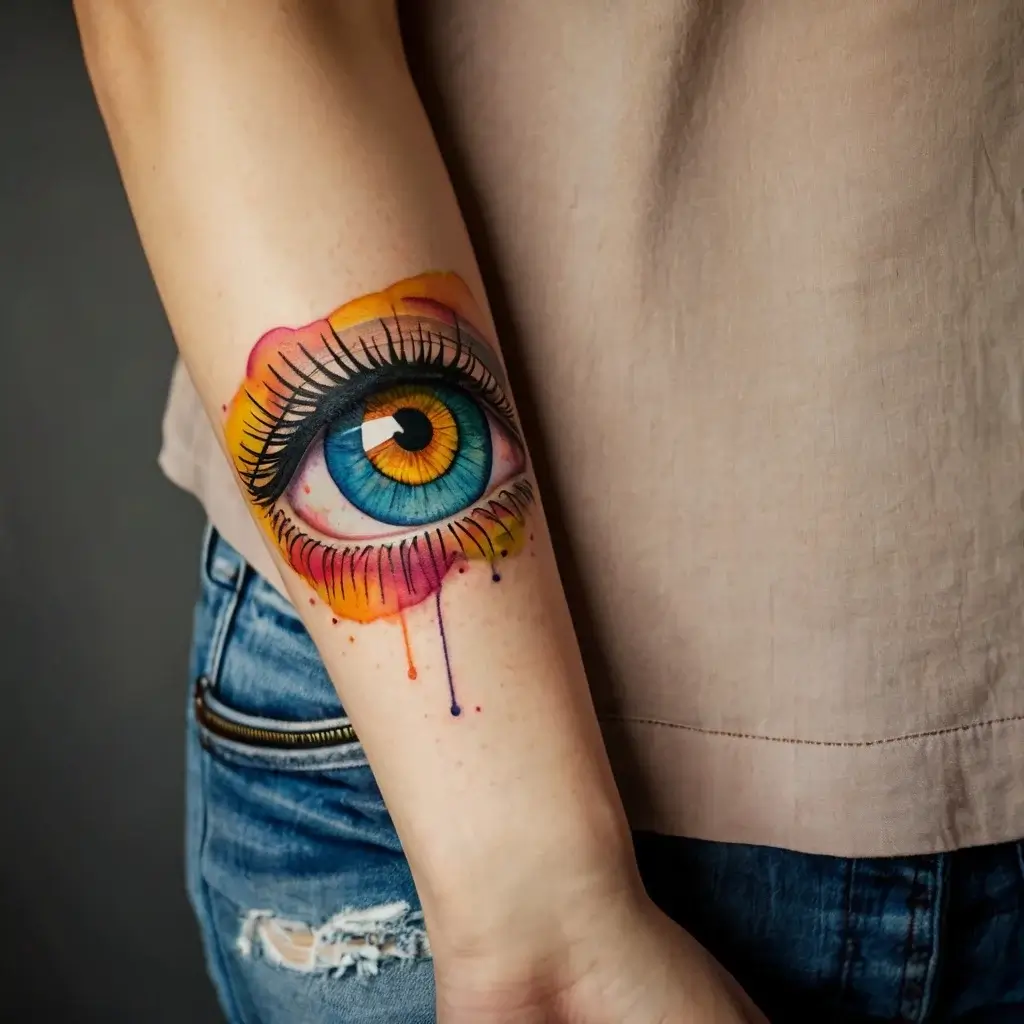
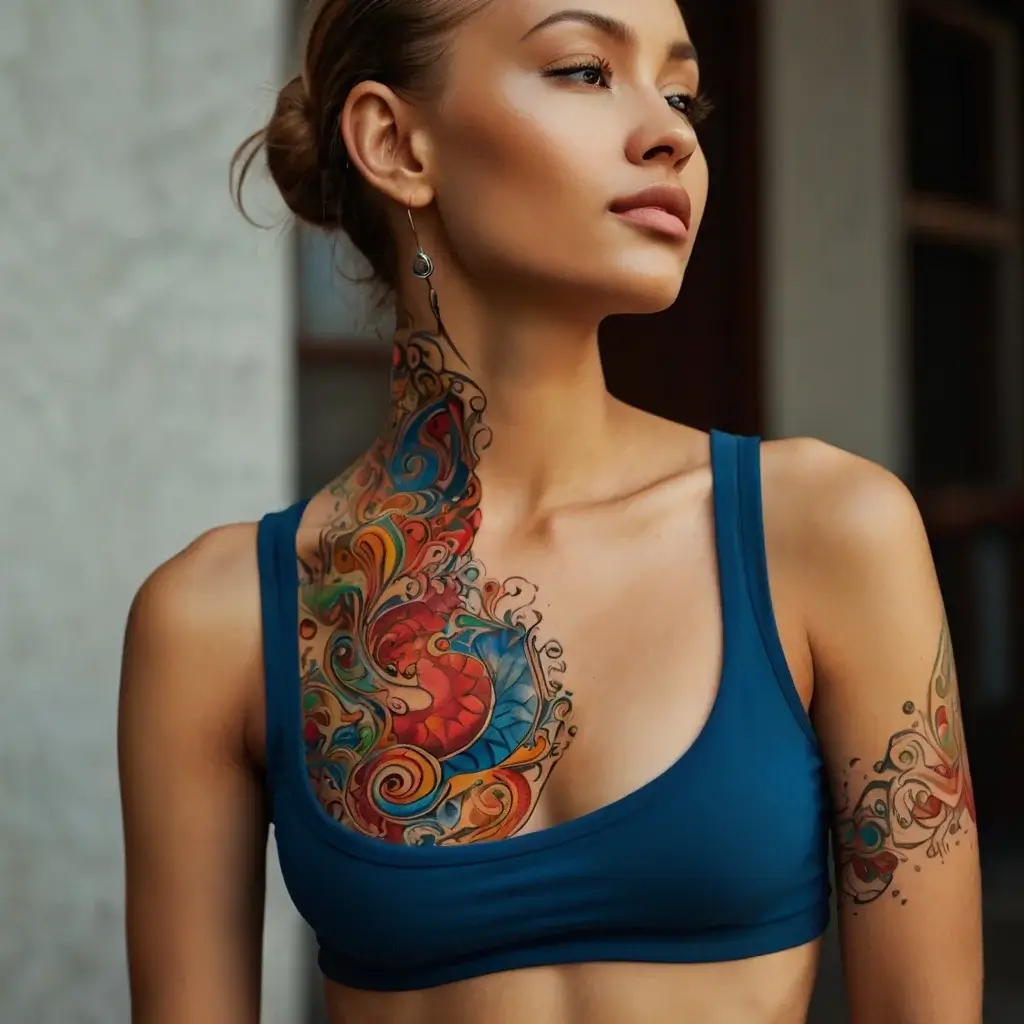
Evolution of Tattoo Techniques in the 1970s
The 70s were a time of change, not just in fashion and culture, but in tattooing too. Artists began improving their craft, exploring new tools, colors, and ways to make tattoos safer and more professional.
The Introduction of New Tattoo Equipment
Tattoo machines got better in the 70s. Artists used upgraded tools that made lines sharper and shading smoother. These machines were faster and more reliable, giving tattoos a cleaner and more polished look. It wasn’t just about speed—it was about making tattoos that lasted and looked vibrant for years.
Experimentation with Colors and Styles
This decade brought a splash of color to tattoos. Artists began to break free from plain black ink, adding bright reds, greens, and blues to their designs. Psychedelic patterns, detailed portraits, and abstract art came to life with this colorful shift. The new styles reflected the bold energy of the time, giving people even more ways to make their tattoos personal.
Early Safety Measures and Professionalization
Safety started to matter more in the 70s. Some tattoo artists began using disposable needles and better sterilization practices. This helped reduce infections and built trust with clients. Shops also stepped up their game, focusing on clean environments and professional service. Tattoos were becoming less of a backroom secret and more of a respected craft.
The 70s pushed tattooing forward. Artists worked harder, thought bigger, and set the stage for modern tattoos to be the art form they are today.
70s Tattoos and Their Spiritual Significance
Tattoos in the 70s weren’t just about self-expression. Many were tied to something deeper—spirituality and the journey of the soul. These designs carried meaning that spoke to personal growth and a connection to something greater.
Spiritual Symbols and Their Meanings
The 70s embraced spiritual symbols in tattoos. Designs like the lotus flower, yin-yang, and celestial motifs grew in popularity. The lotus stood for overcoming challenges and finding clarity. The yin-yang symbolizes balance and harmony in life. Sun and moon tattoos symbolize the cycles of life and energy. For the wearer, these symbols were more than ink—they were reminders of their beliefs and inner truths.
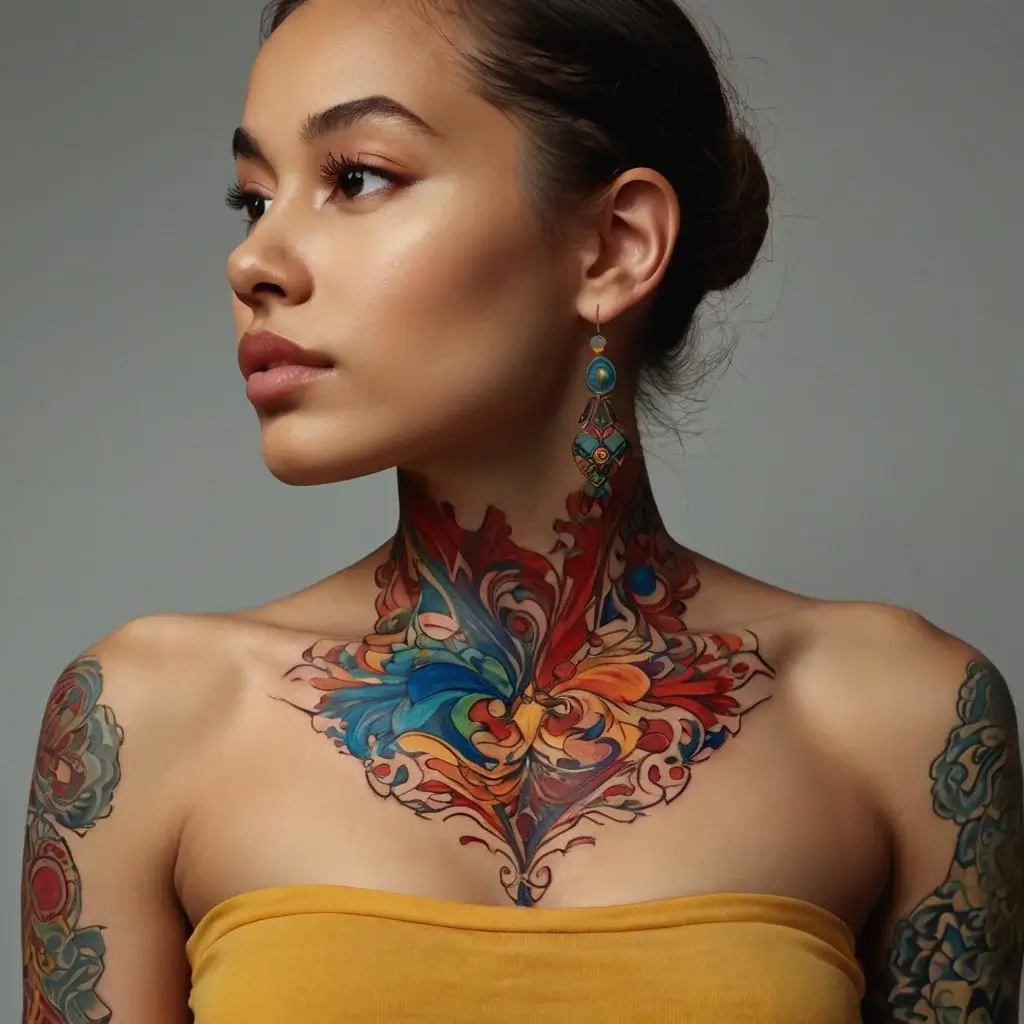



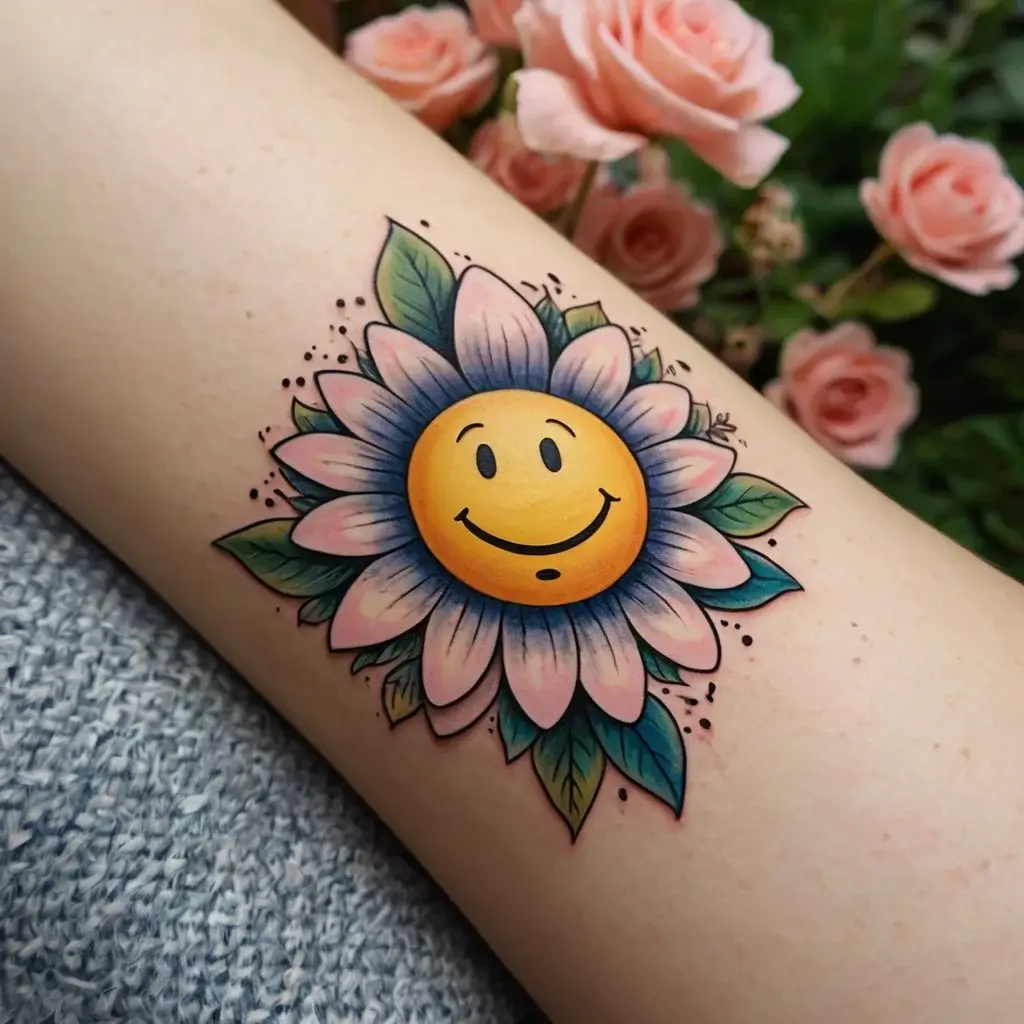

Tattoos as Marks of Personal Journeys
Tattoos in the 70s often reflected a personal milestone. Whether it marked a moment of change, healing, or growth, each design told a story. A tattoo might symbolize overcoming struggles or finding inner peace. These tattoos became talismans, carried through life as visual proof of where they’d been and where they were going.
Misconceptions and Stereotypes about 70s Tattoos
In the 70s, tattoos often came with assumptions that didn’t match reality. They were labeled as rebellious or rough, ignoring the artistry and personal stories behind the designs.
Tattoos as a Marker of Rebellion vs. Art Form
Back then, many saw tattoos as symbols of rebellion. They were linked to bikers, punks, and others pushing back against the mainstream. While this was true for some, it wasn’t the whole picture. Tattoos were also a form of self-expression, crafted by skilled artists who poured time and creativity into their work. For many, tattoos weren’t about rebelling—they were about wearing art that mattered to them.
Social Stigmas Surrounding Tattoos in the 70s
The stigma around tattoos in the 70s was hard to shake. People often assumed tattoos were for outlaws or people living on the edge of society. A tattoo could lead to judgment, with some even questioning your character. This stereotype ignored the growing number of people who got tattoos for personal or spiritual reasons. Despite the labels, those who chose ink wore it proudly, proving tattoos could be meaningful, beautiful, and personal.
The 70s was a decade of breaking molds, and tattoos were part of that movement. Tattoos, despite some misconceptions, showed that rebellion and beauty could coexist.
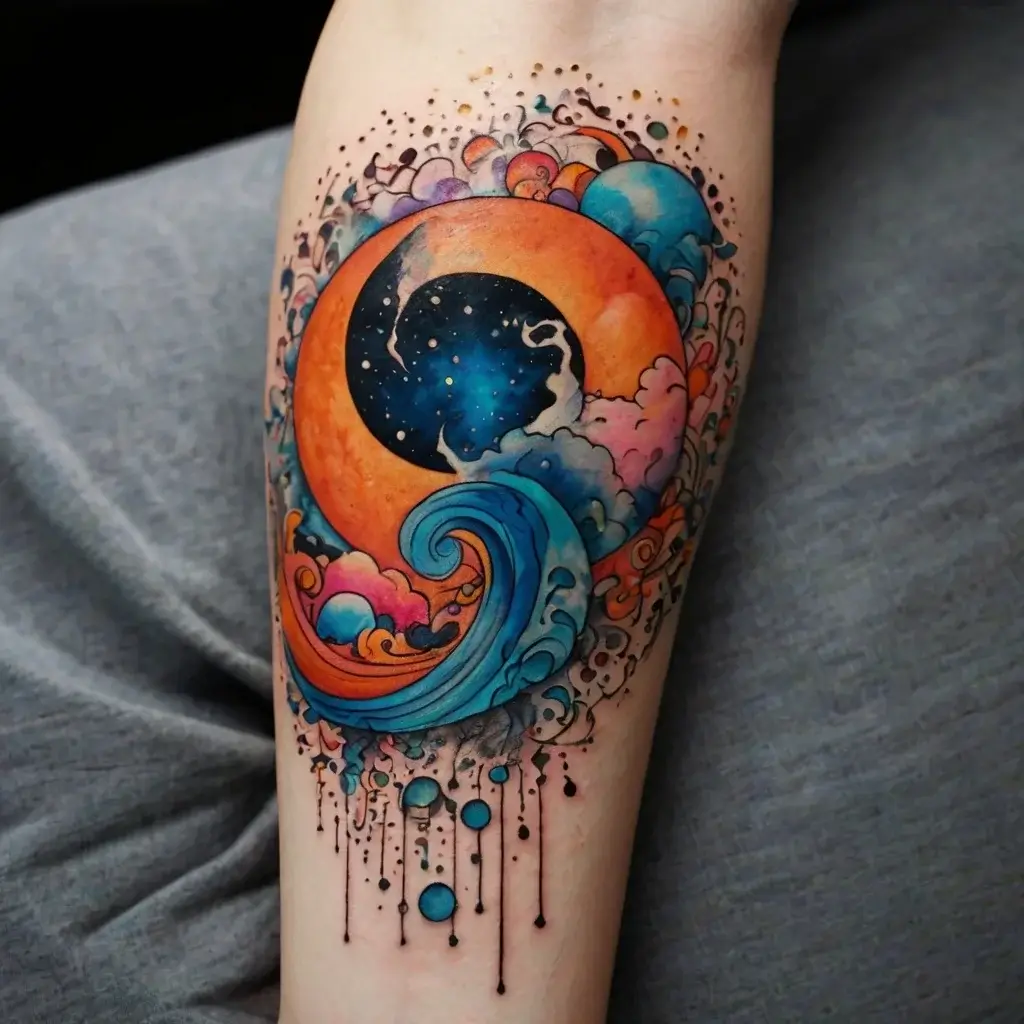

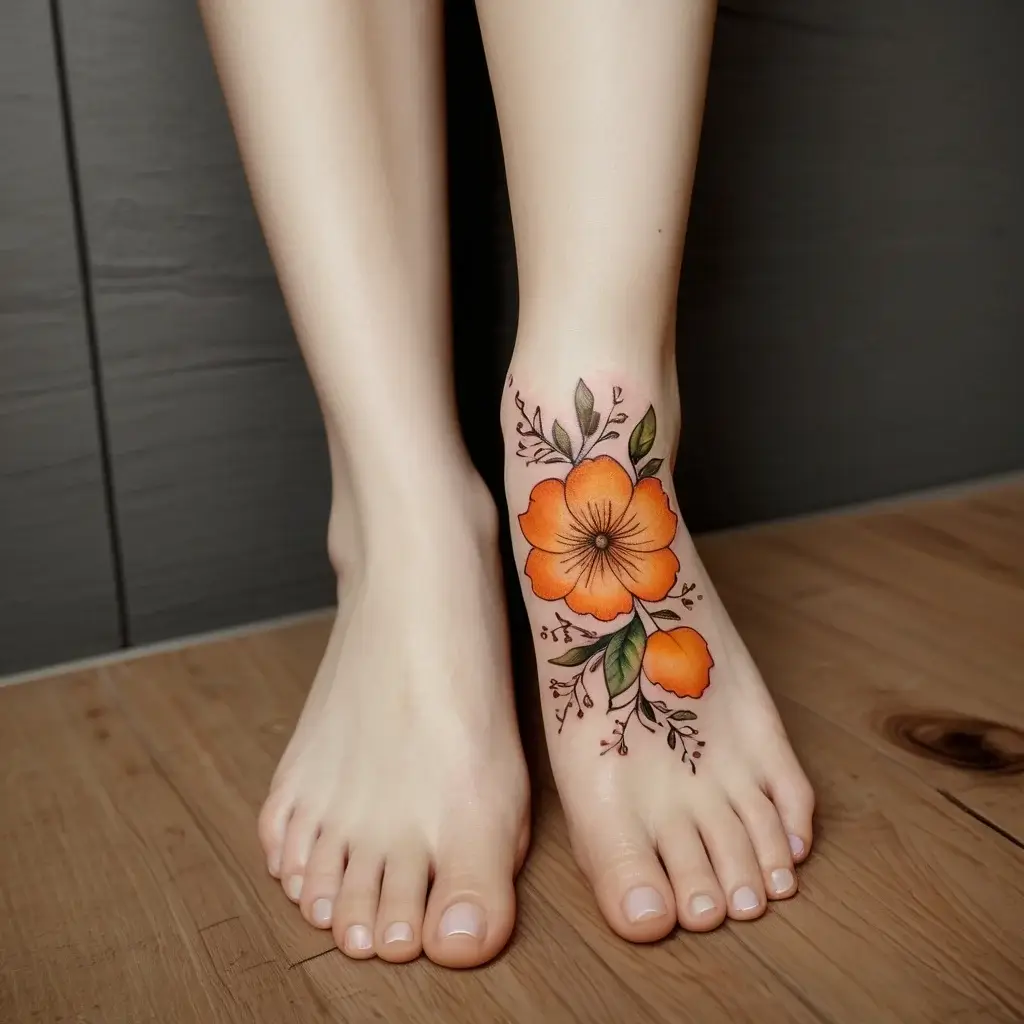
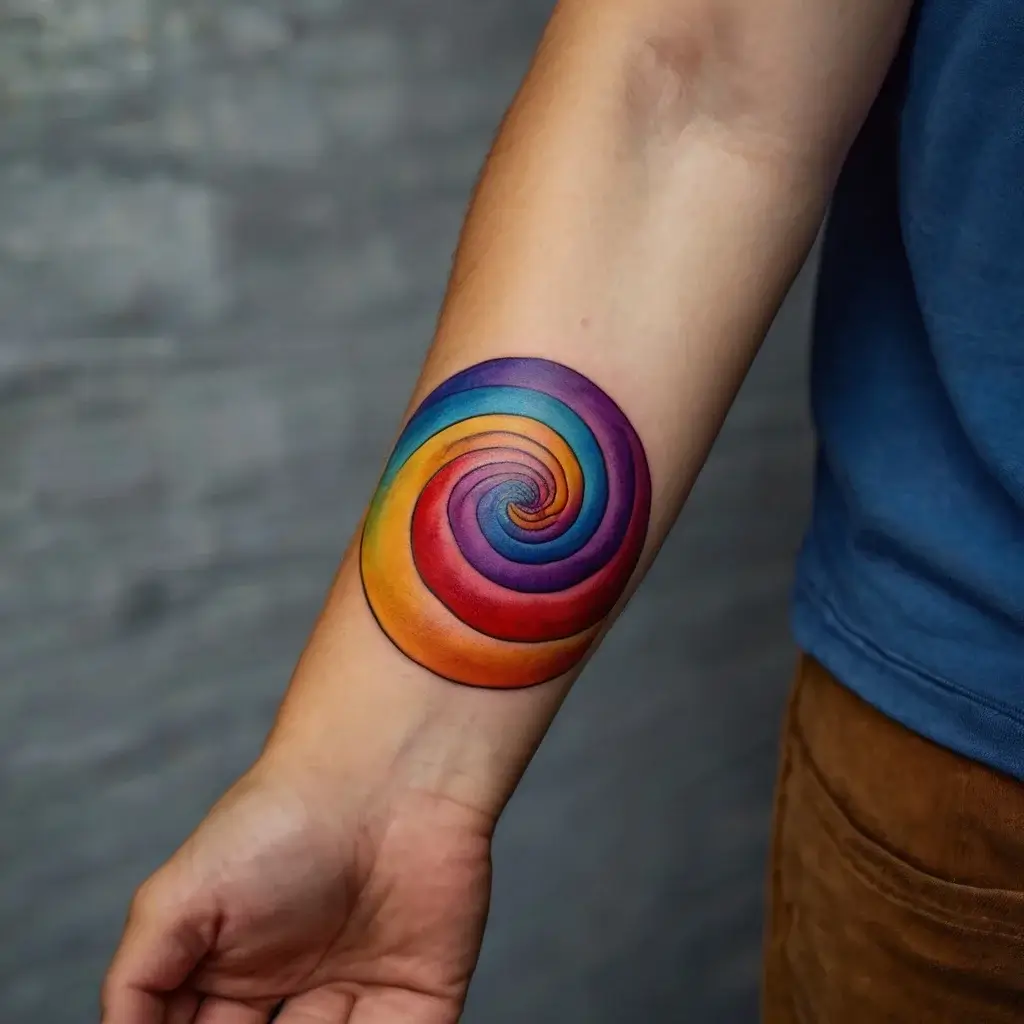

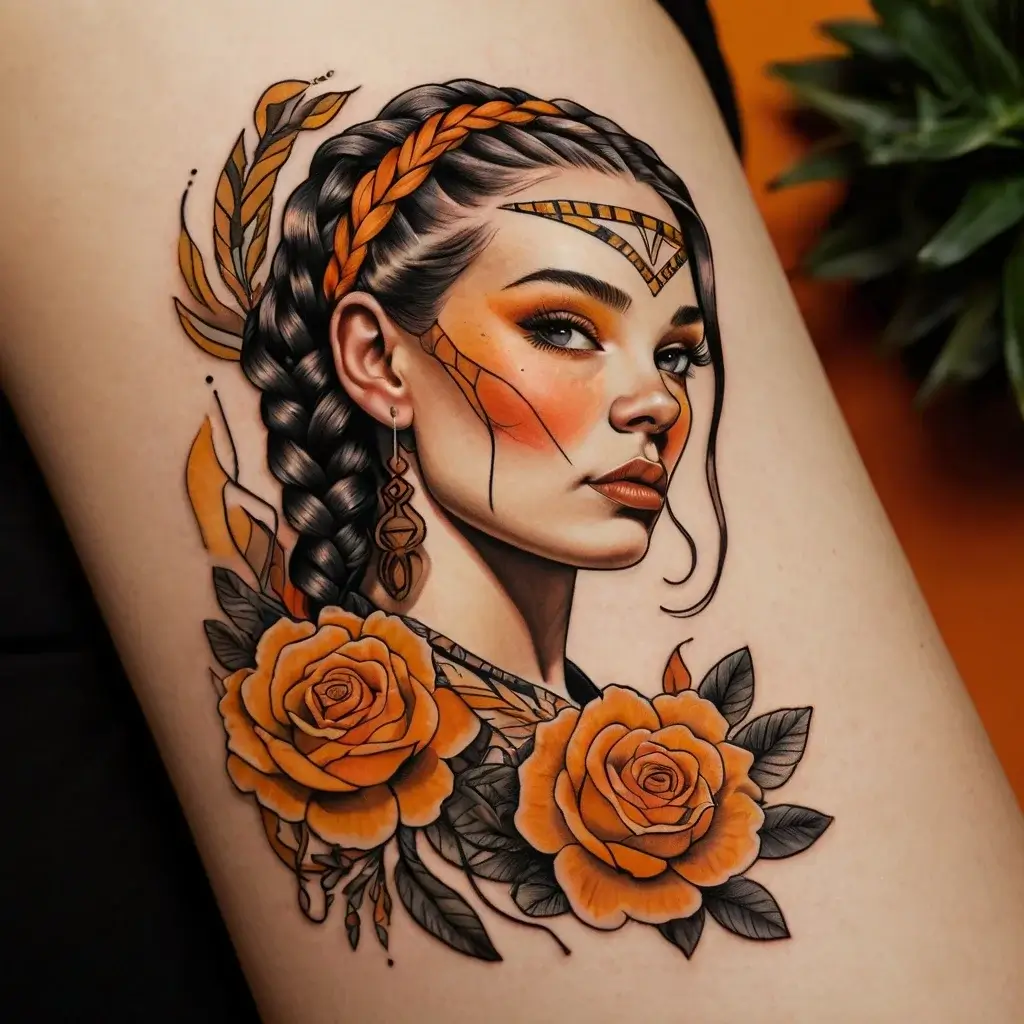
10 Stunning 70s Tattoo Designs and Their Meaning
The 70s gave rise to some iconic tattoo designs that carried personal and cultural significance. Here’s a look at ten standout designs from the era and what they represented.
1. Peace Sign
Peace signs were everywhere in the 70s, and tattoos were no exception. This simple symbol became a quiet protest, a reminder of the ongoing fight for harmony and understanding.
2. Lotus Flower
The lotus stood for growth, wisdom, and rebirth. Popular with those on a spiritual path, this tattoo symbolizes rising above life’s struggles to find inner peace.
3. Butterfly
Butterflies represented freedom and transformation. Many chose this tattoo to mark a personal change or a moment of renewal, making it one of the most beloved symbols of the decade.
4. Dove
Known as a universal peace symbol, the dove tattoo reflected the decade’s hope for a world without war. Soft yet powerful, it became a favorite for those who longed for change.
5. Anchor
Originally linked to sailors, the anchor tattoo found new meaning in the 70s. It came to symbolize stability and strength, a grounding symbol in a world that often felt chaotic.
6. Sun and Moon
The sun and moon represented balance and the cycle of life. Many saw this design as a reminder of life’s rhythm and the beauty in opposites—light and dark, day and night.
7. Yin-Yang
The yin-yang symbol became a tattoo staple for those drawn to Eastern philosophies. It symbolized harmony and balance, reflecting the desire for unity in all things.
8. Feather
Feathers symbolize freedom and connection to nature. For those drawn to the earth, a feather tattoo was a tribute to wild places and the call of open skies.
9. Tree of Life
The Tree of Life represents growth, strength, and connection to one’s roots. This design resonated with people who saw life as an ever-growing journey.
10. 1970s Girl
The 1970s girl tattoo design became a tribute to the women of the era. Featuring flowing hair, bold makeup, or free-spirited poses, this design celebrated independence and empowerment.
Conclusion
The 70s was a decade of self-expression, and tattoos captured that spirit. They weren’t just designs—they told stories of freedom, rebellion, and personal journeys. From peace signs to tribal art, these tattoos reflected the era’s passion for change and individuality. Tattooing in the 70s also saw real growth. Artists used bold colors, new techniques, and meaningful designs. They broke barriers and challenged stereotypes. Today, these iconic tattoos still inspire, reminding us of a time when ink was a statement of courage and identity. The legacy of ’70s tattoos lives on, etched in both history and skin.
